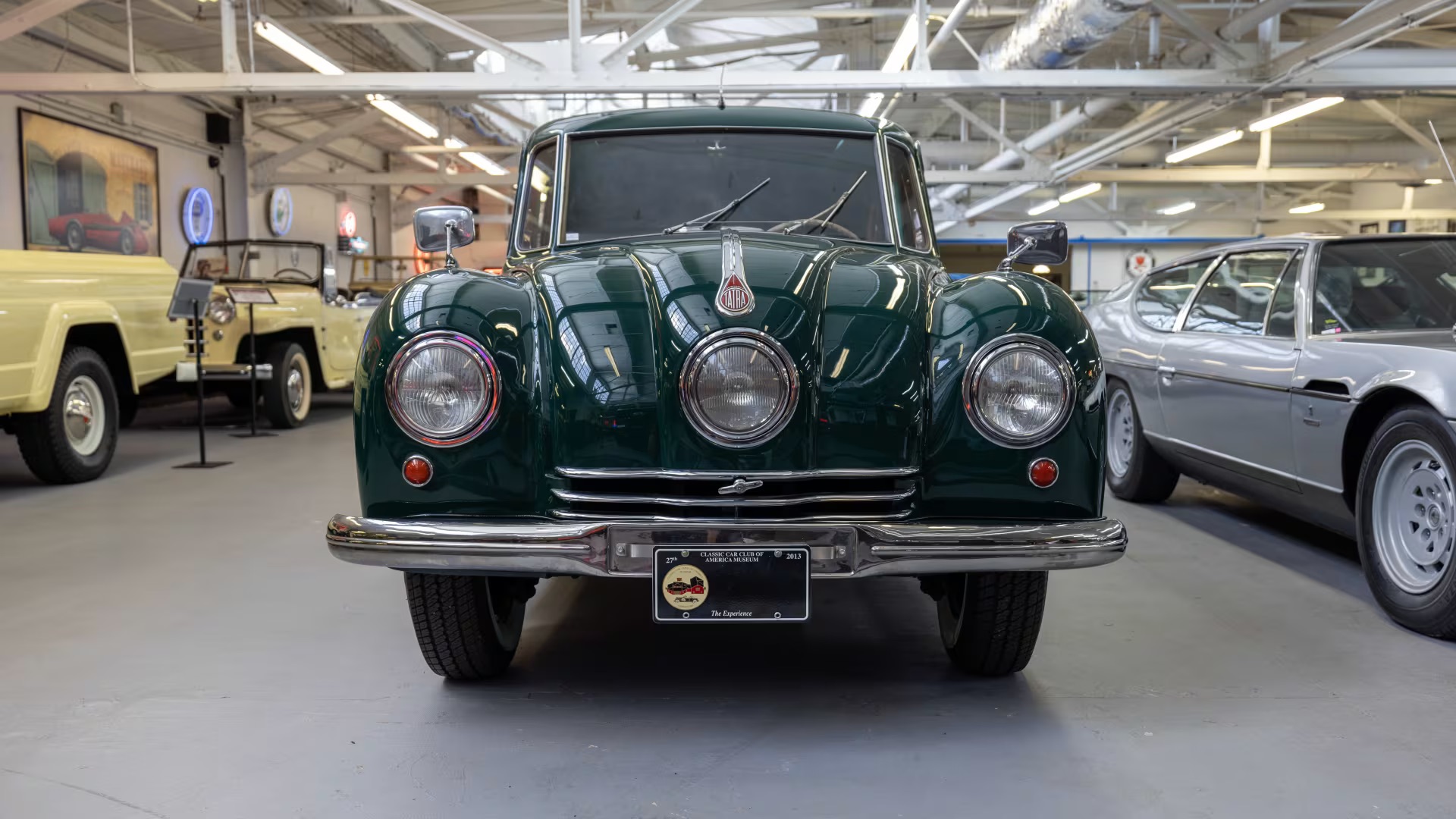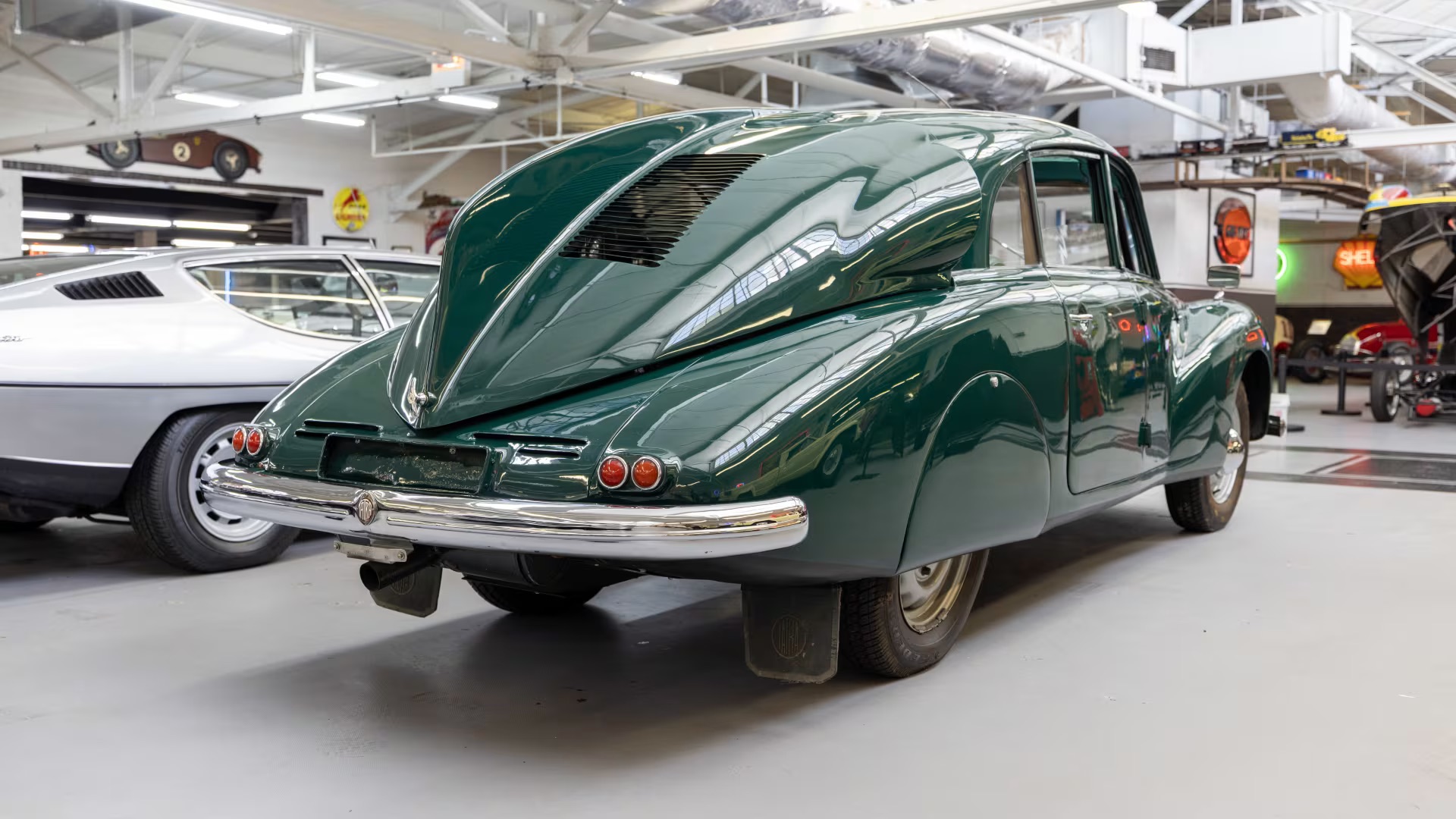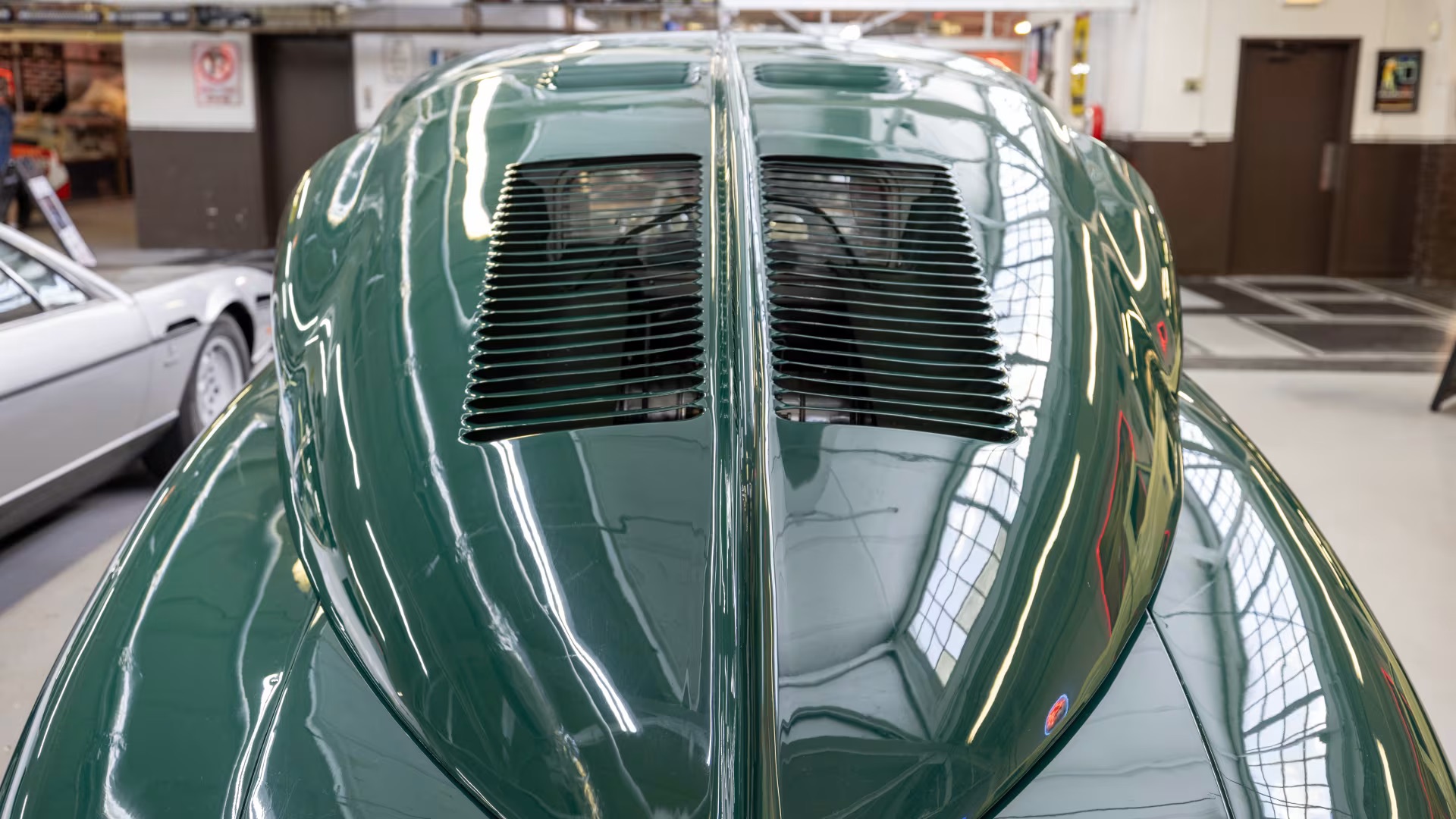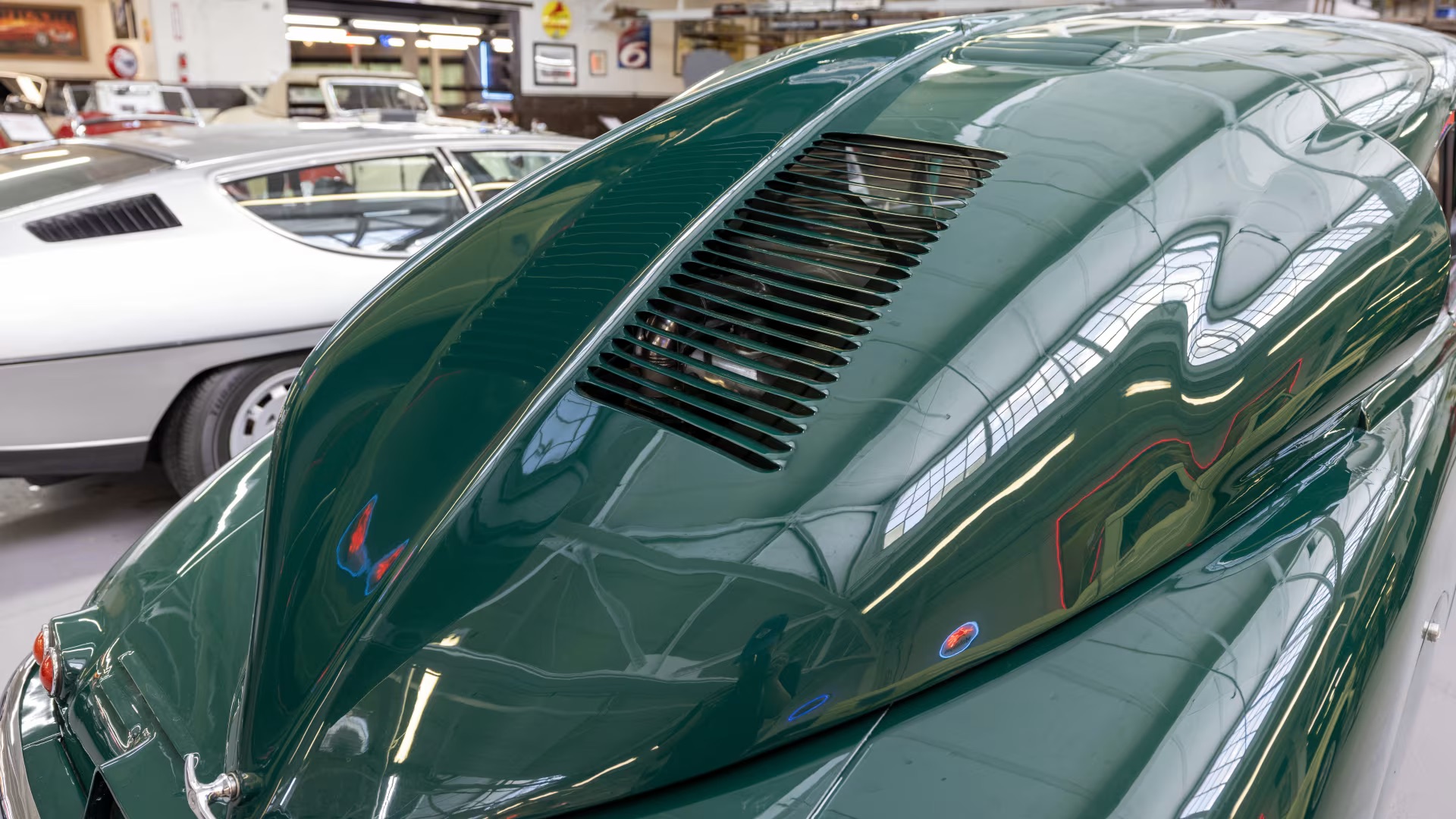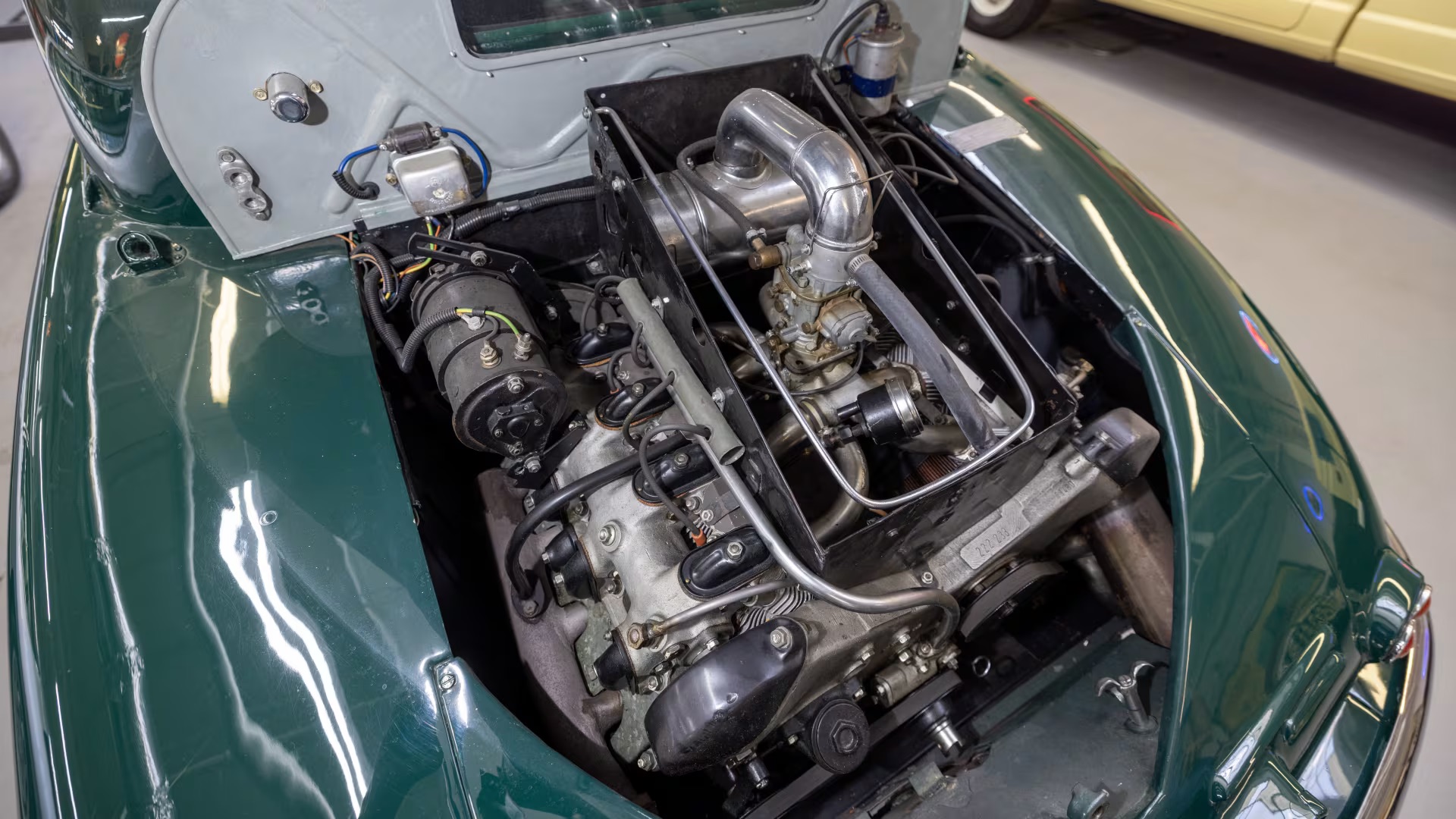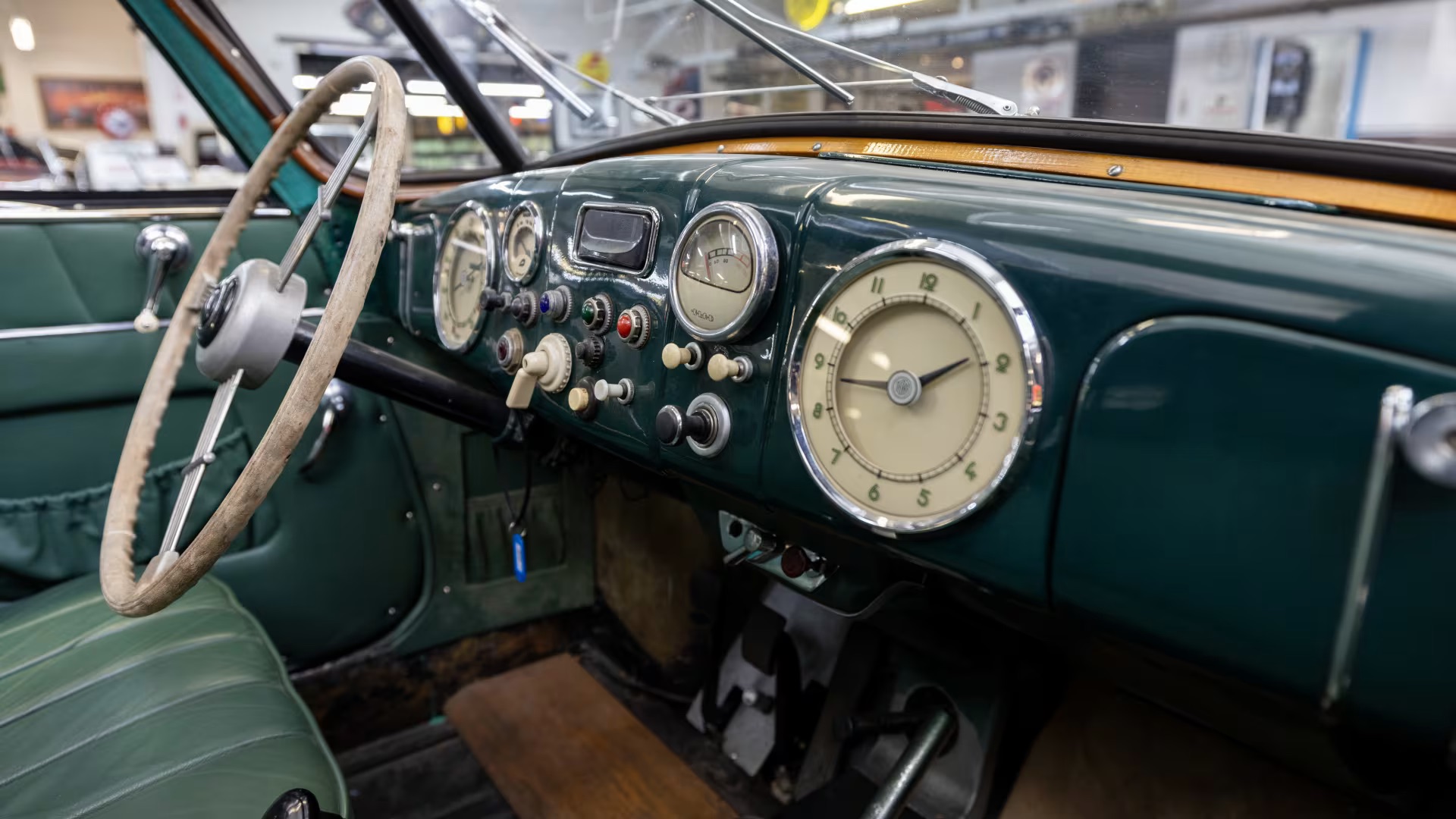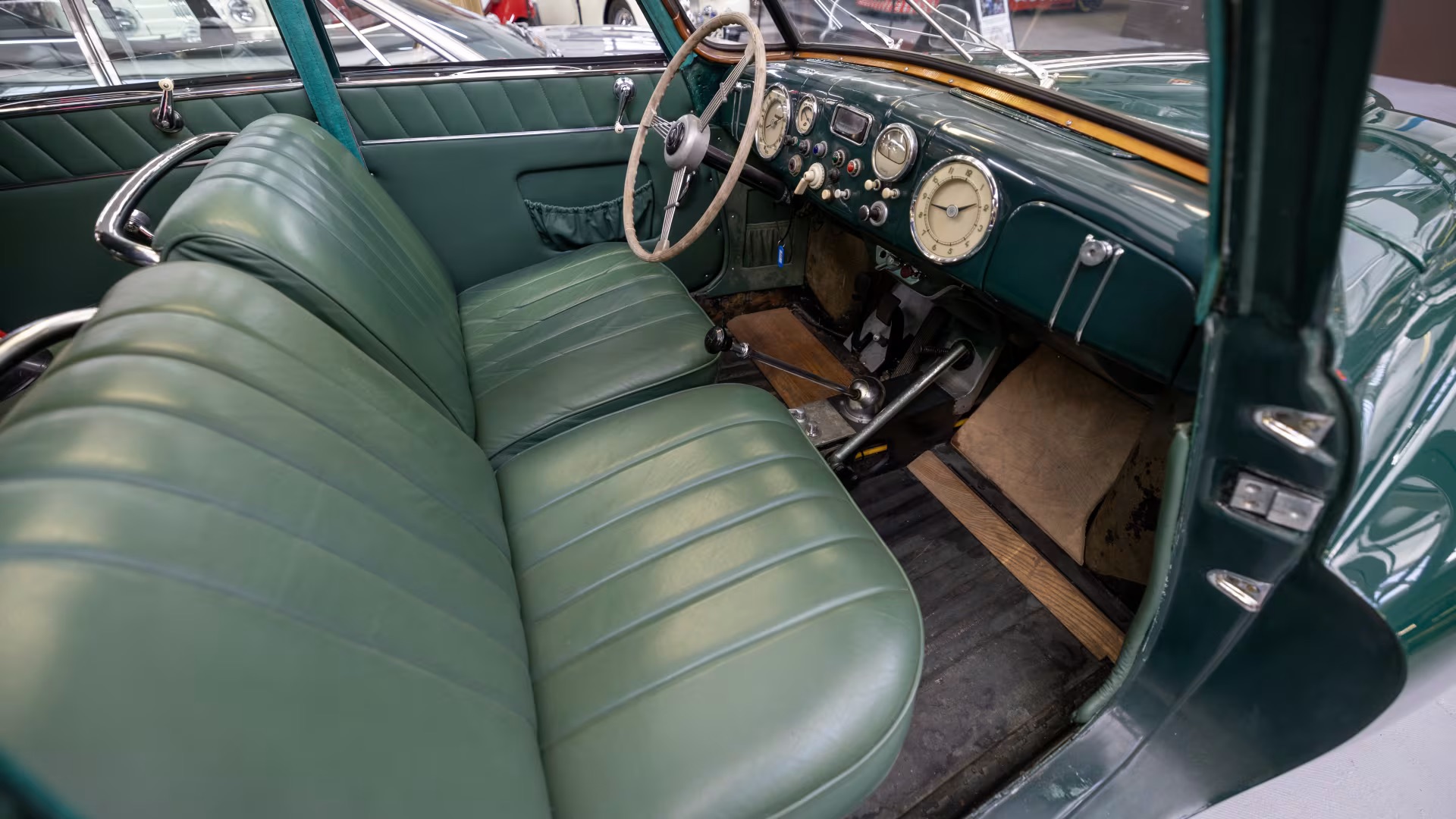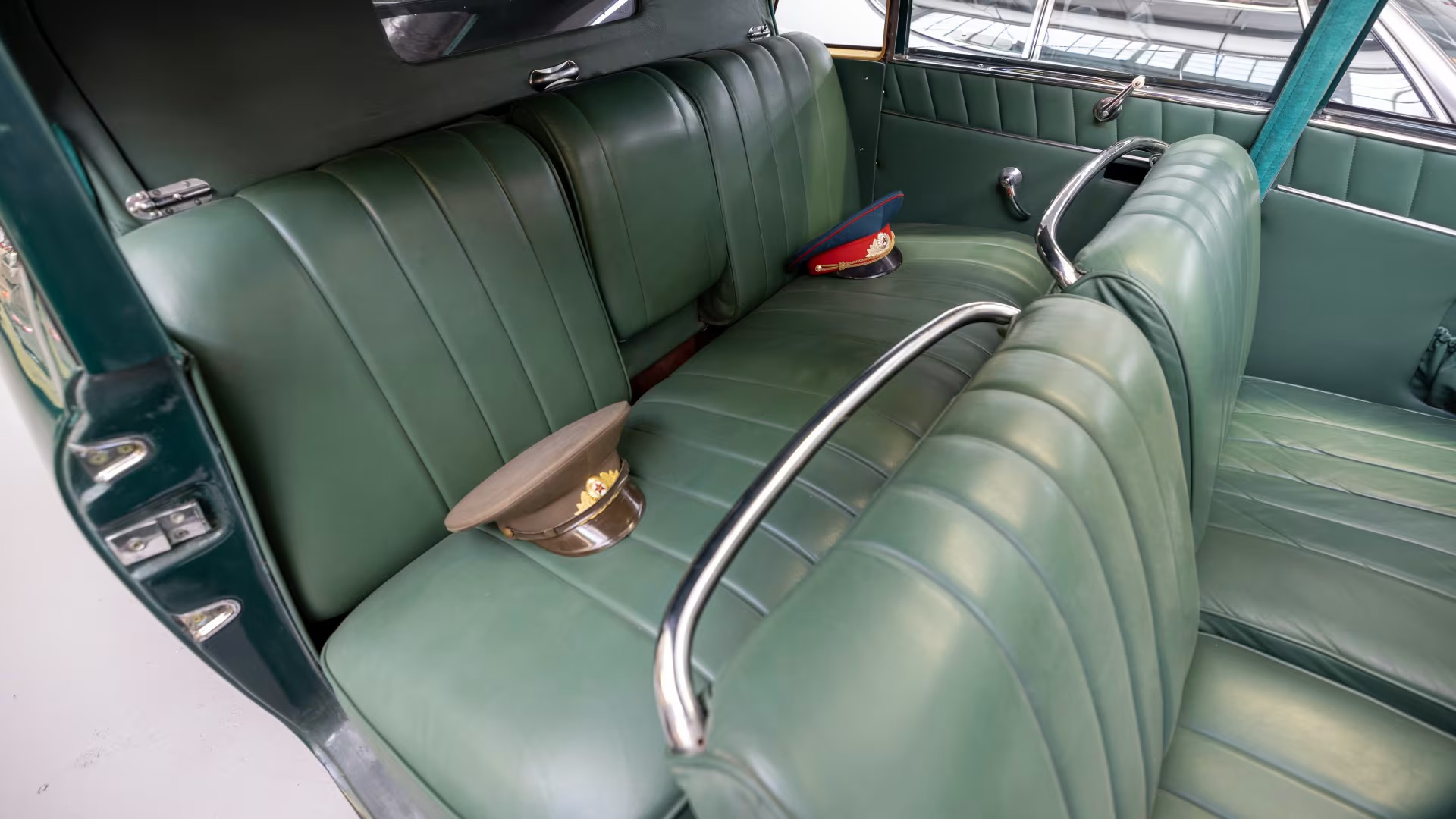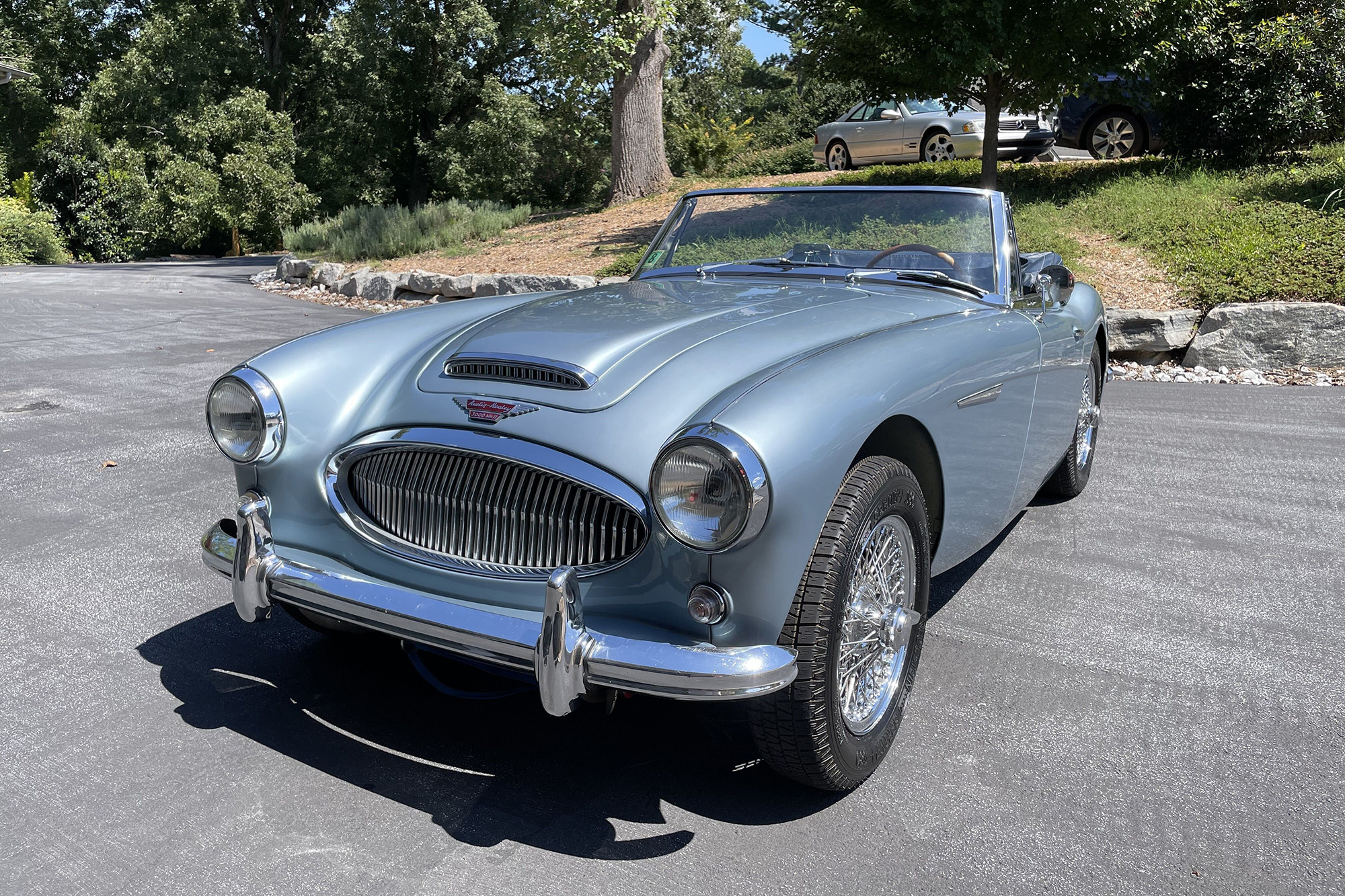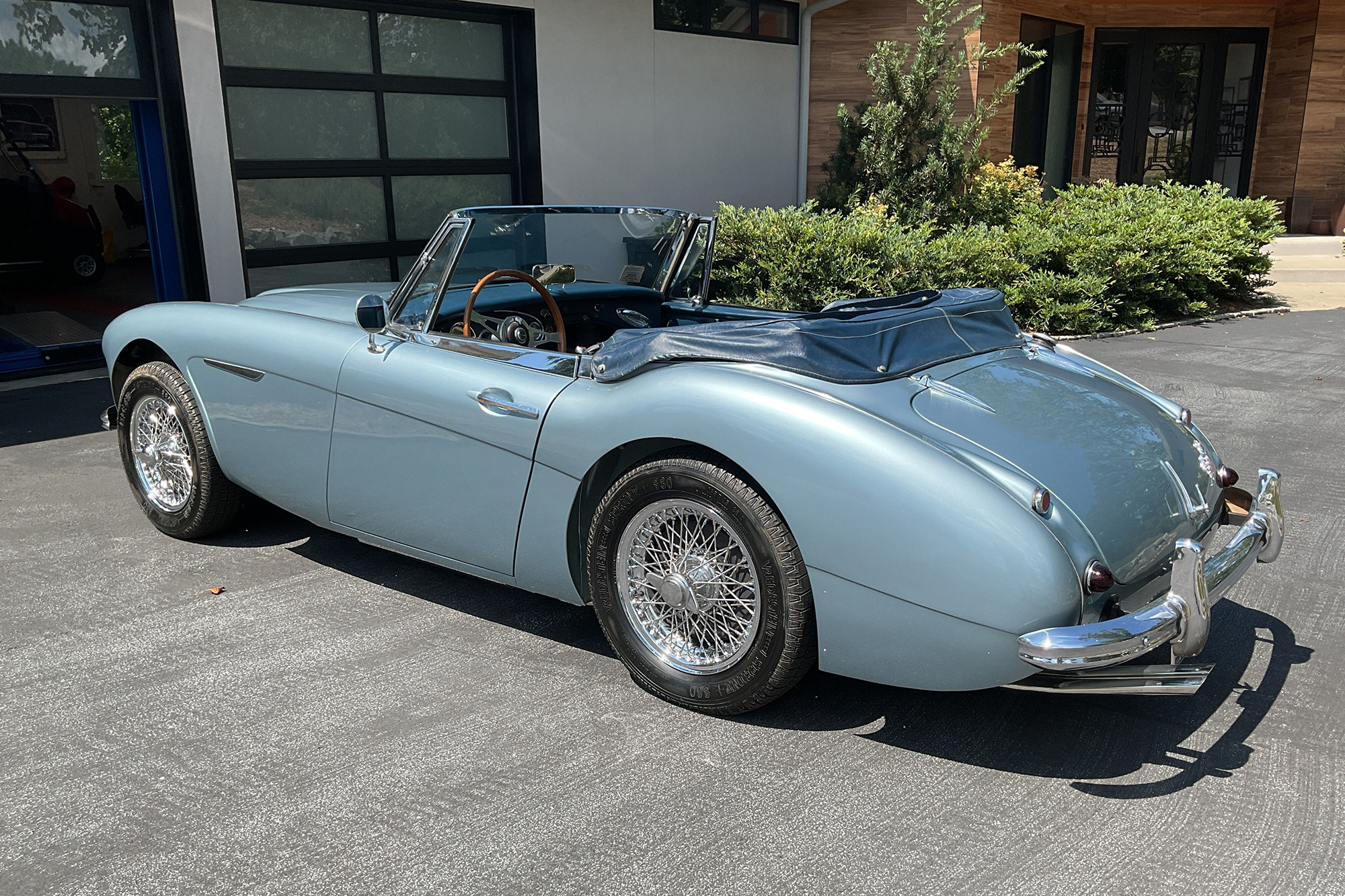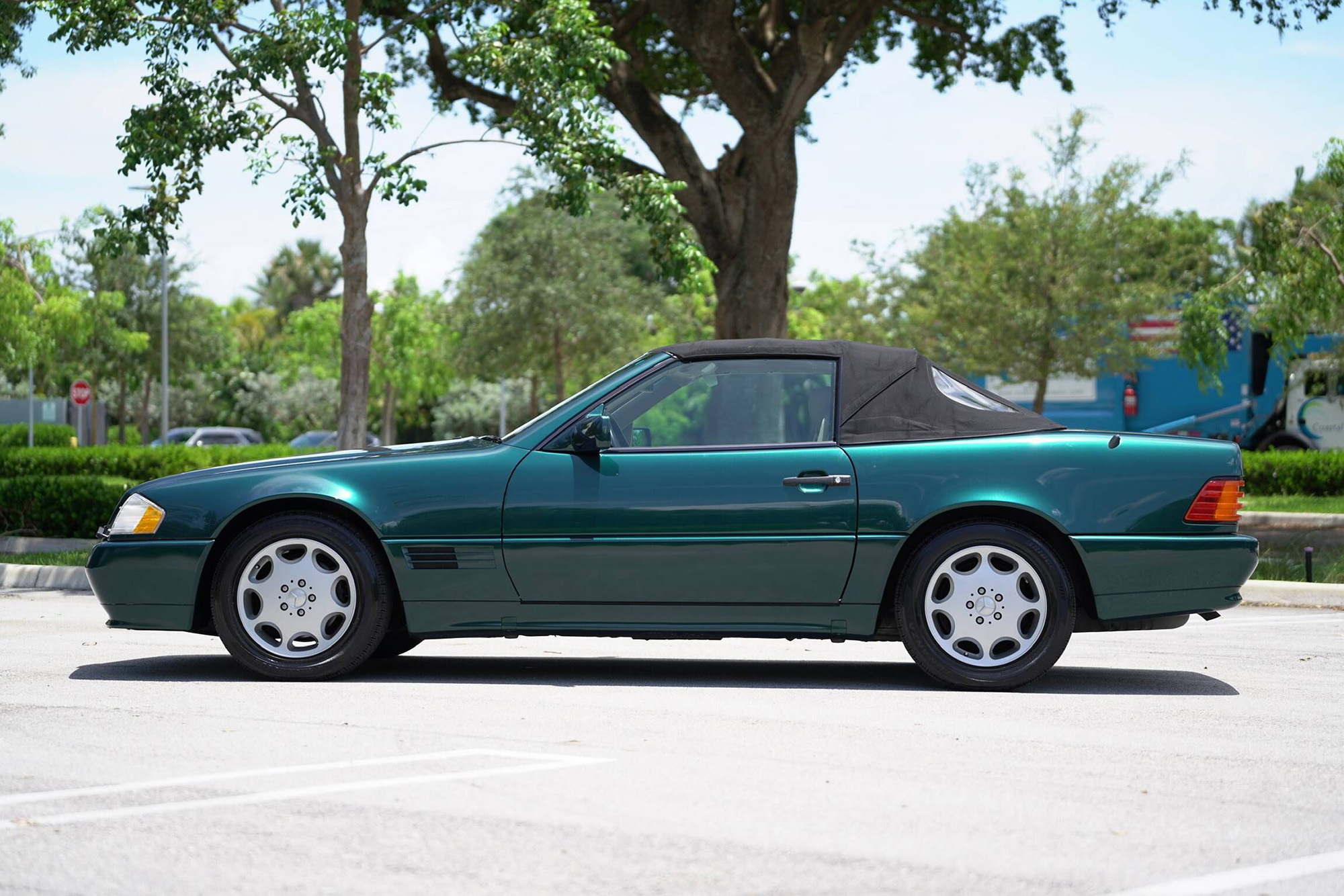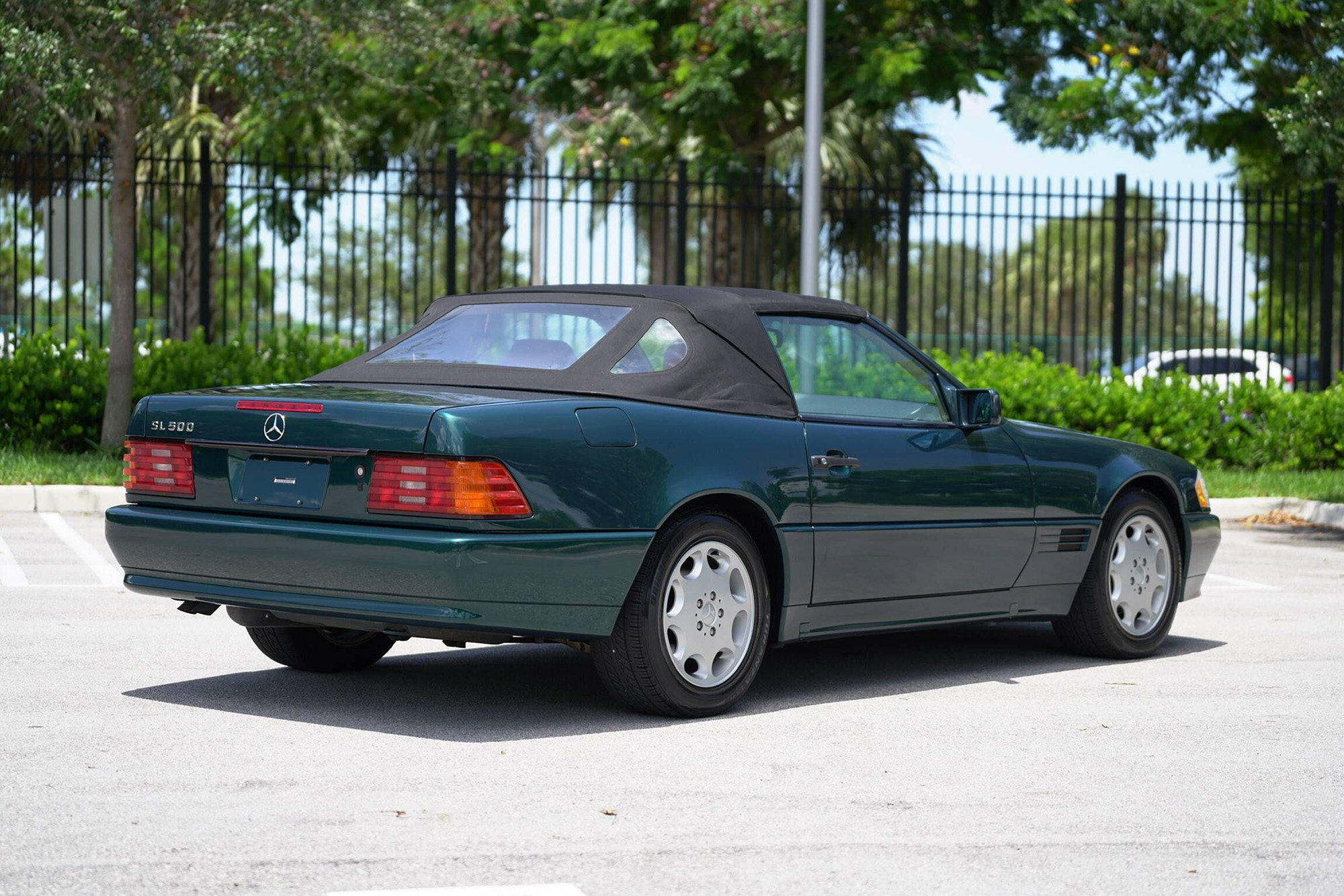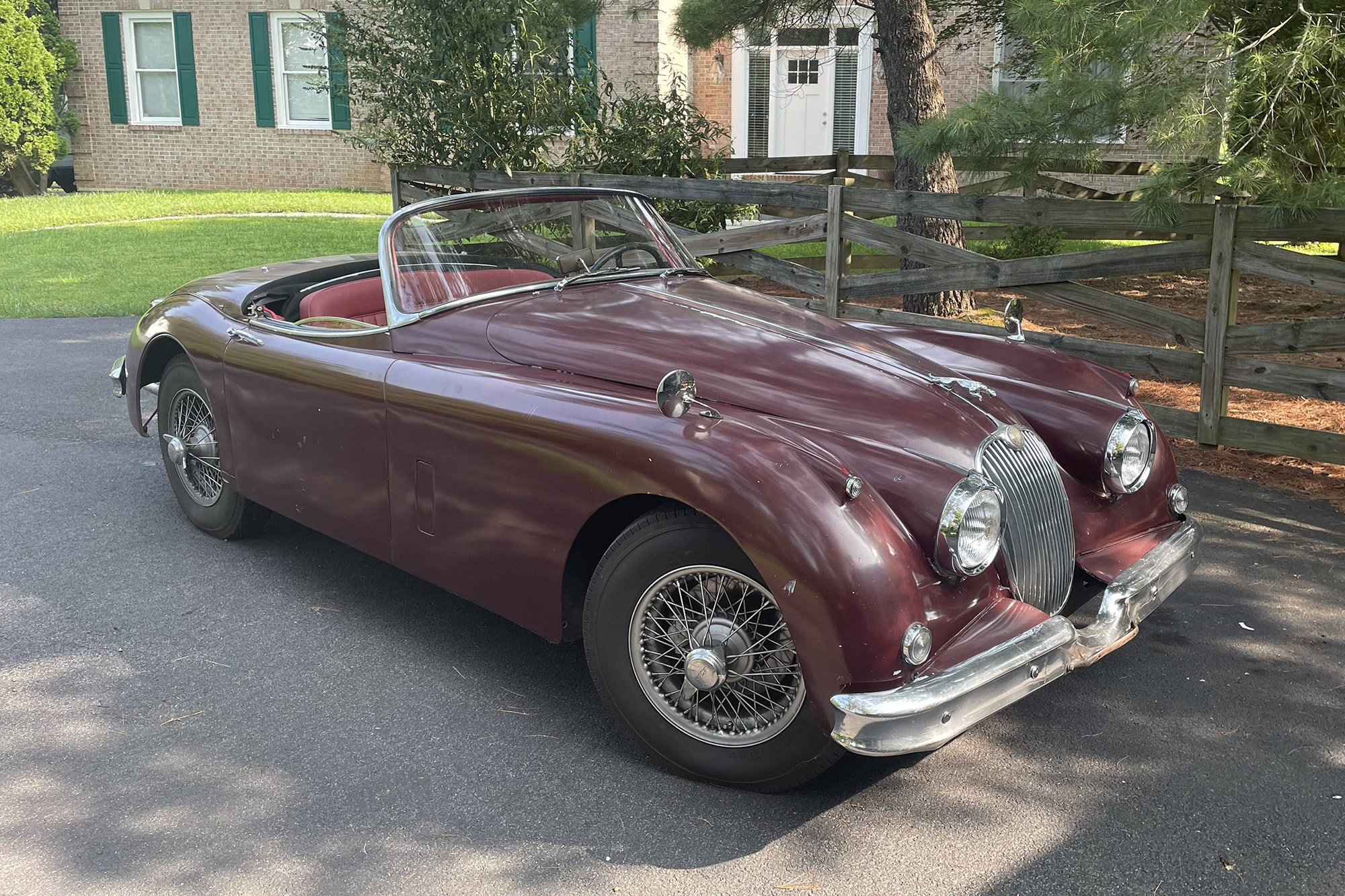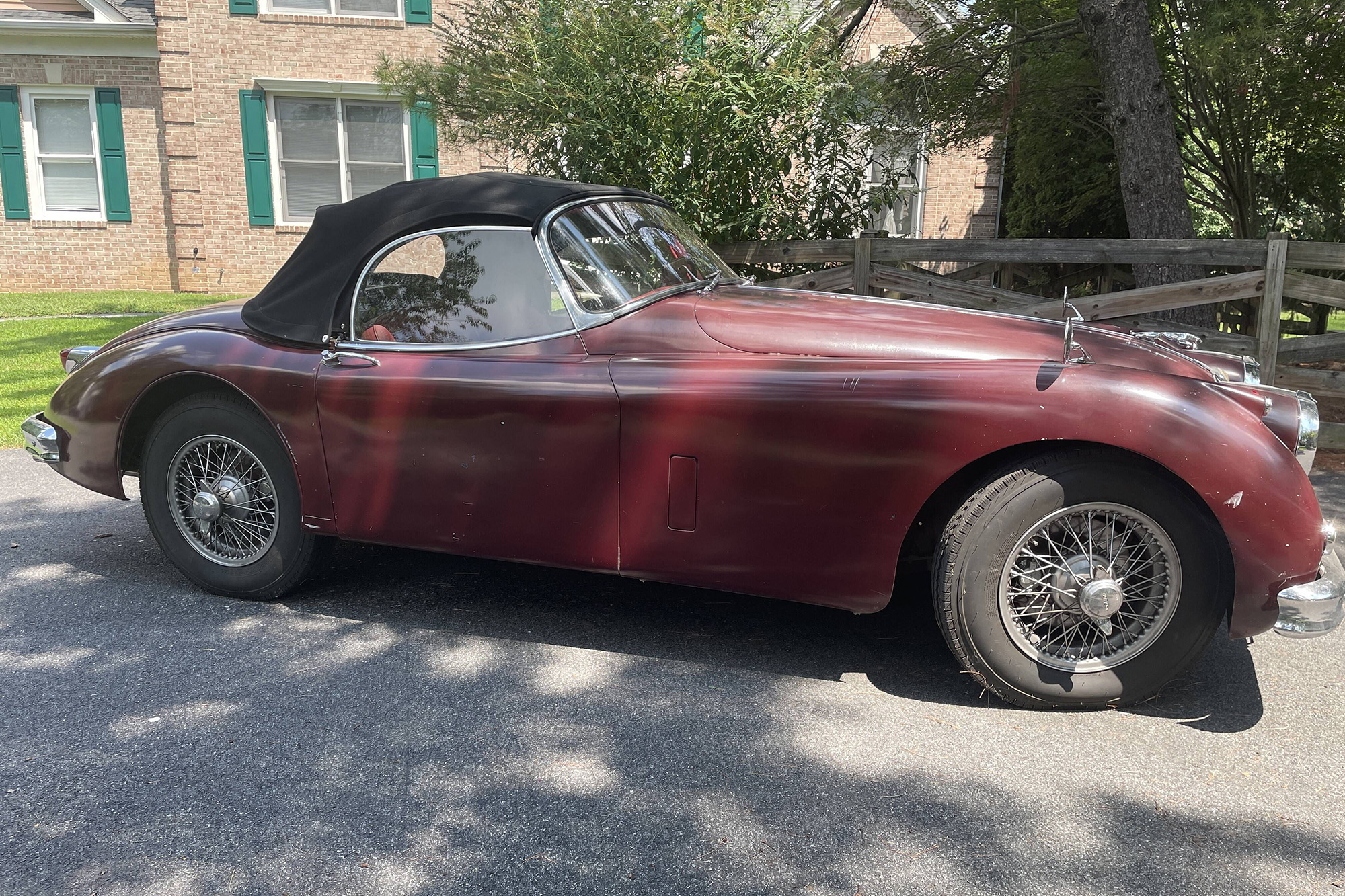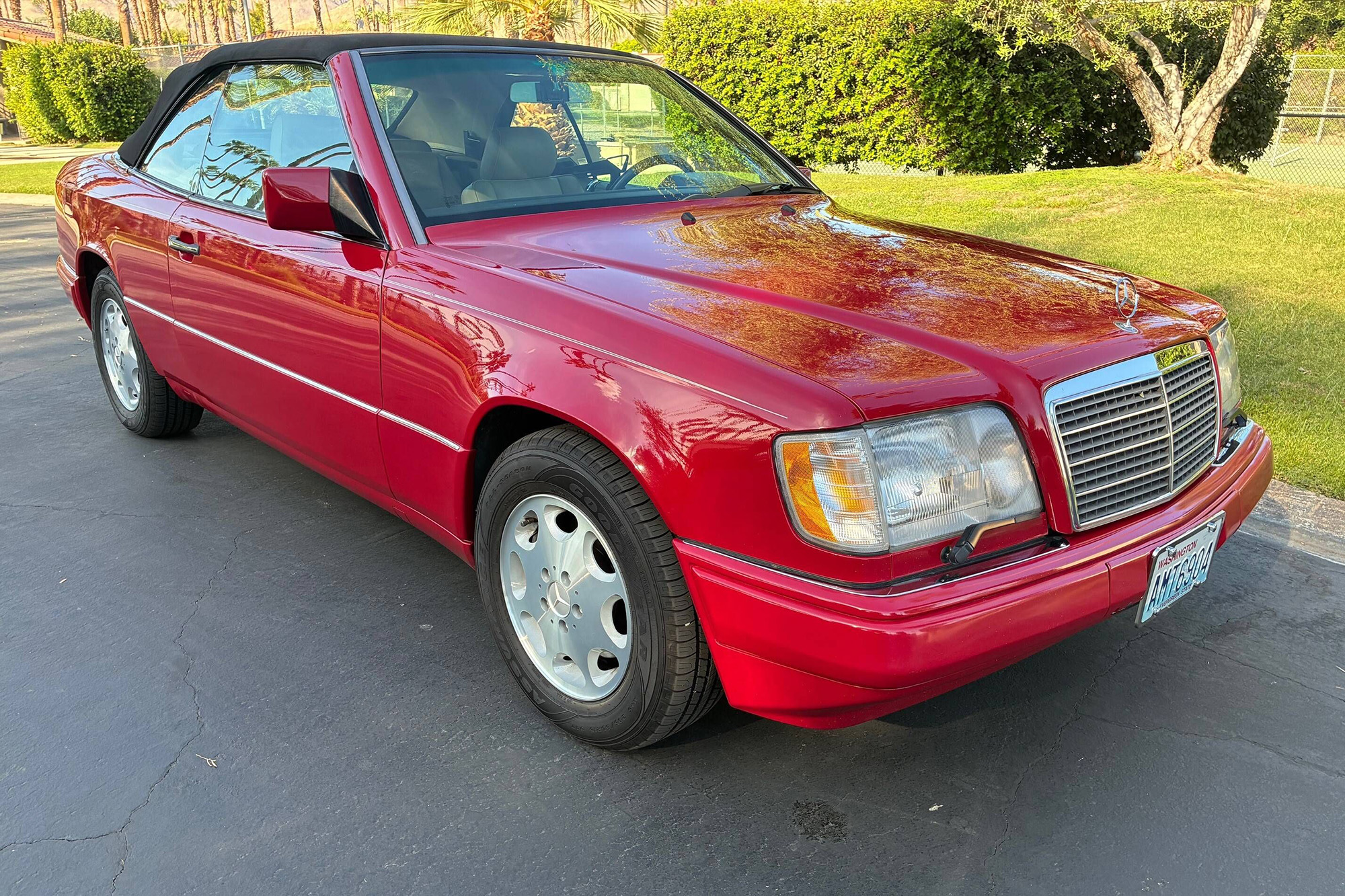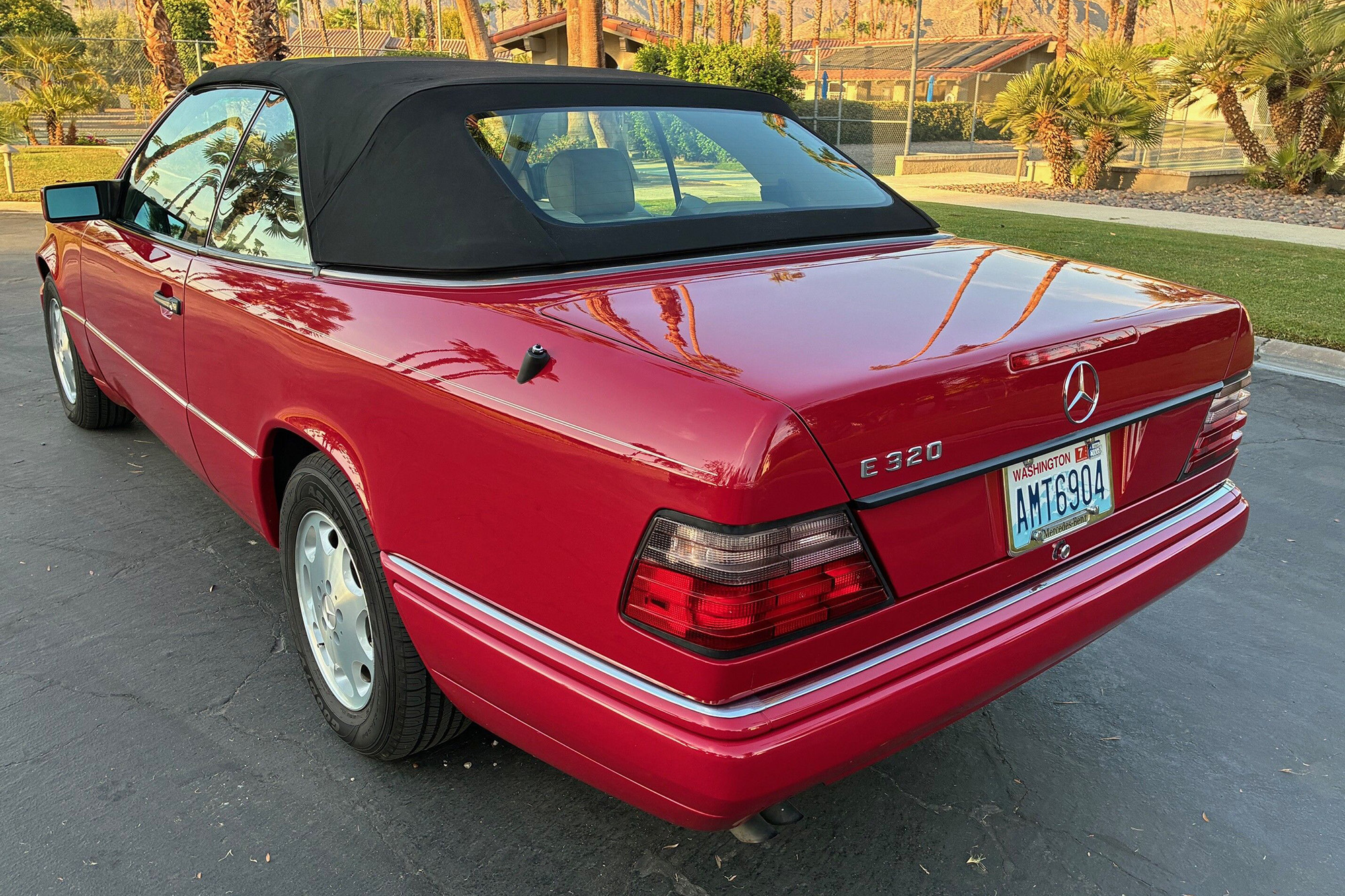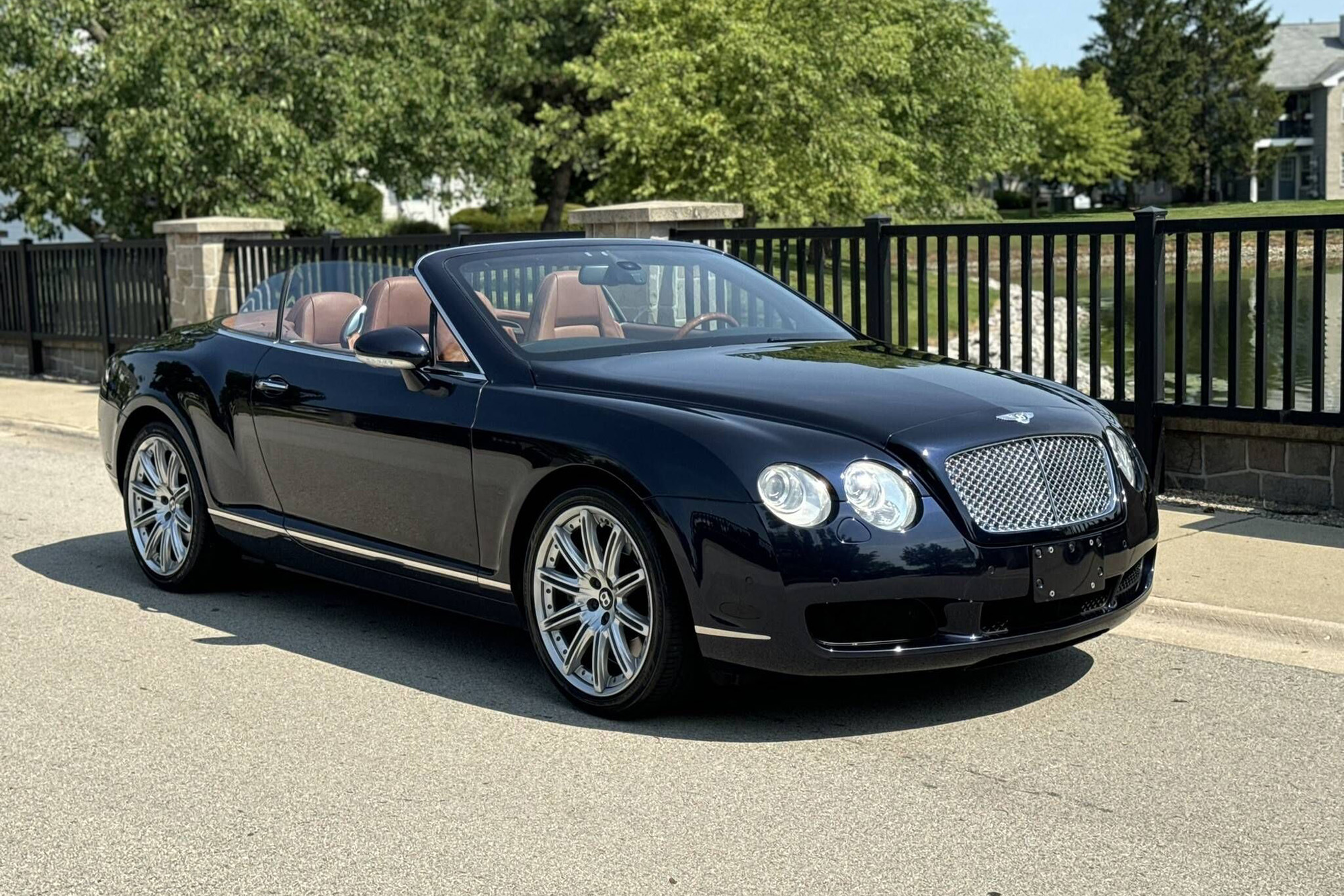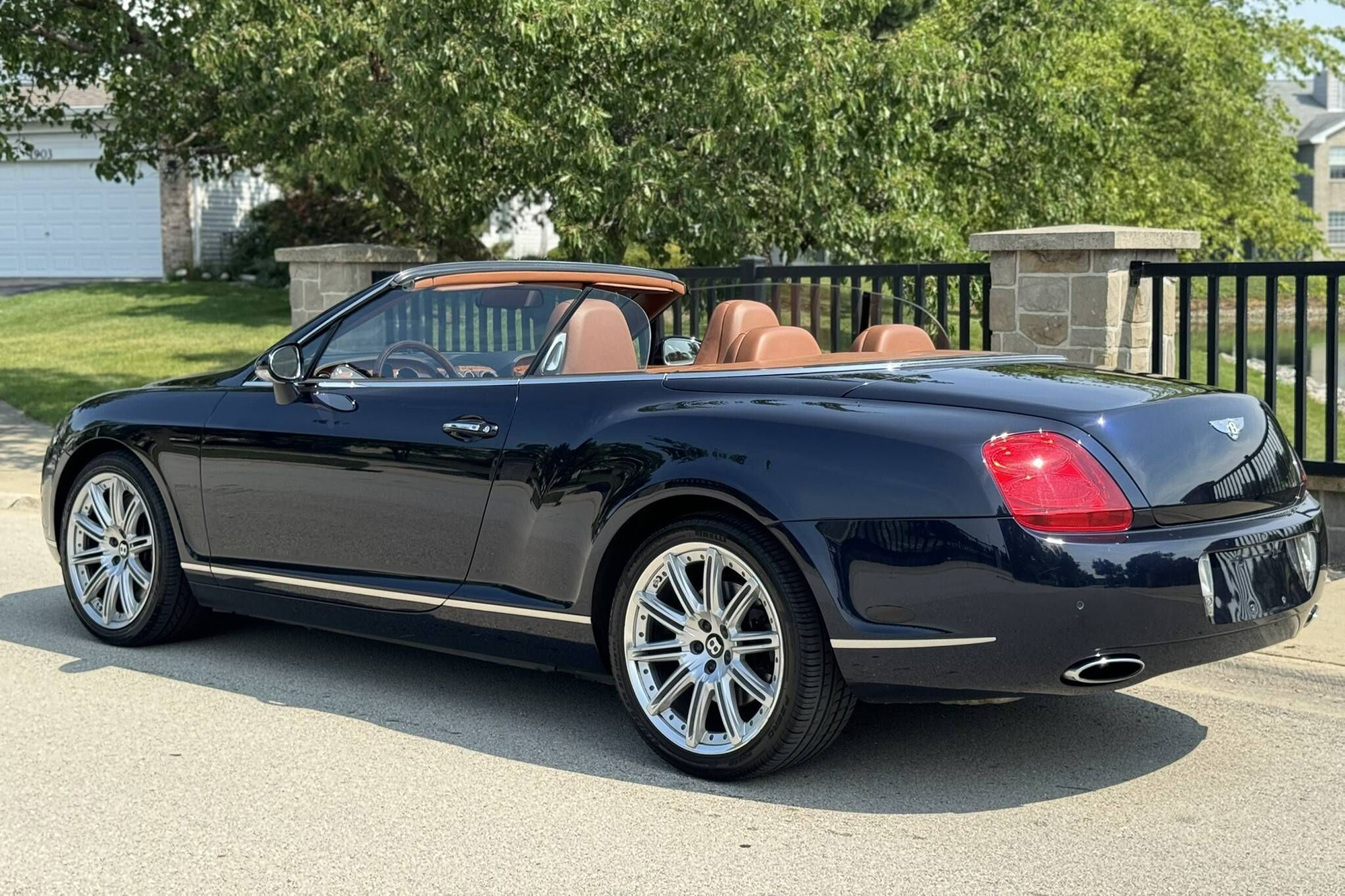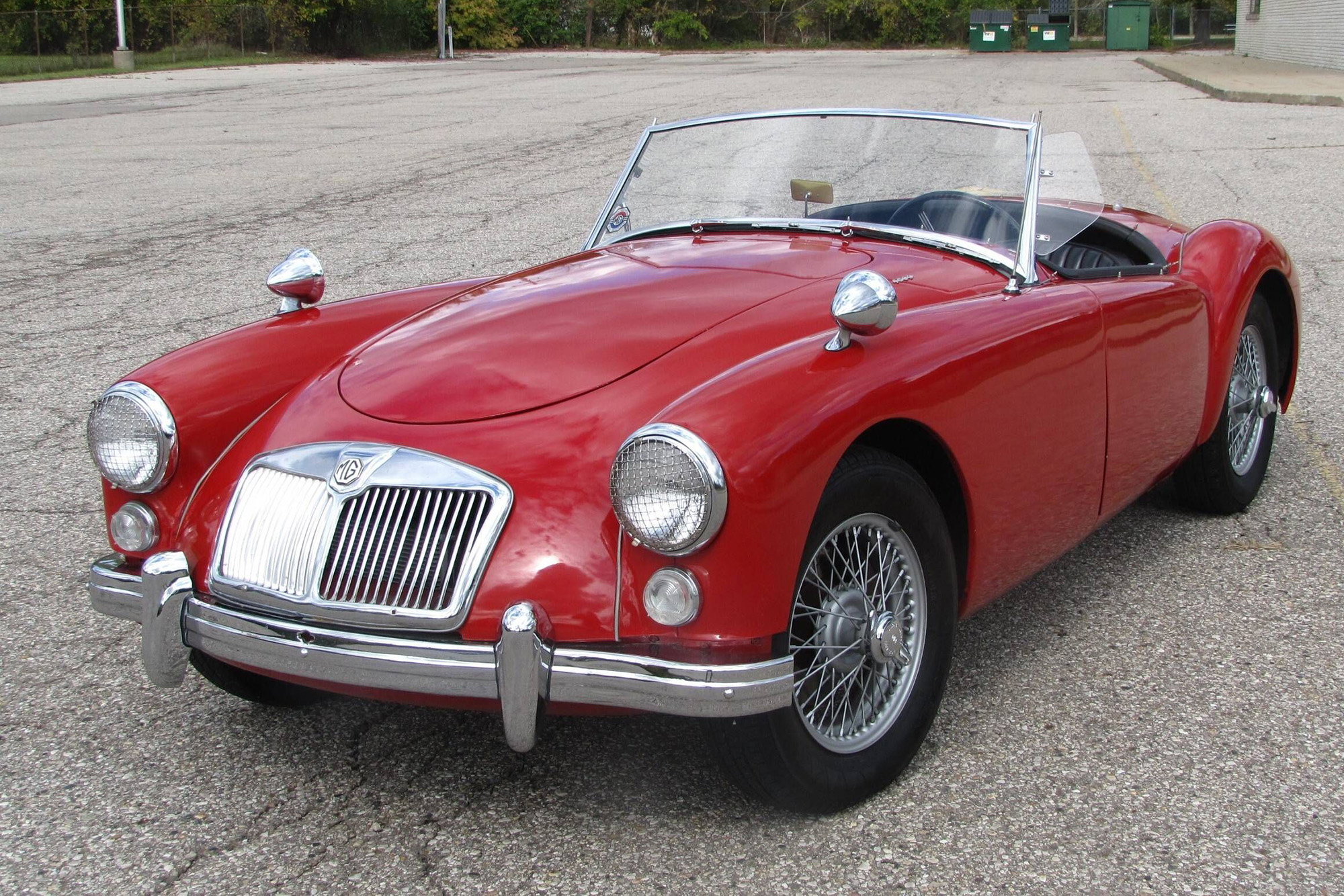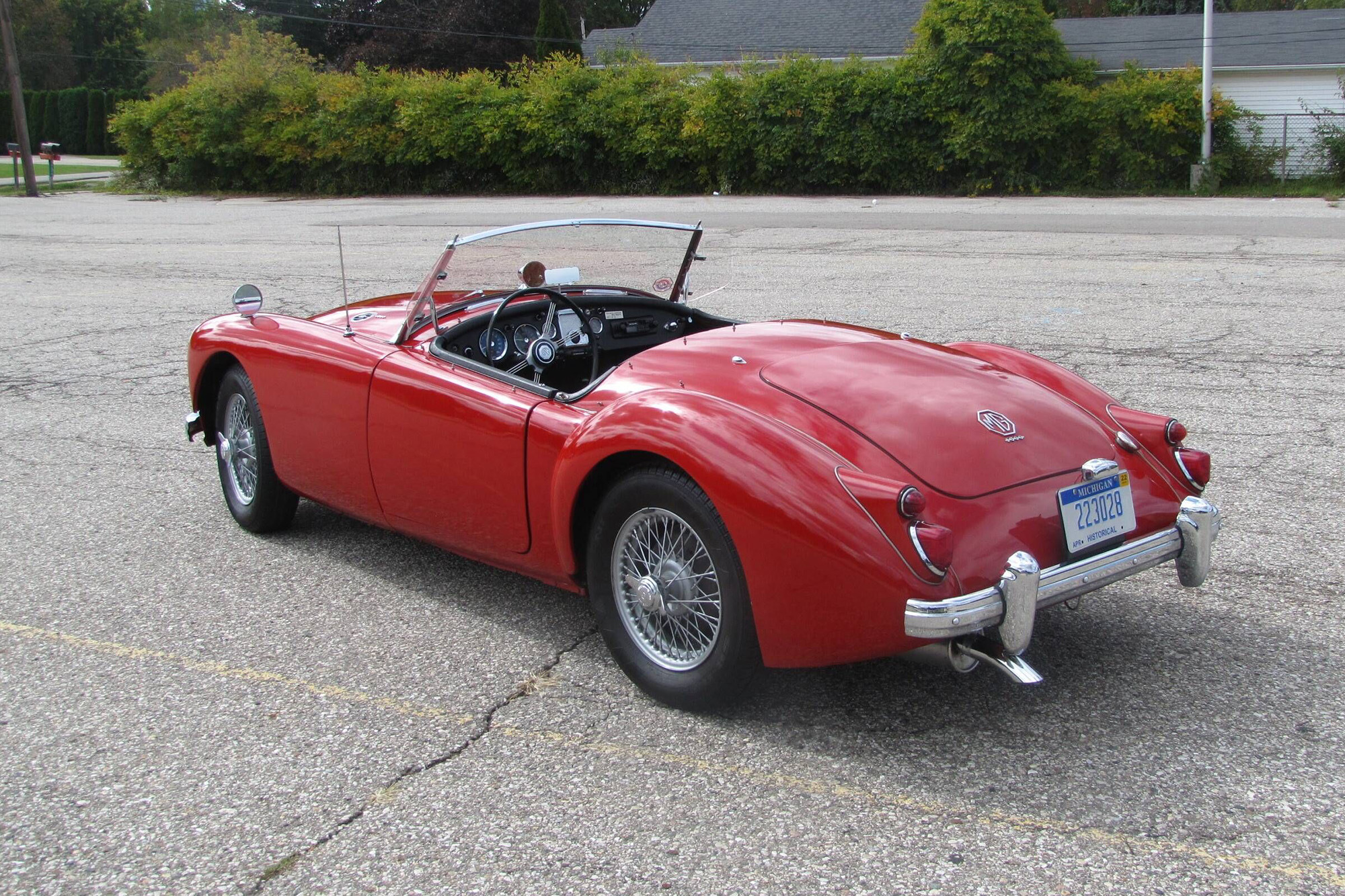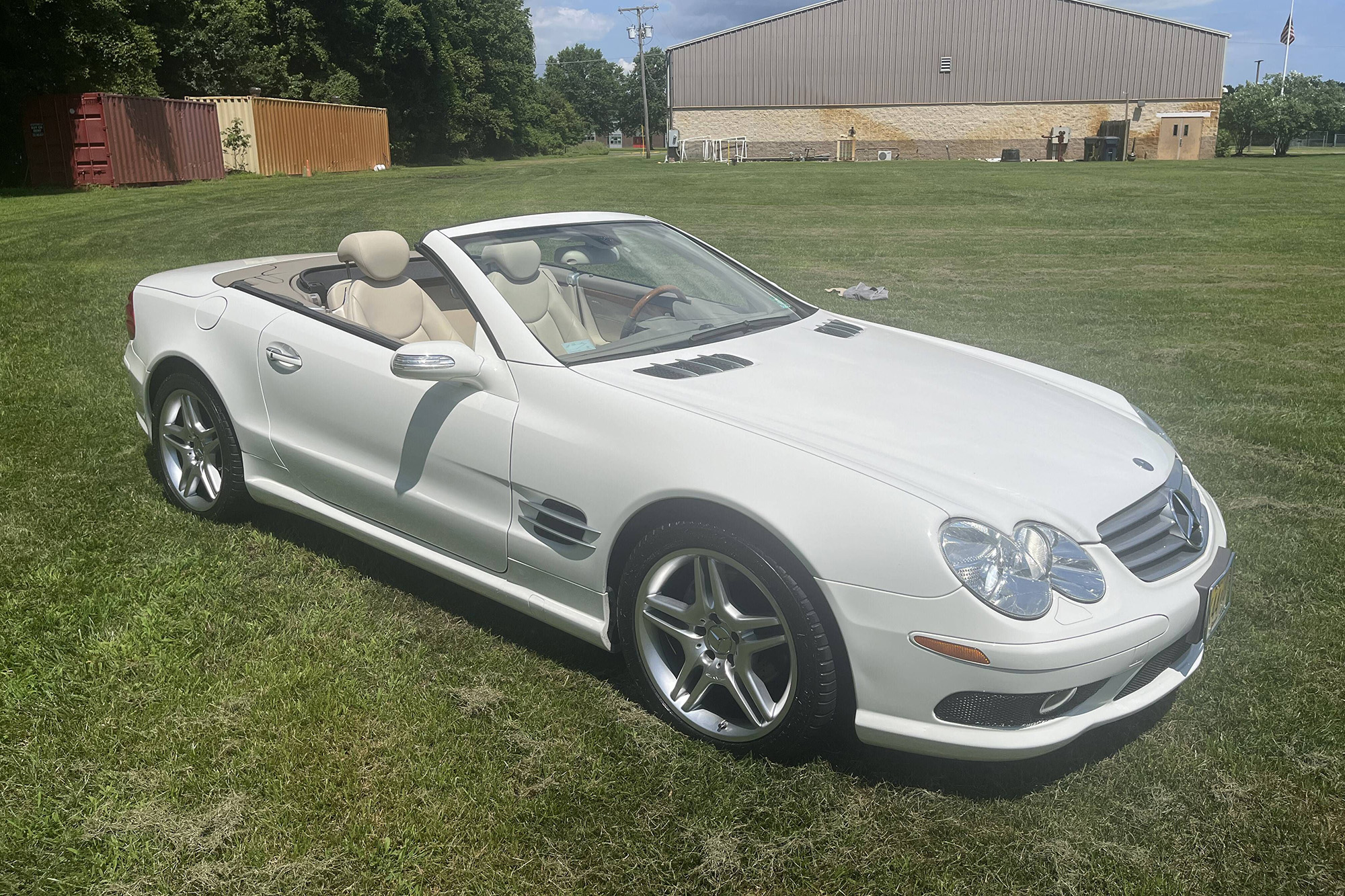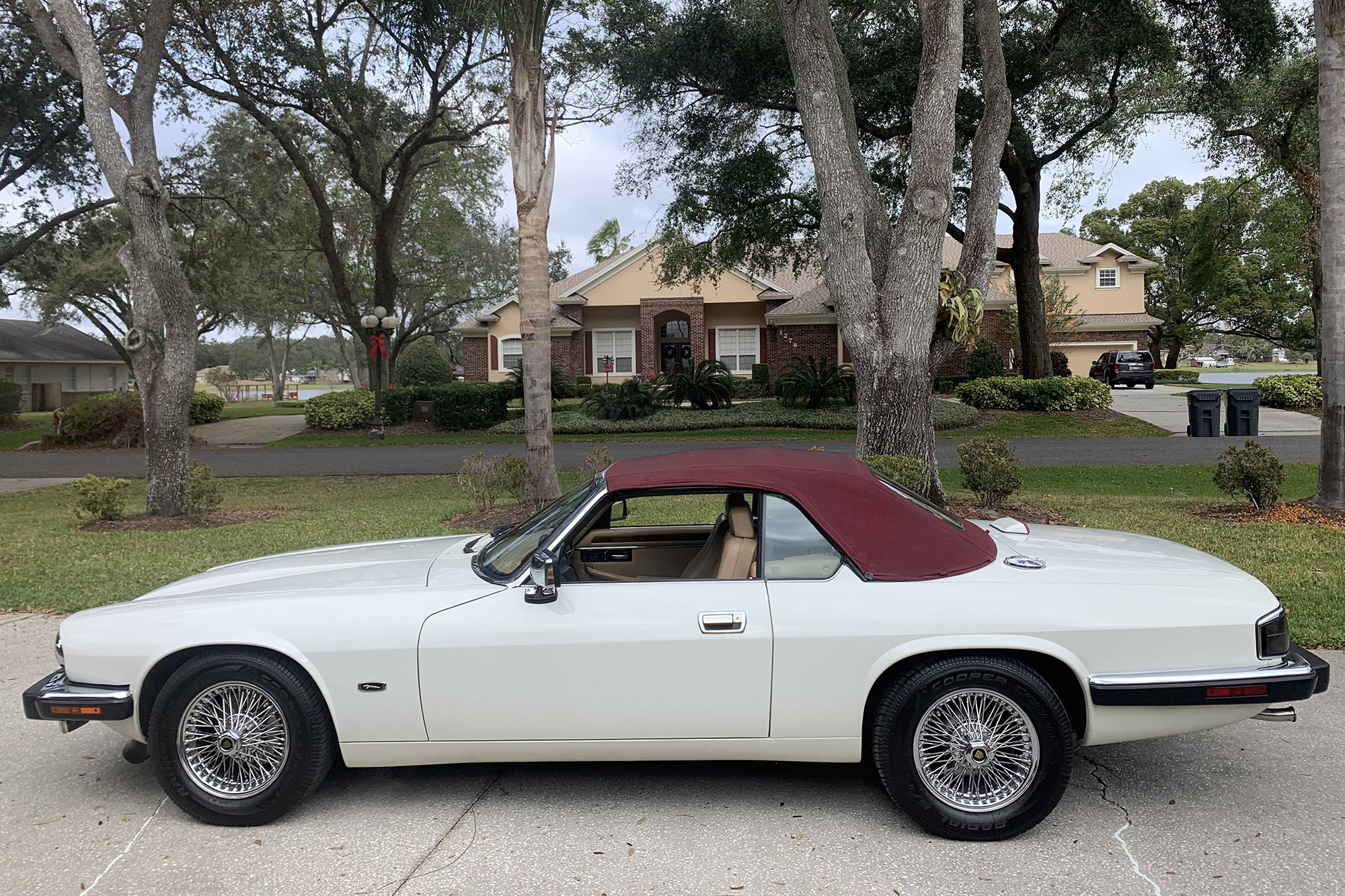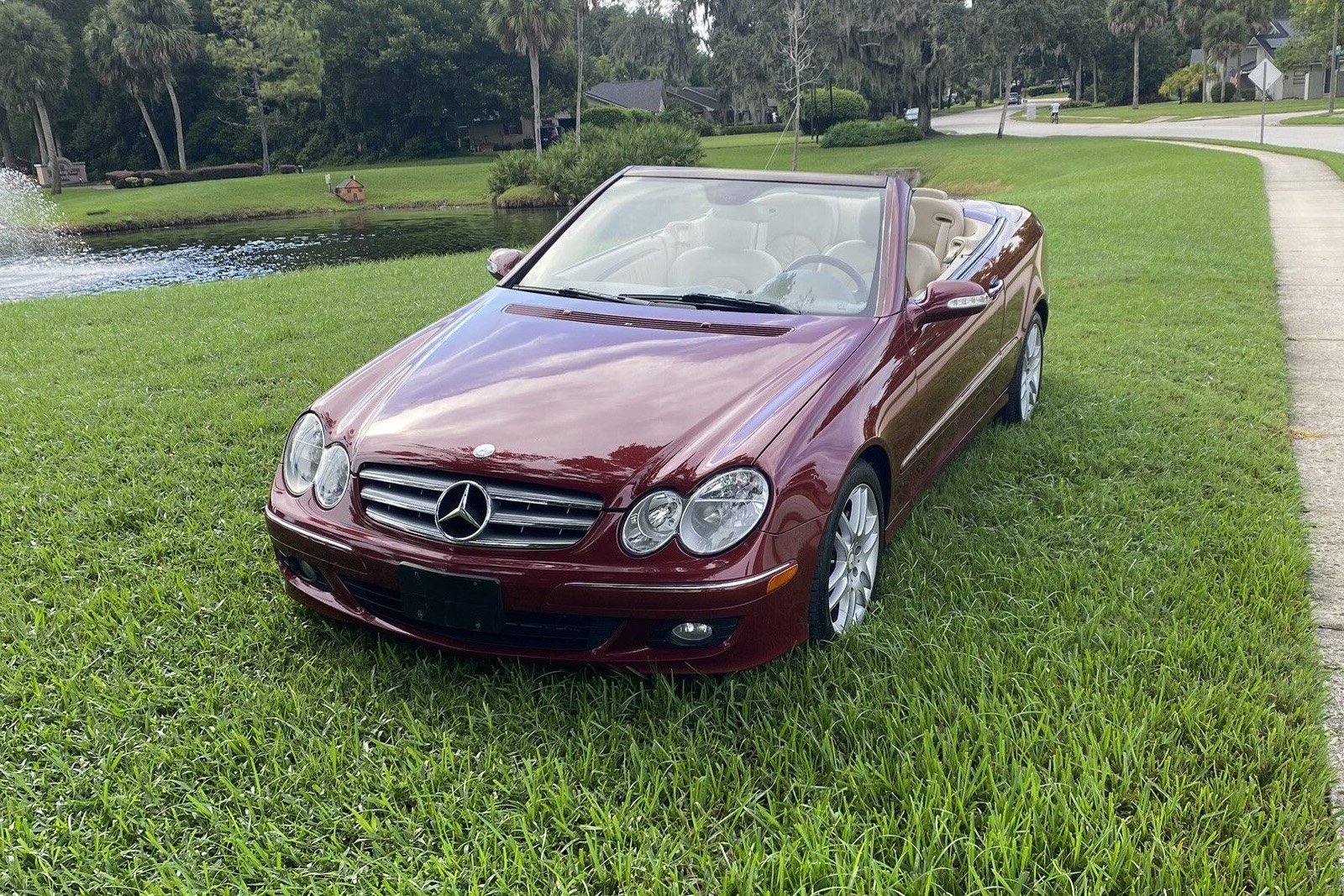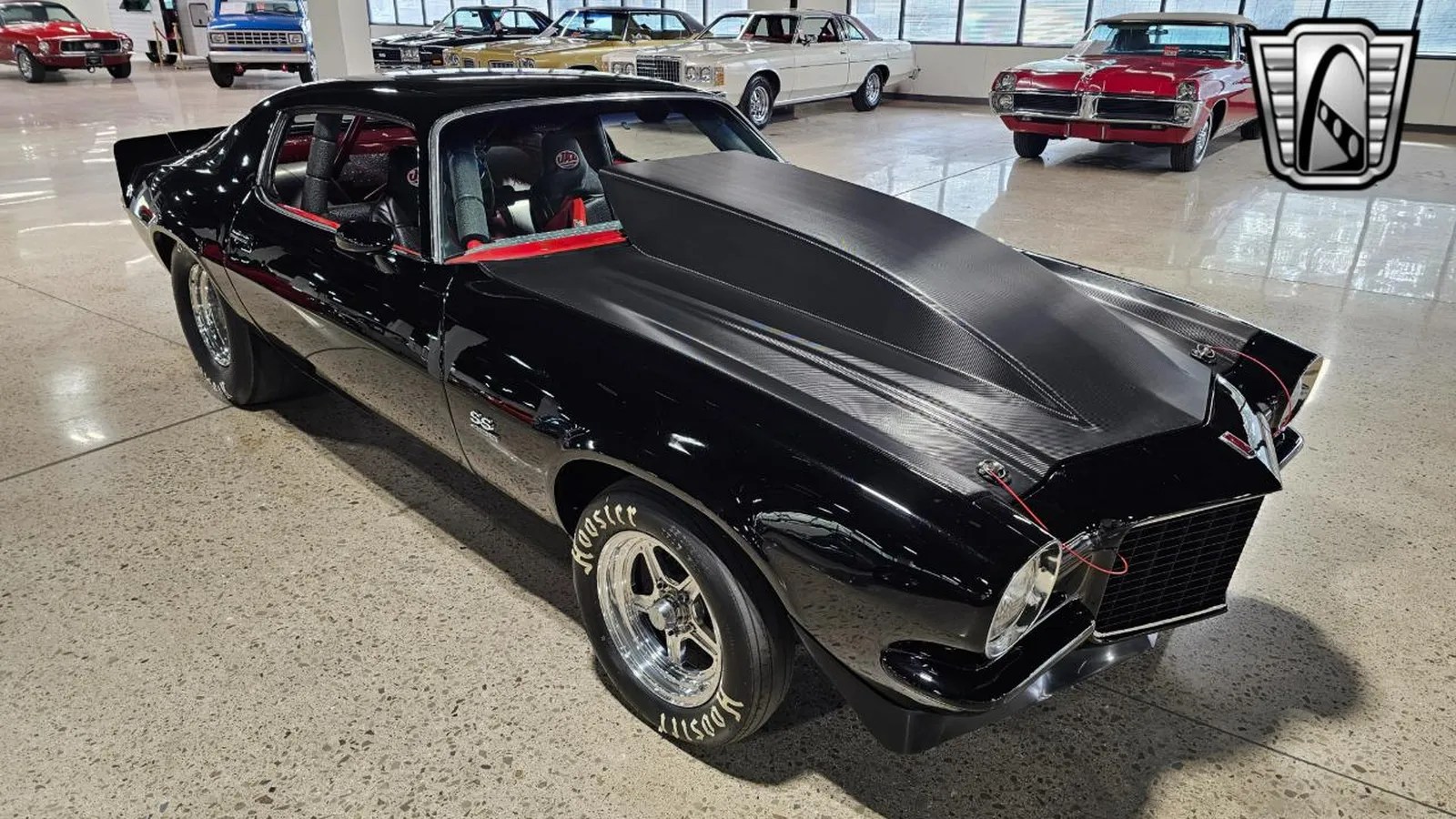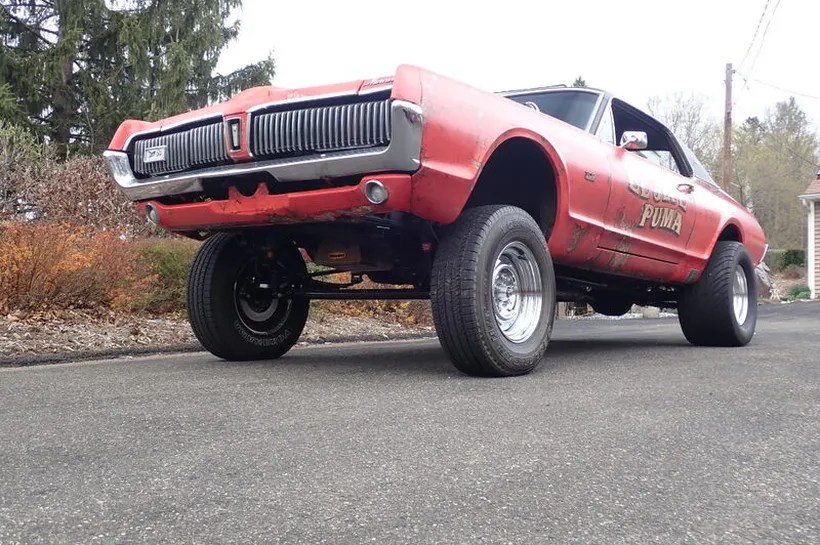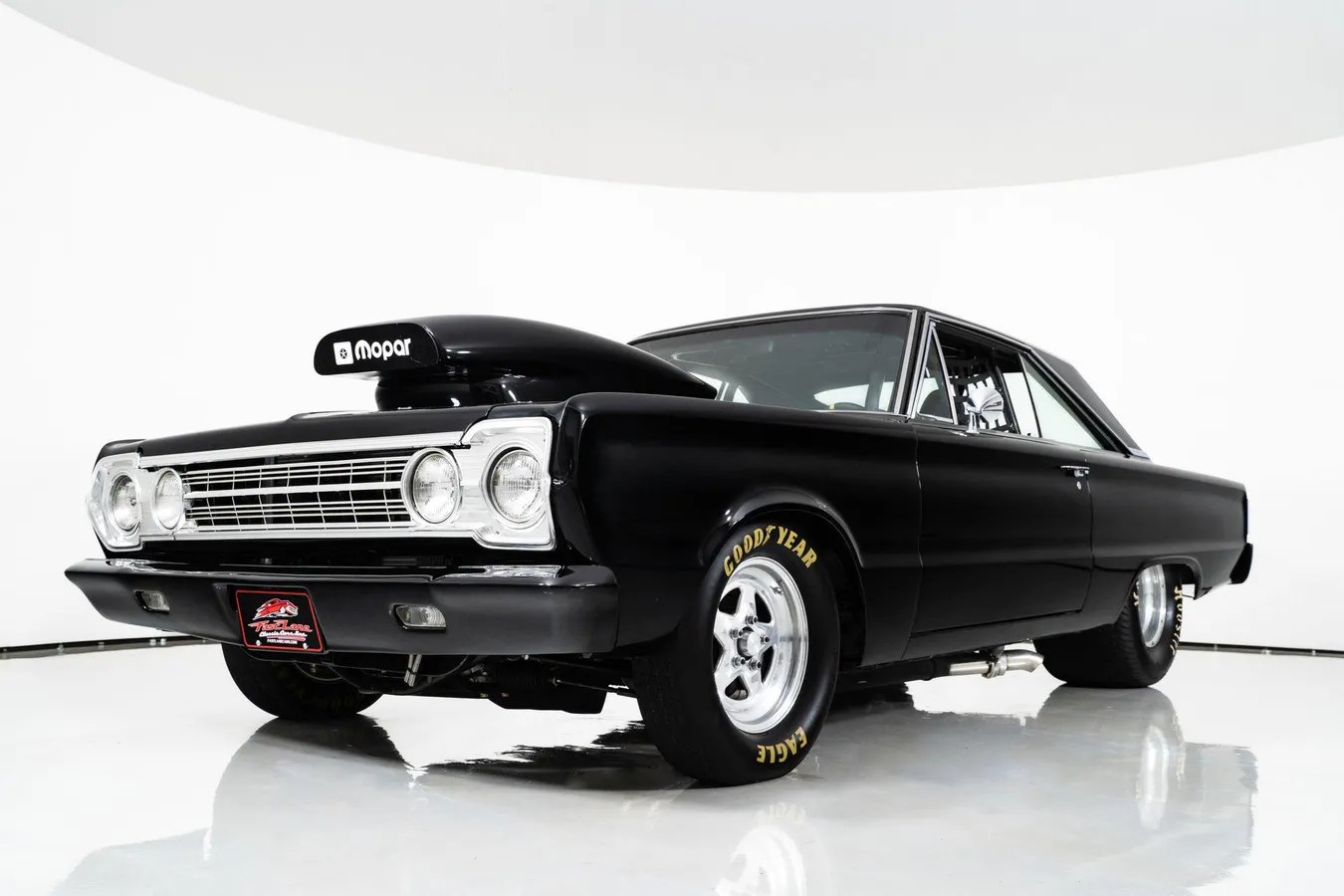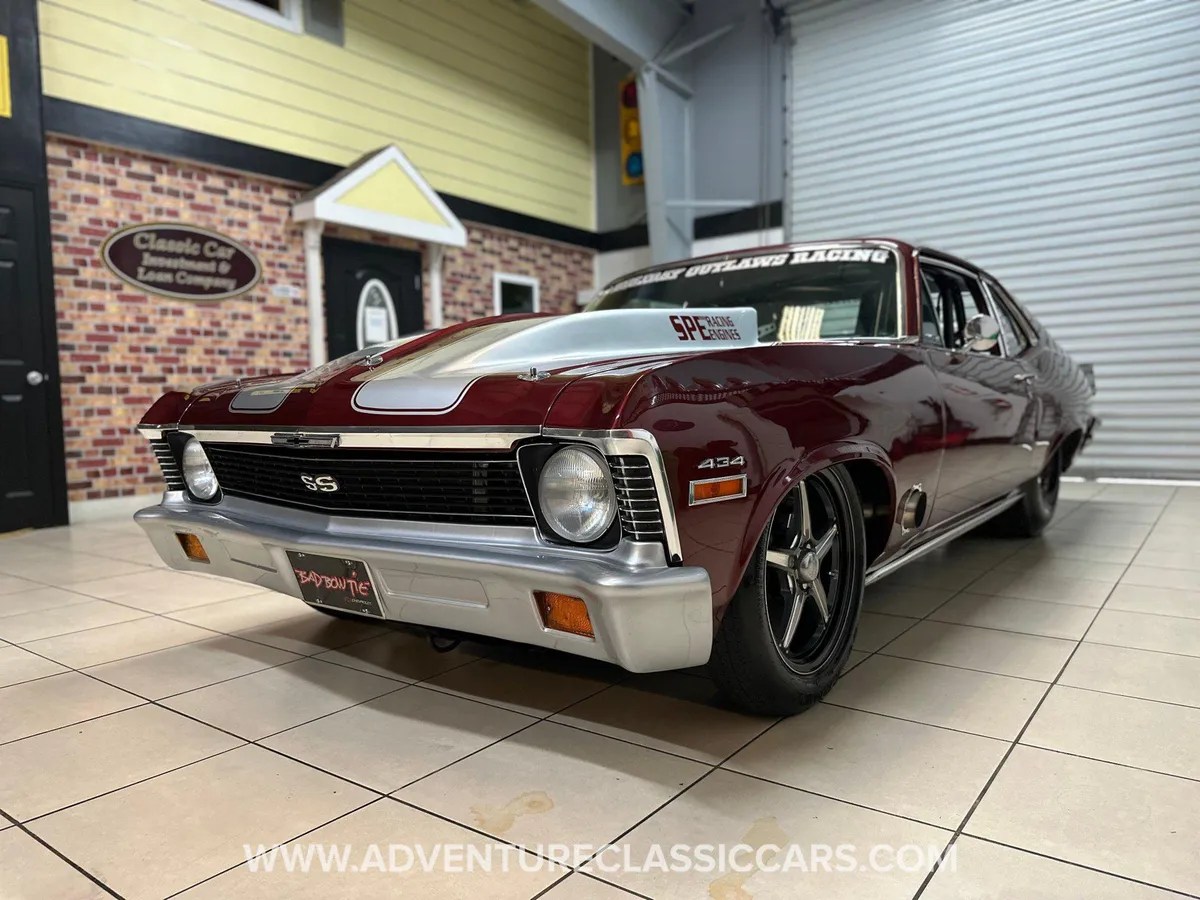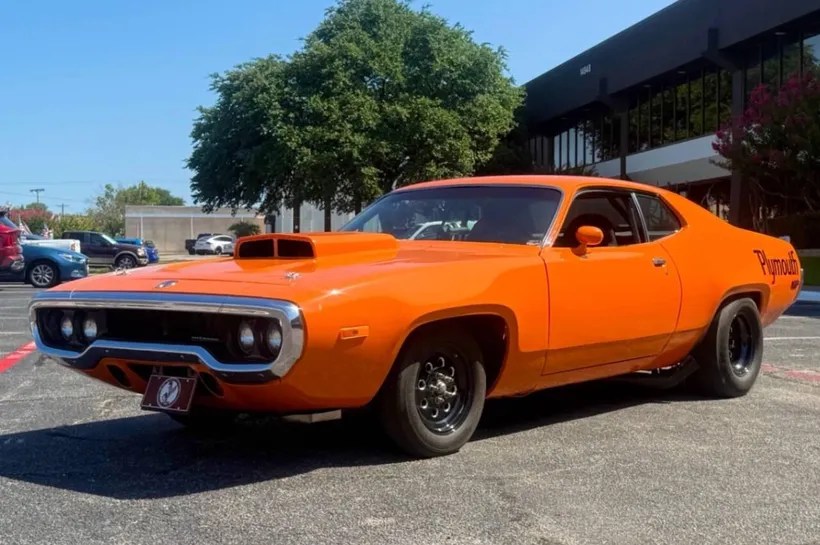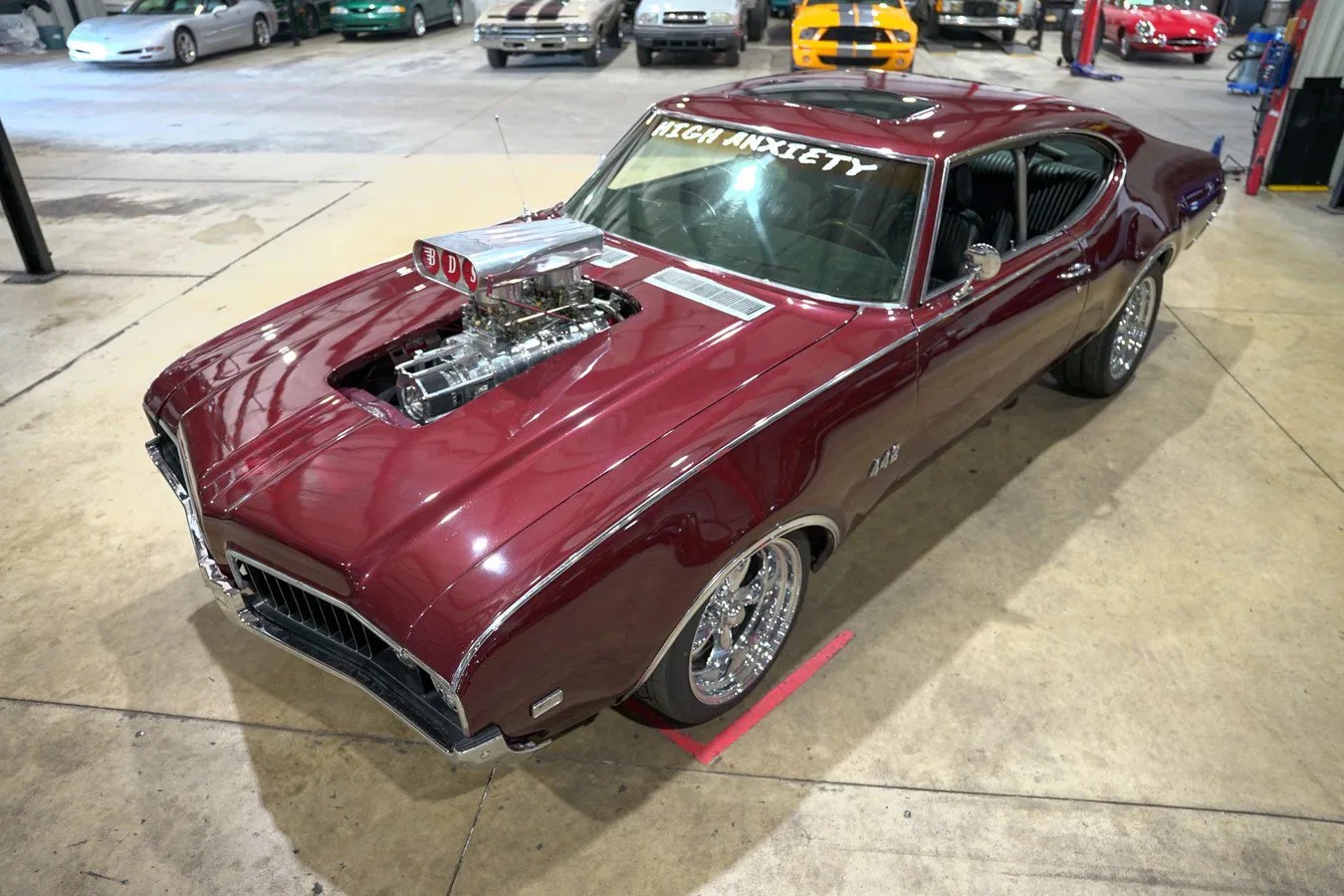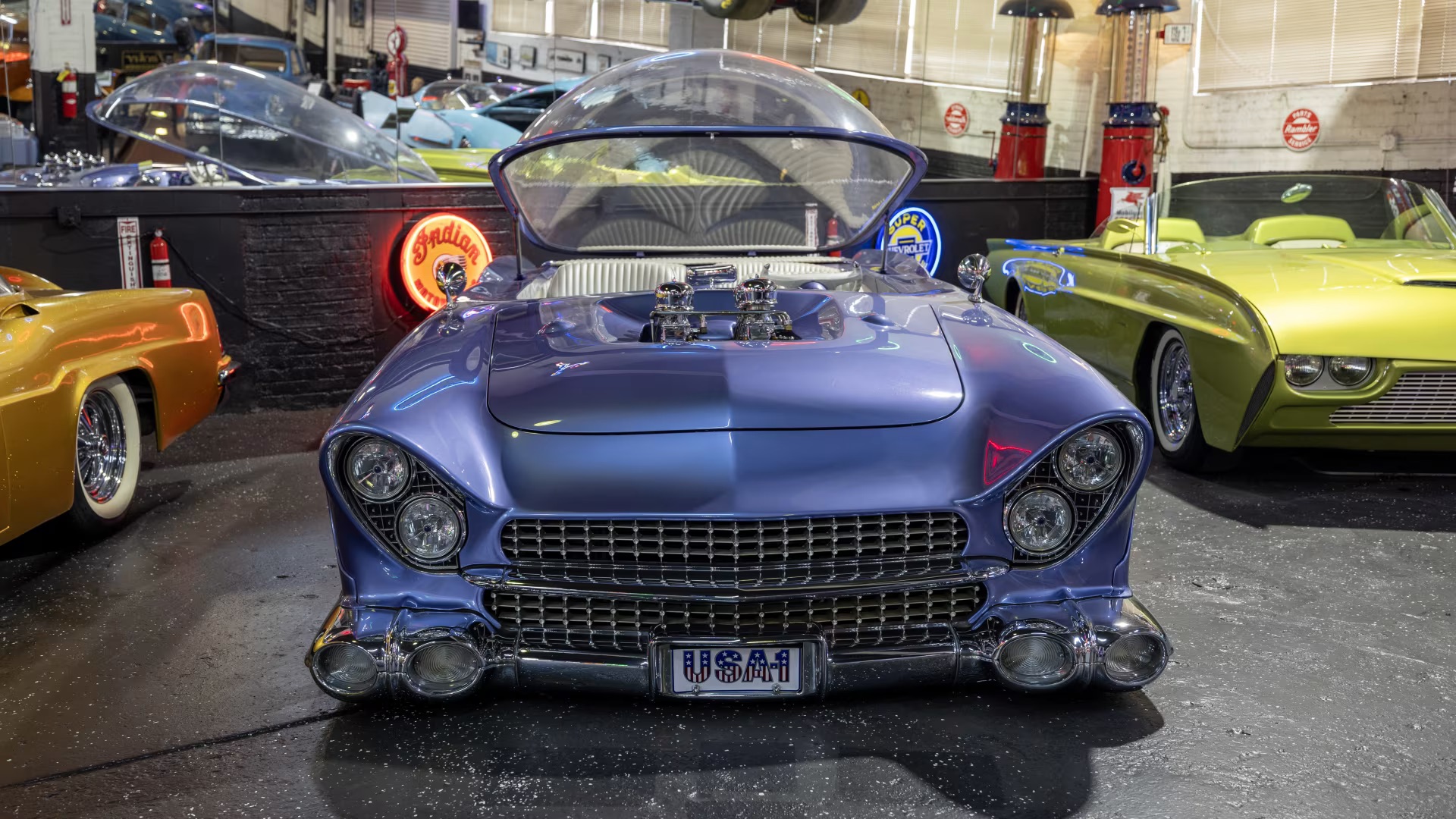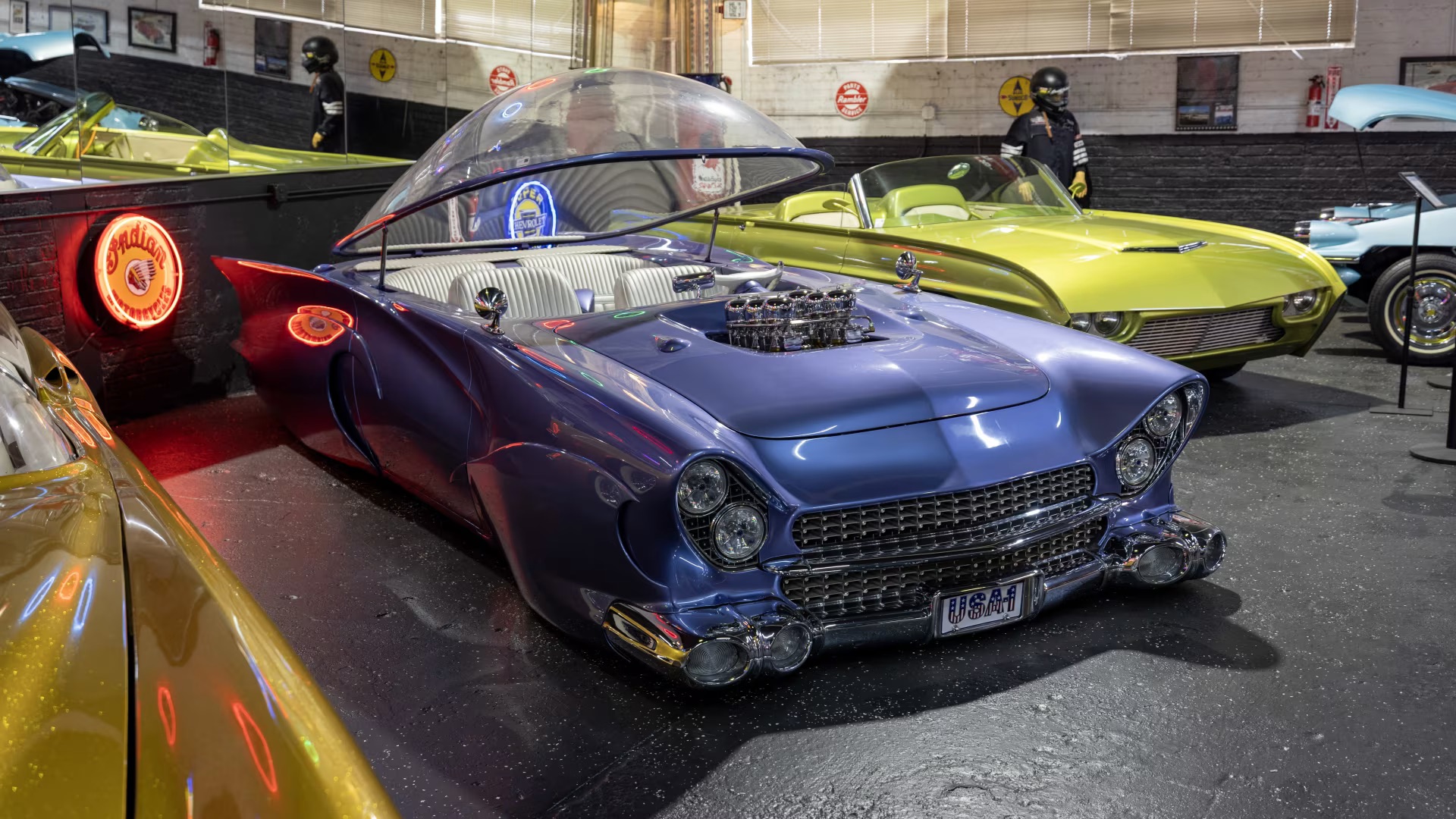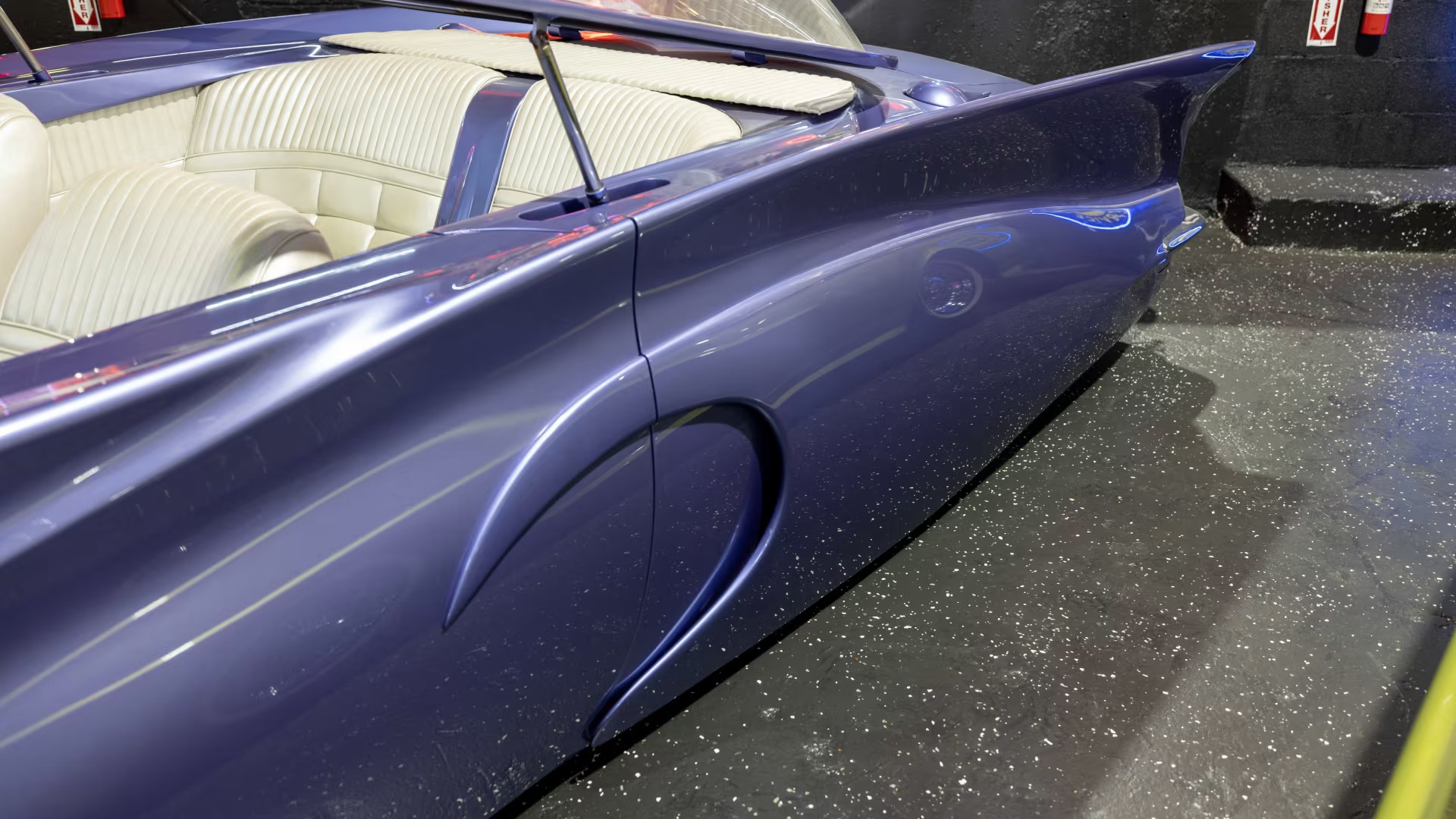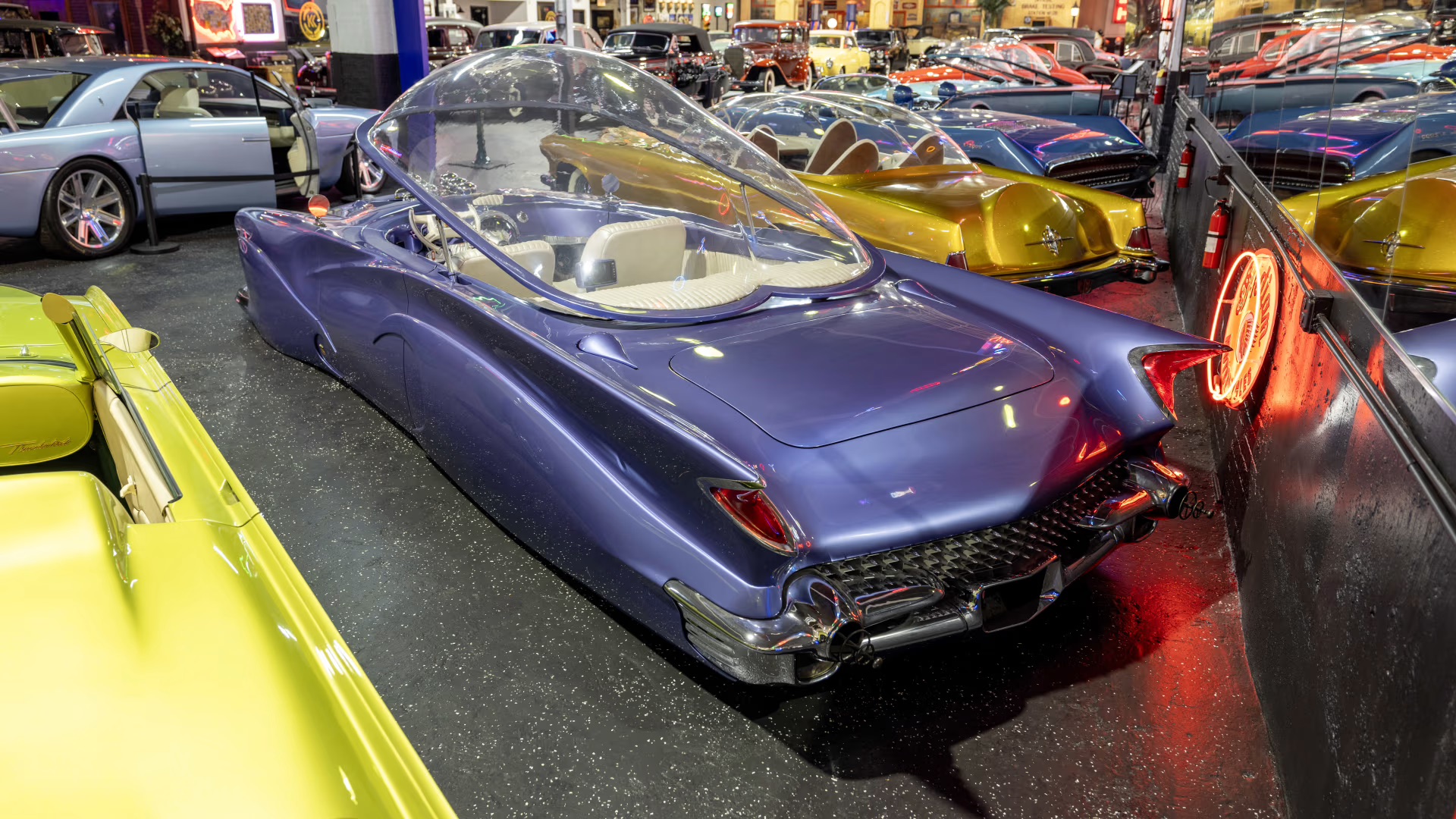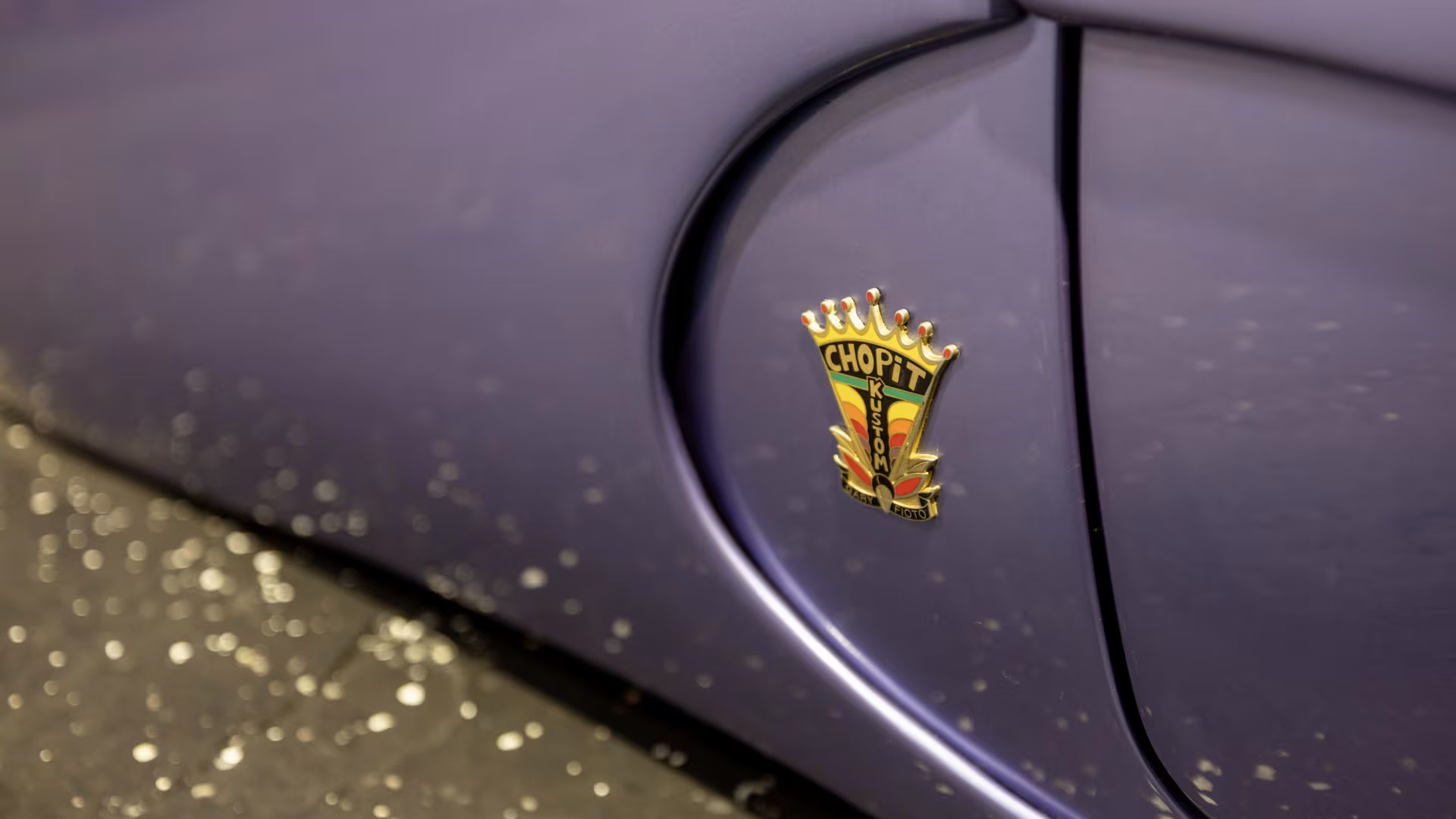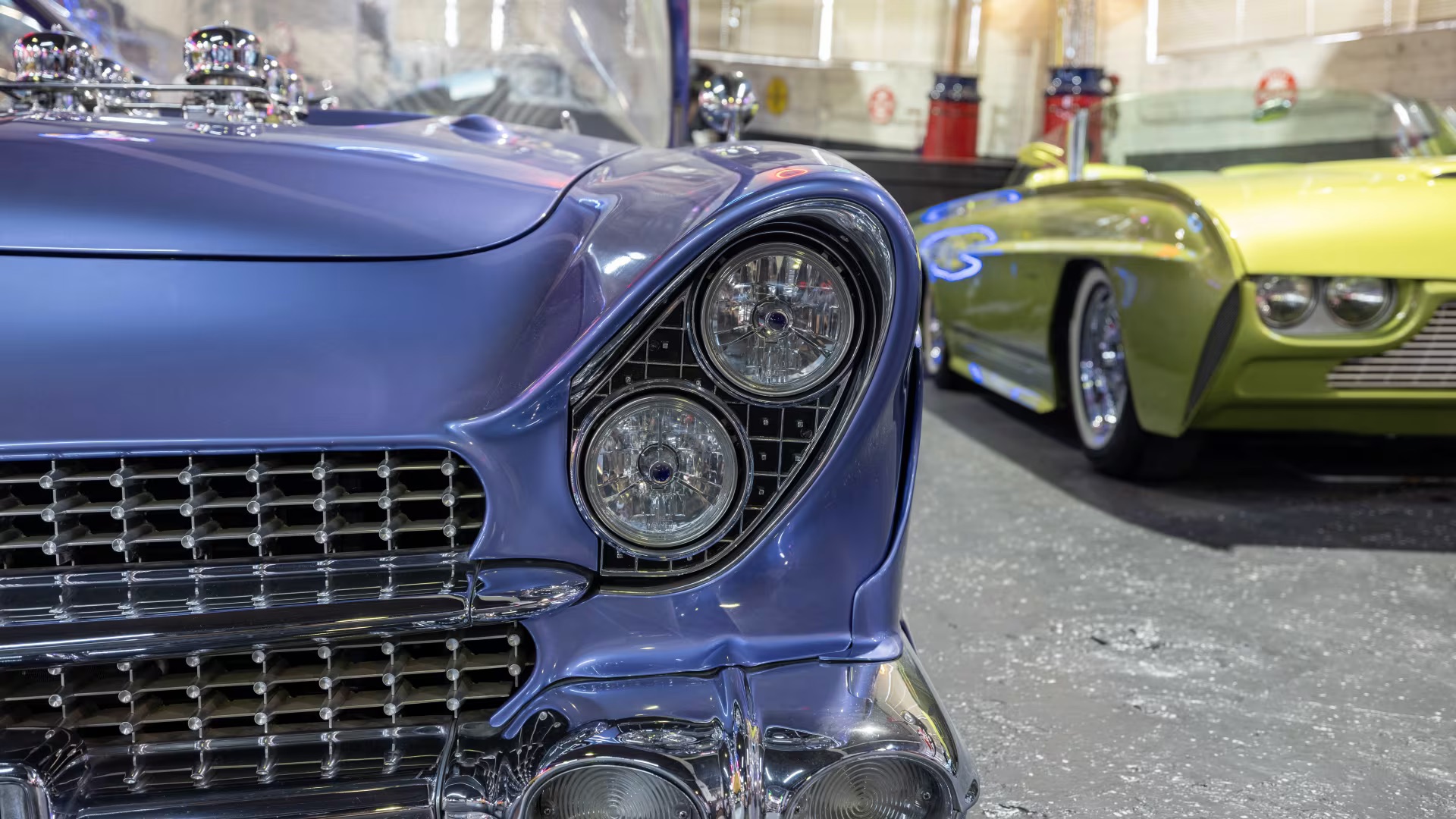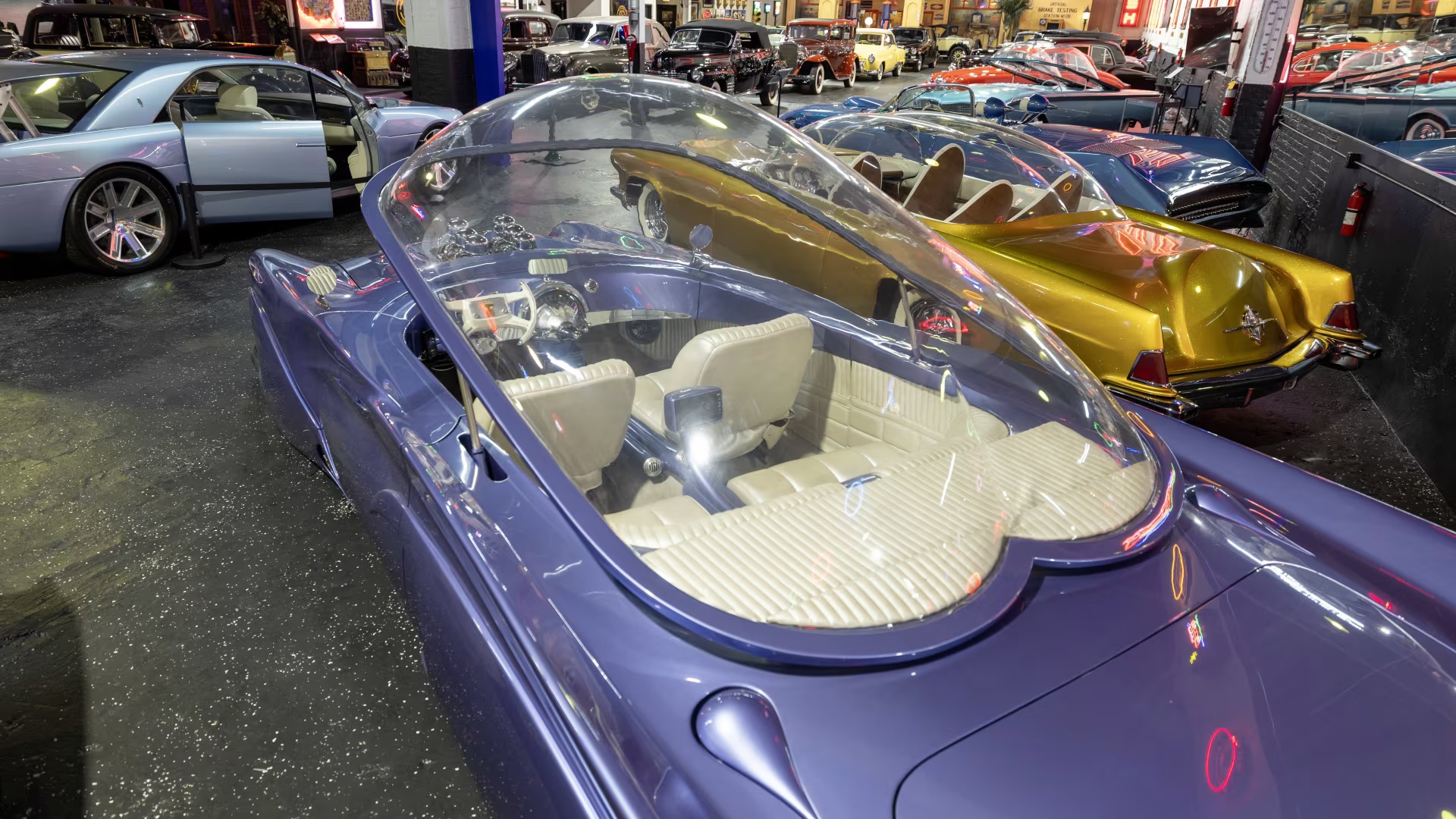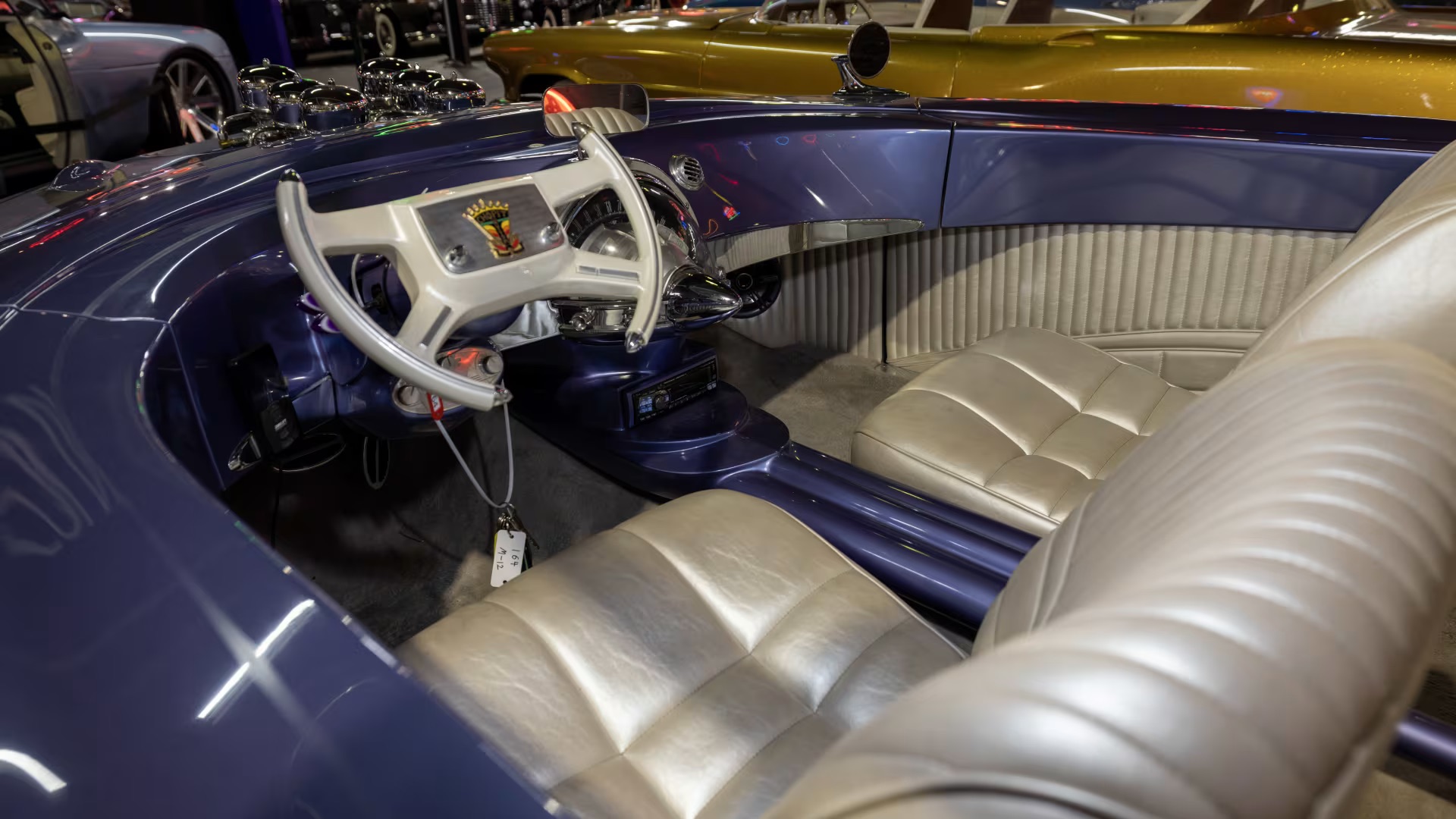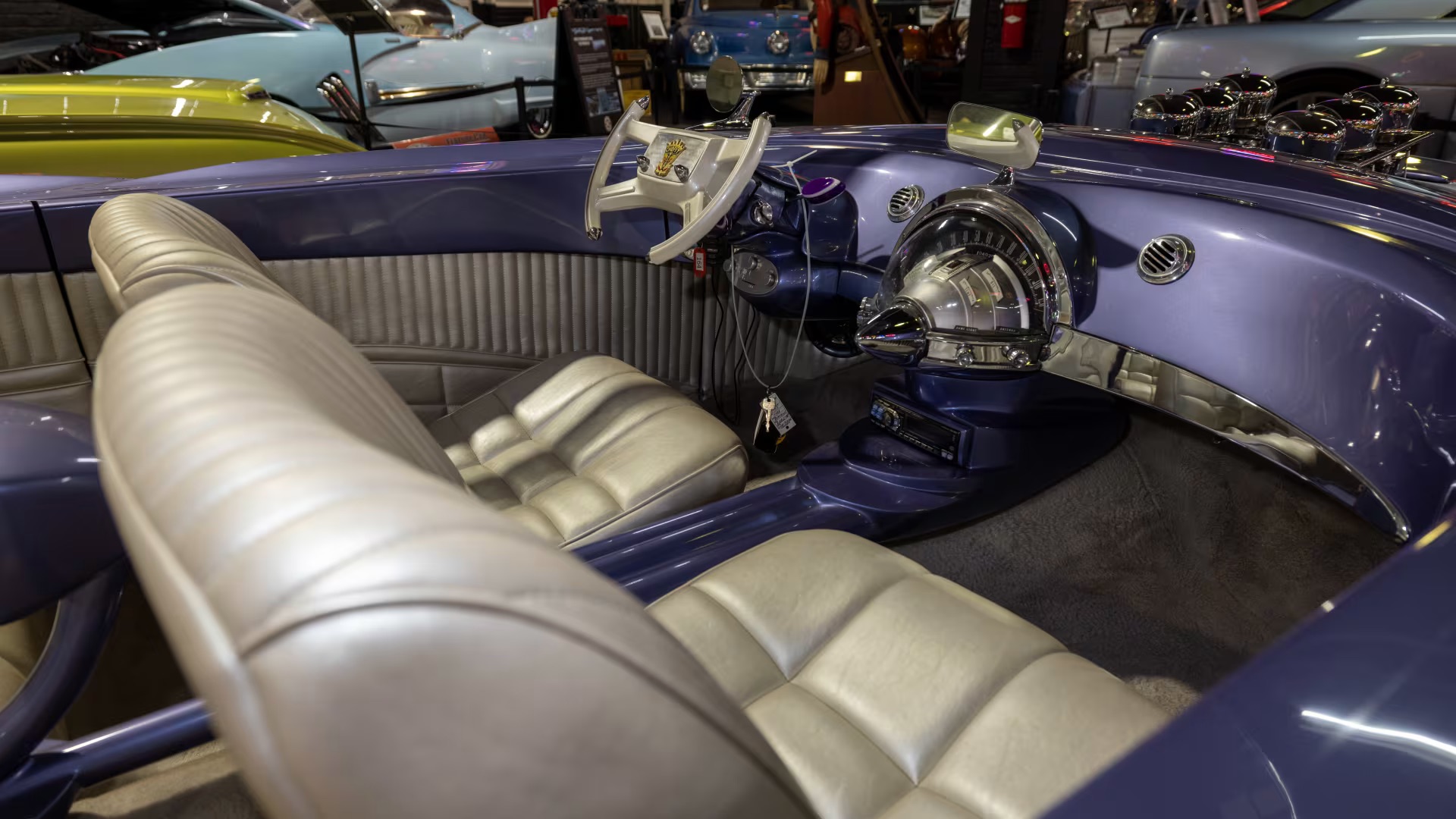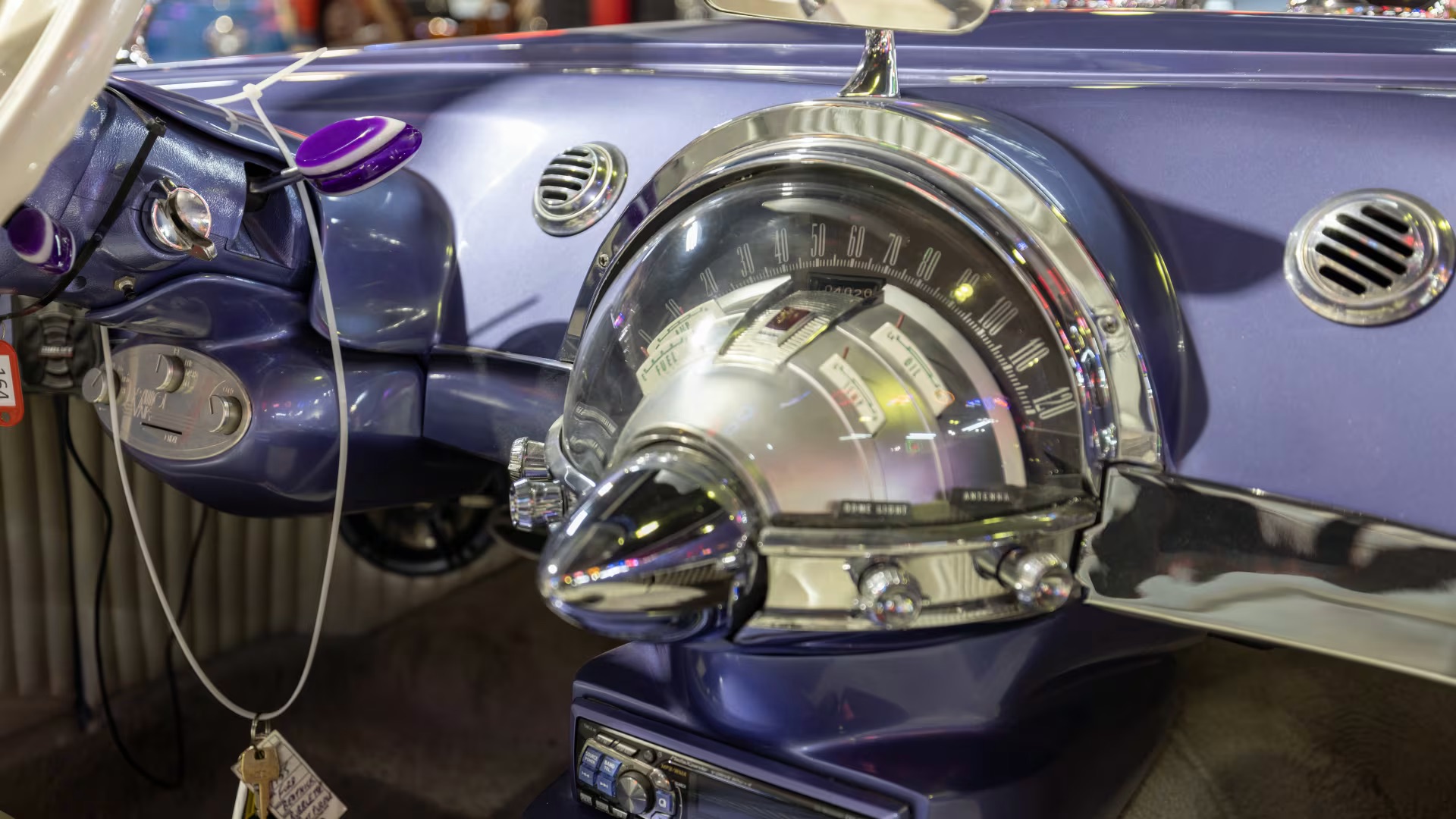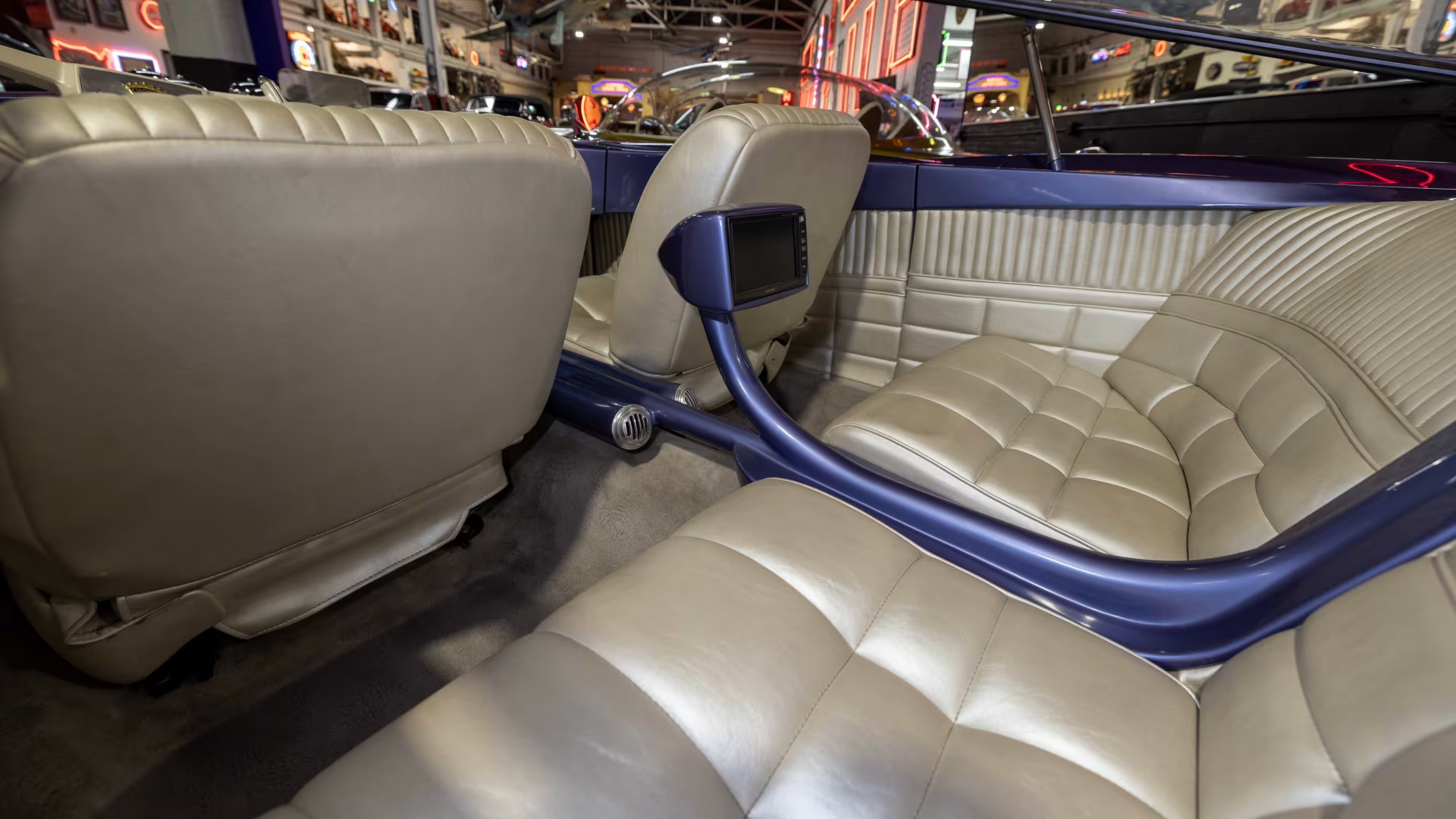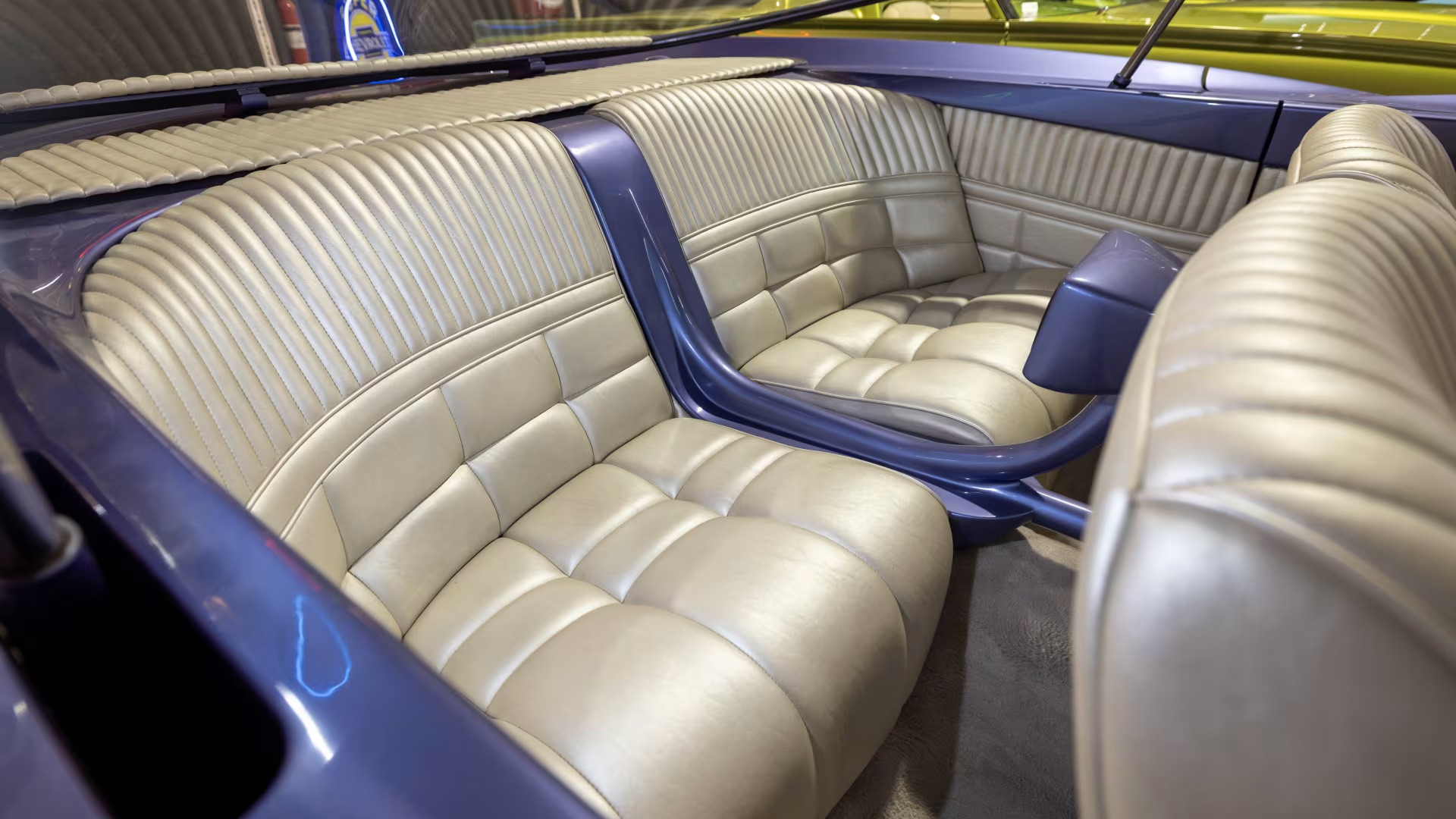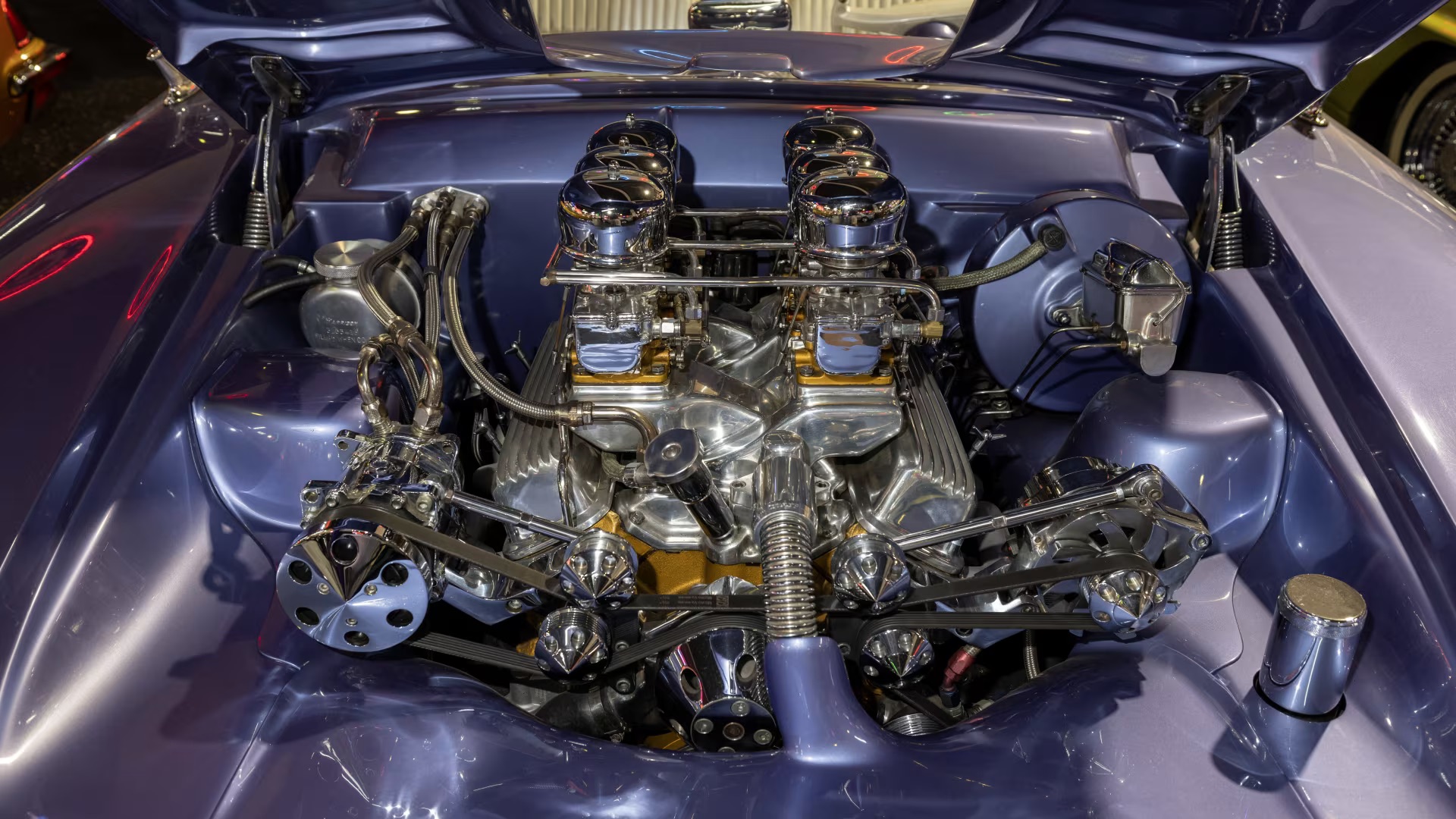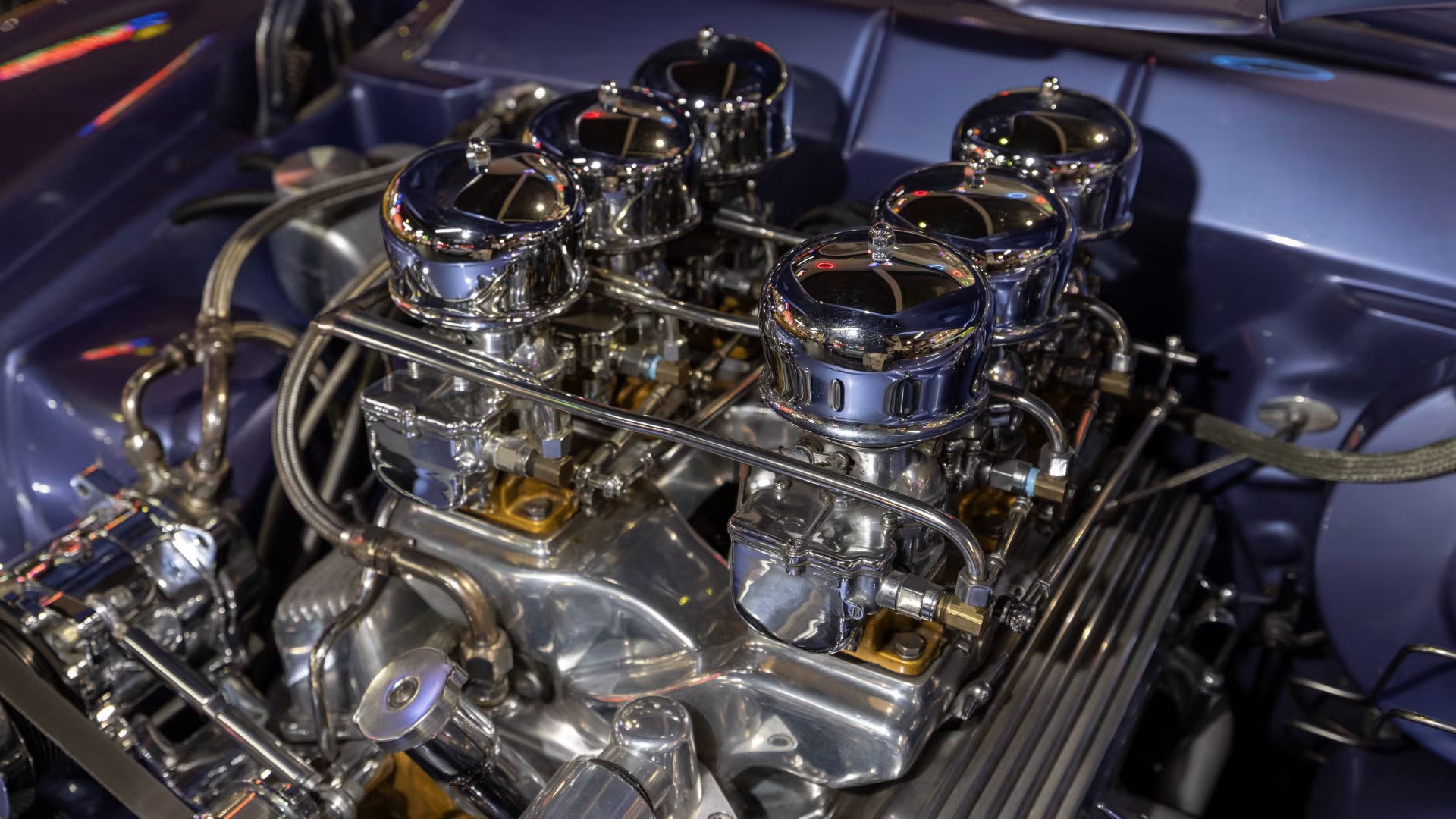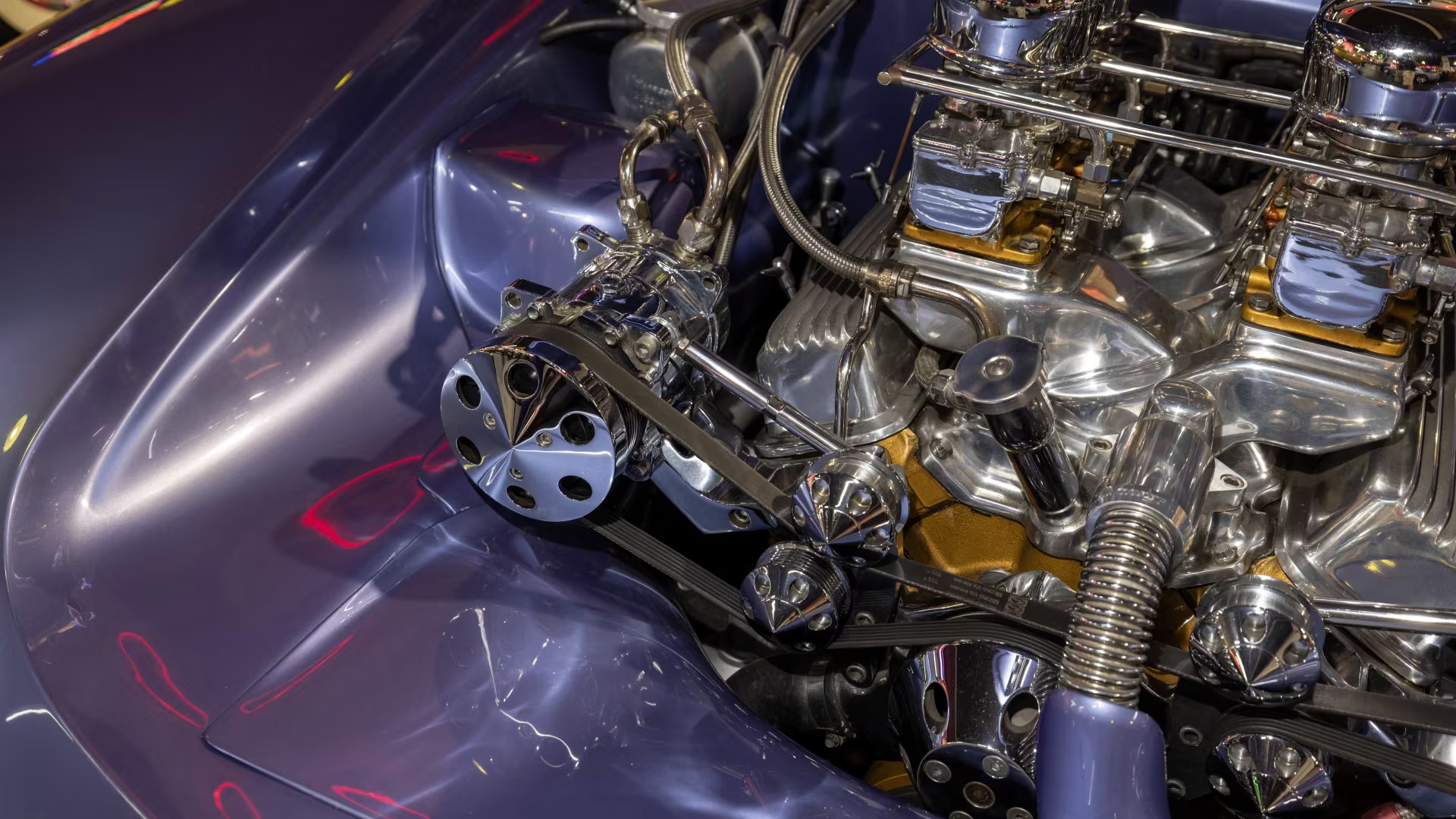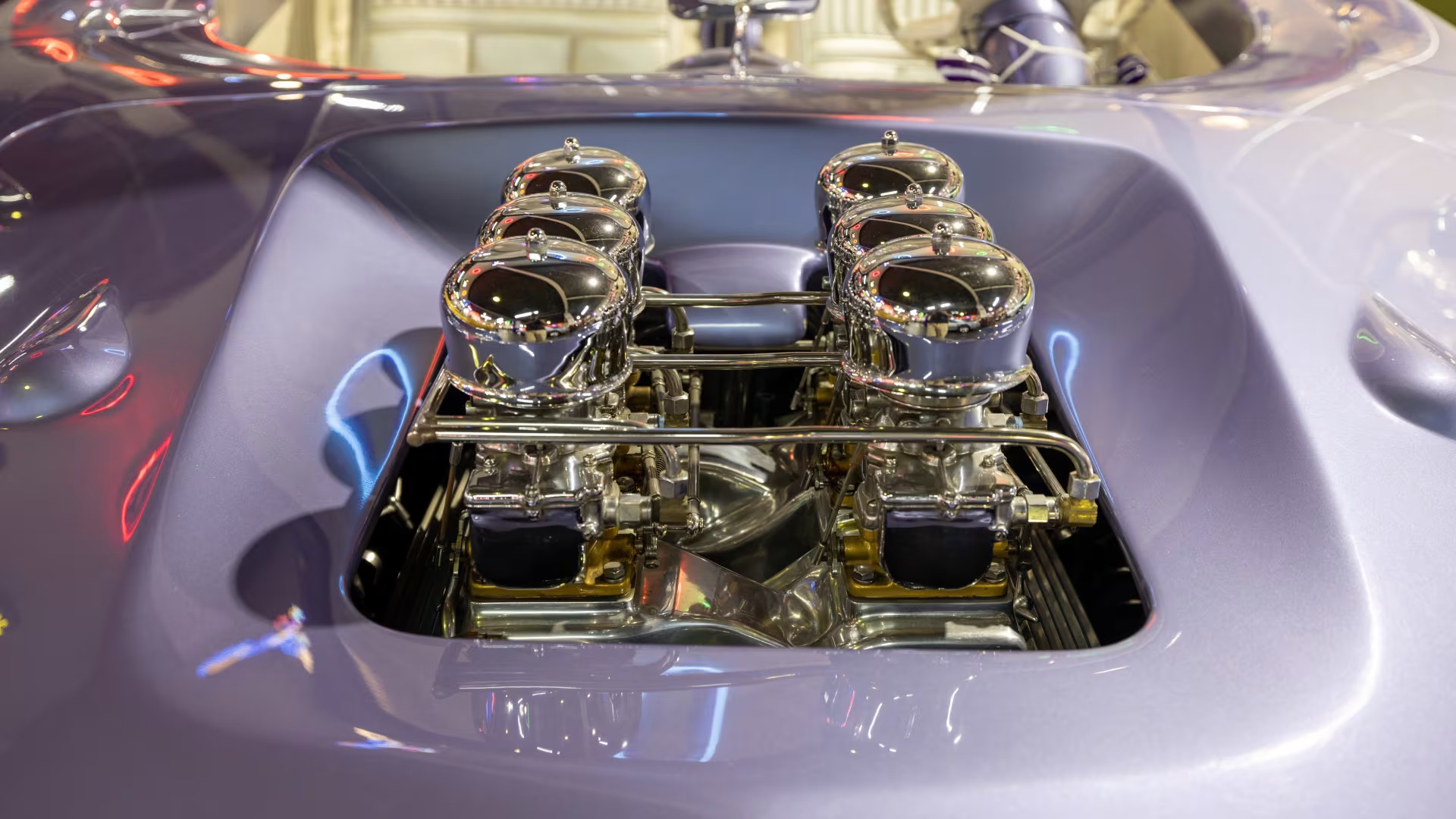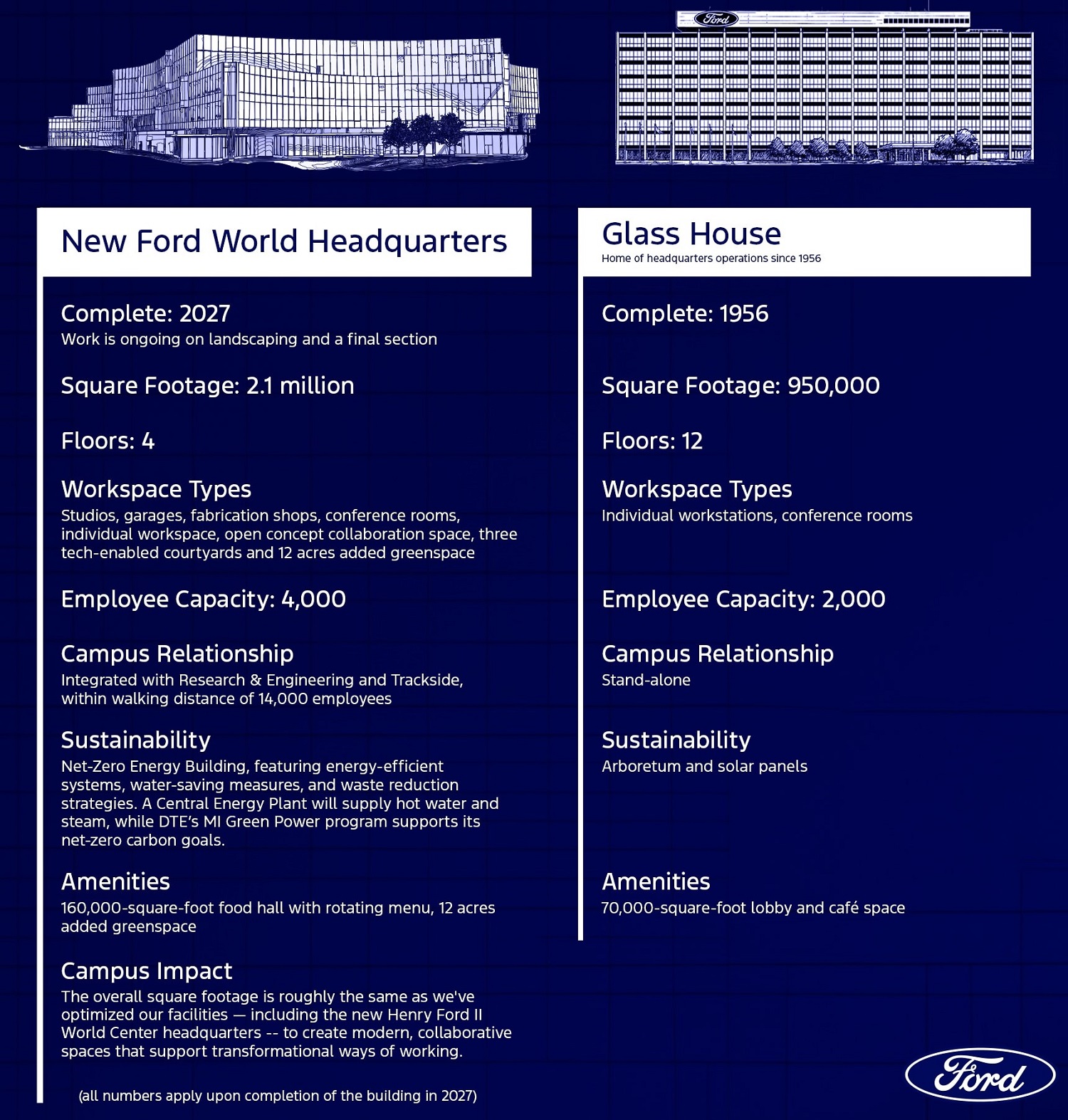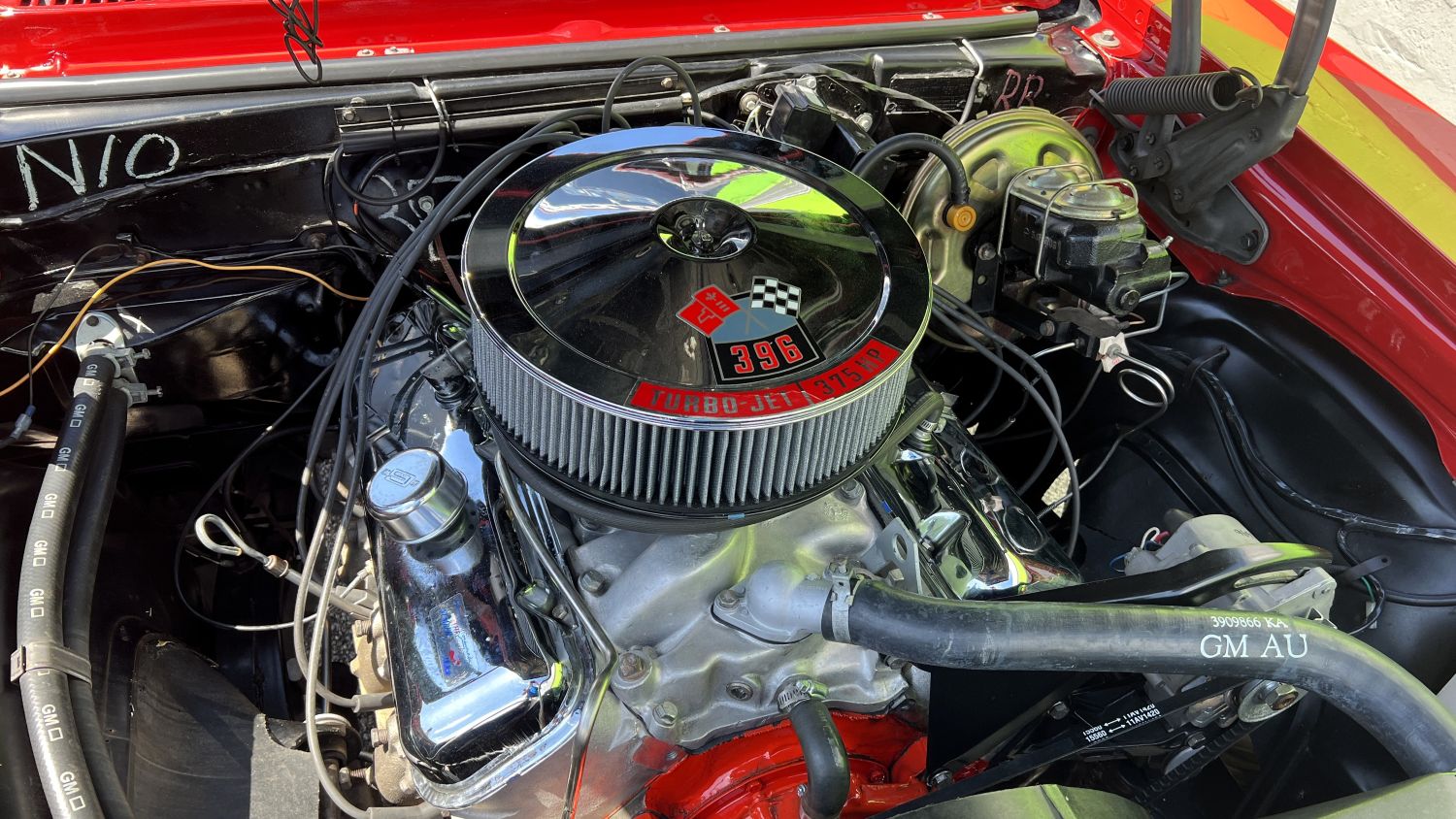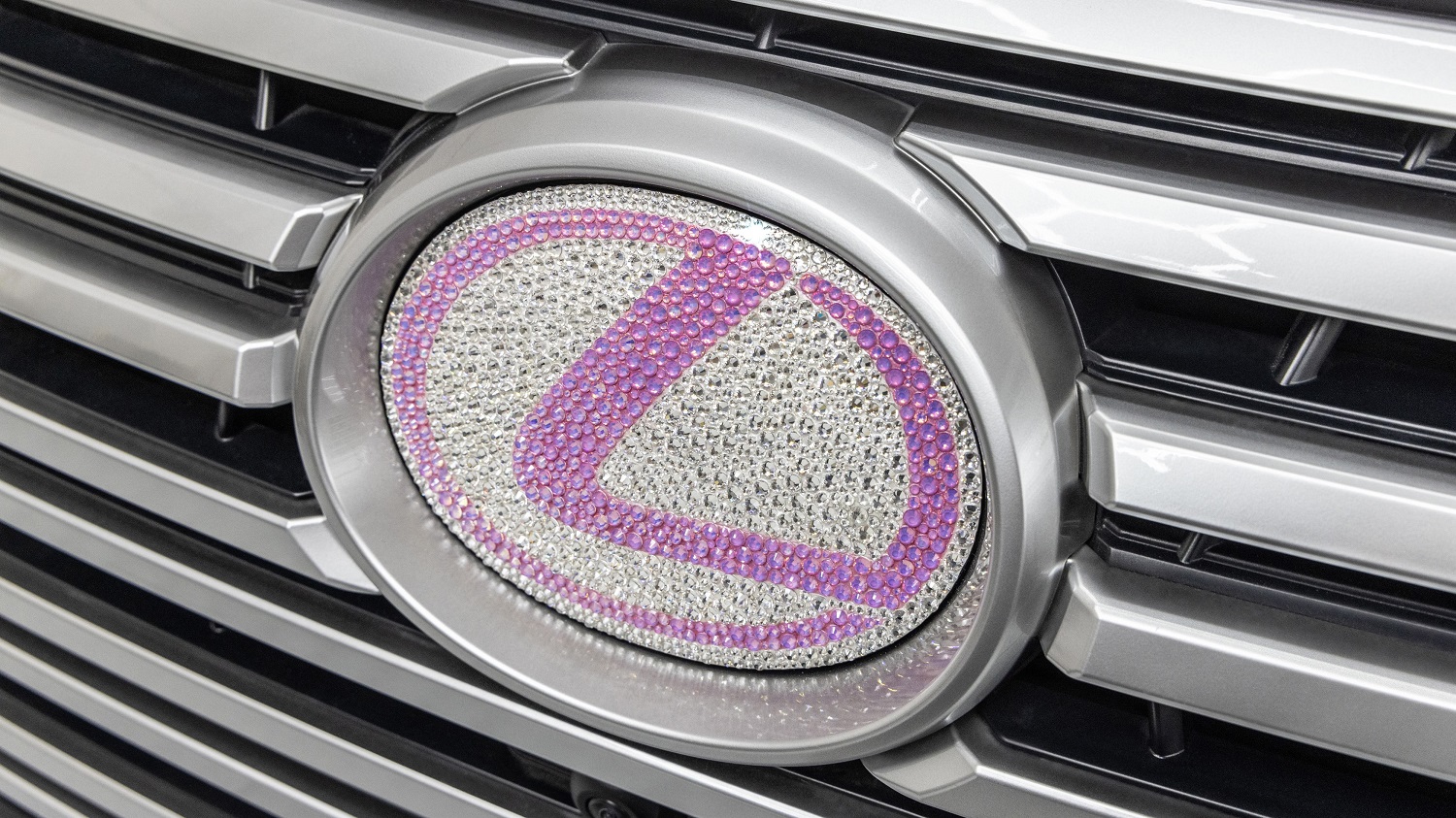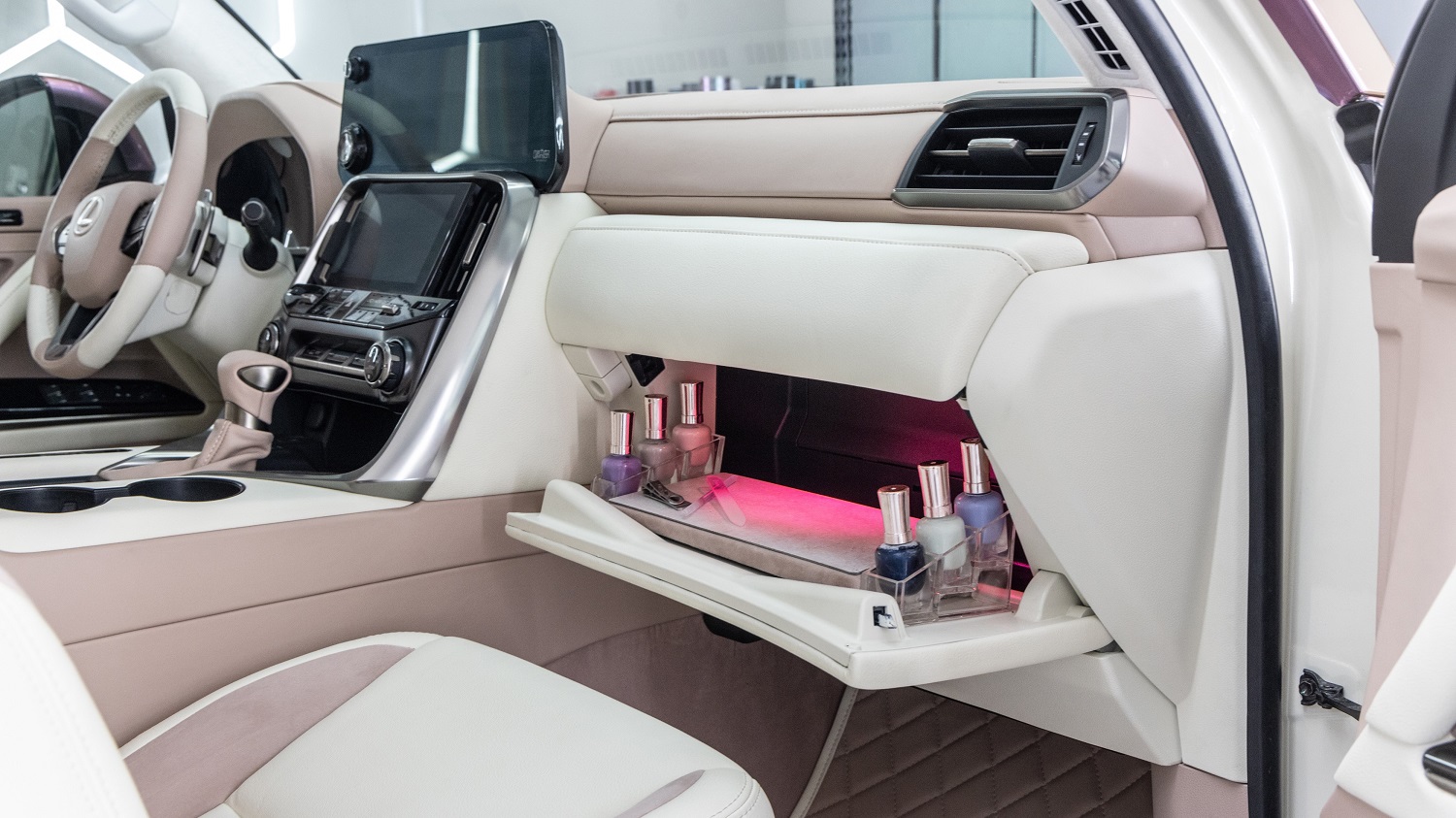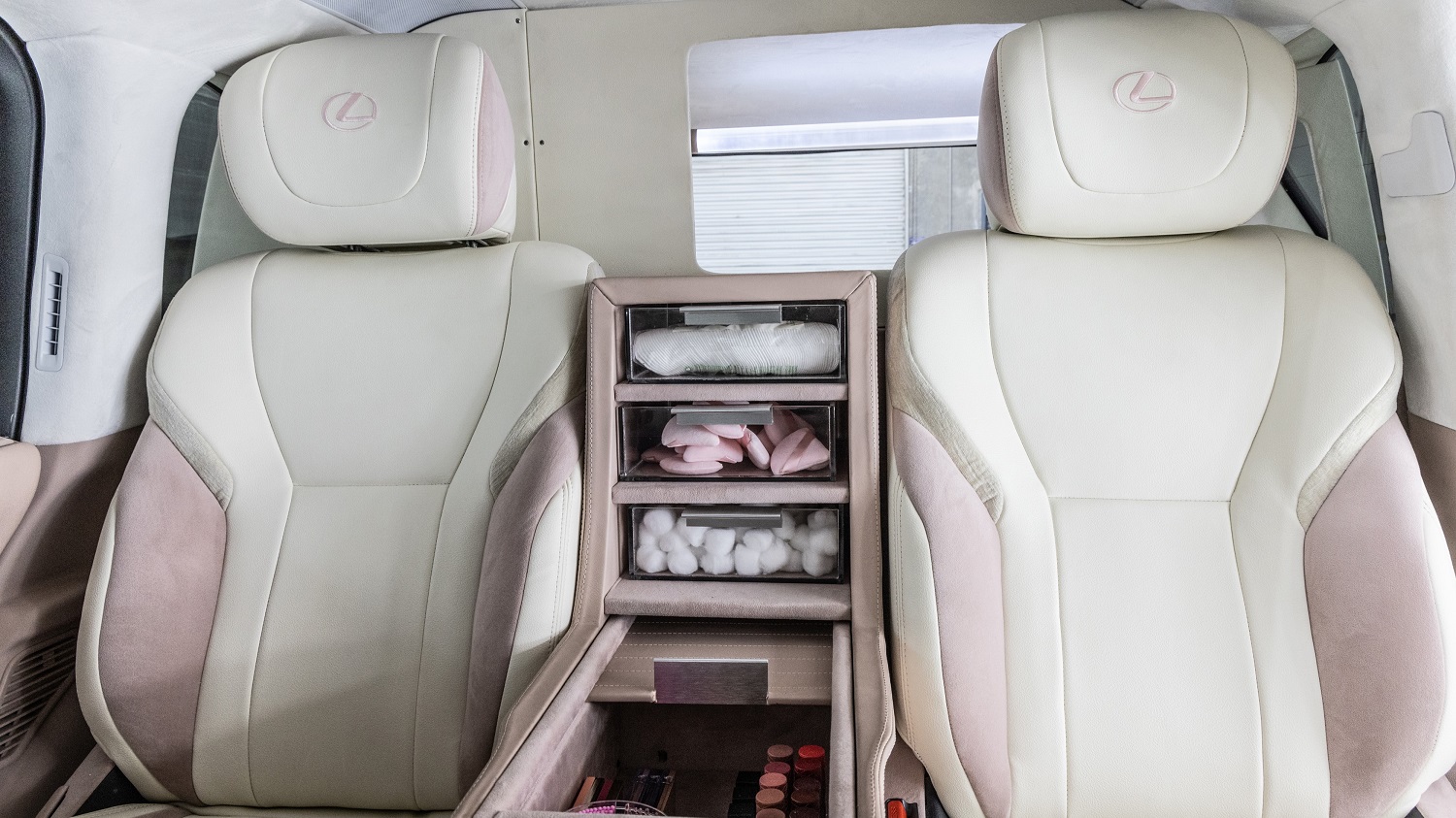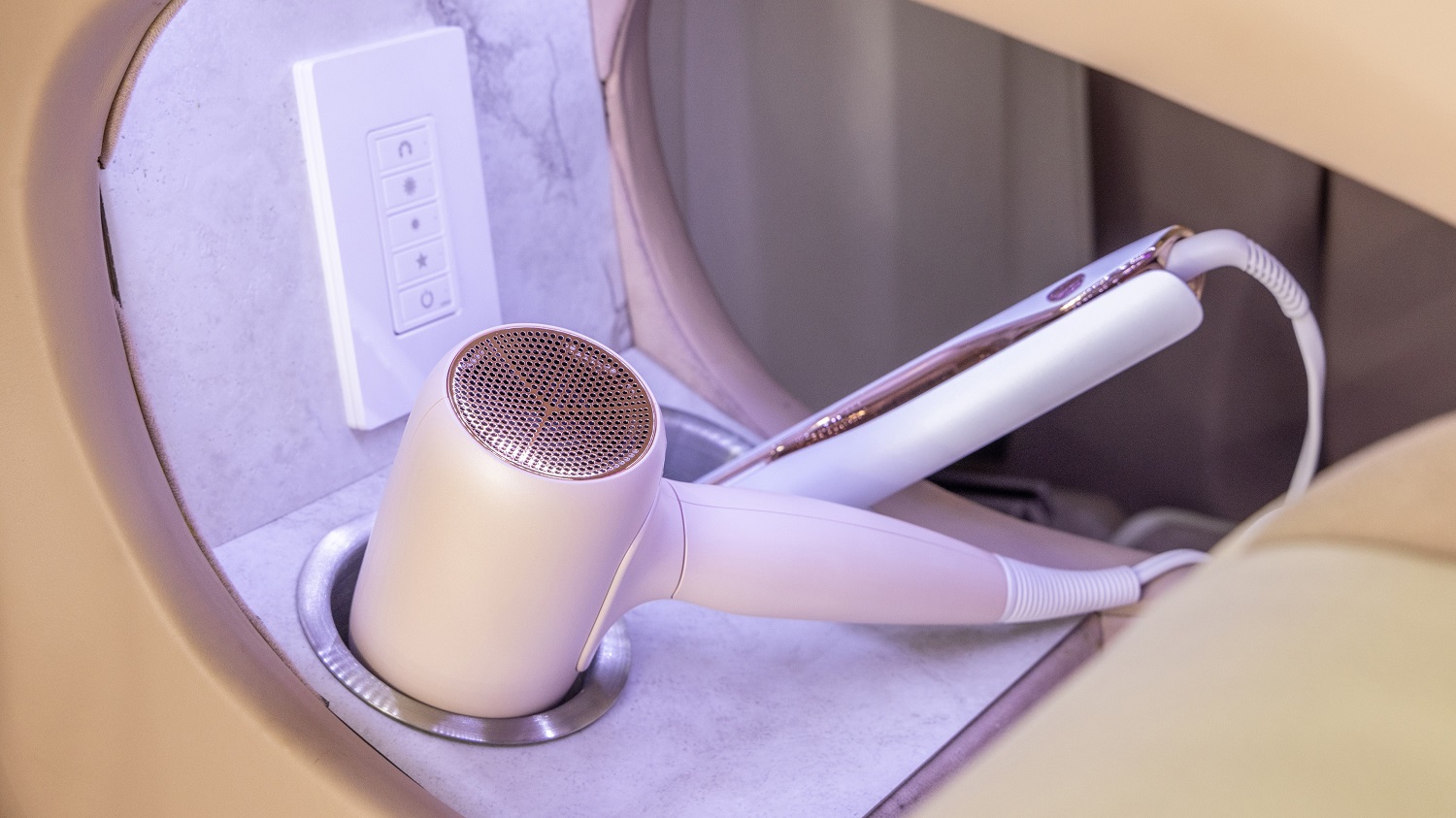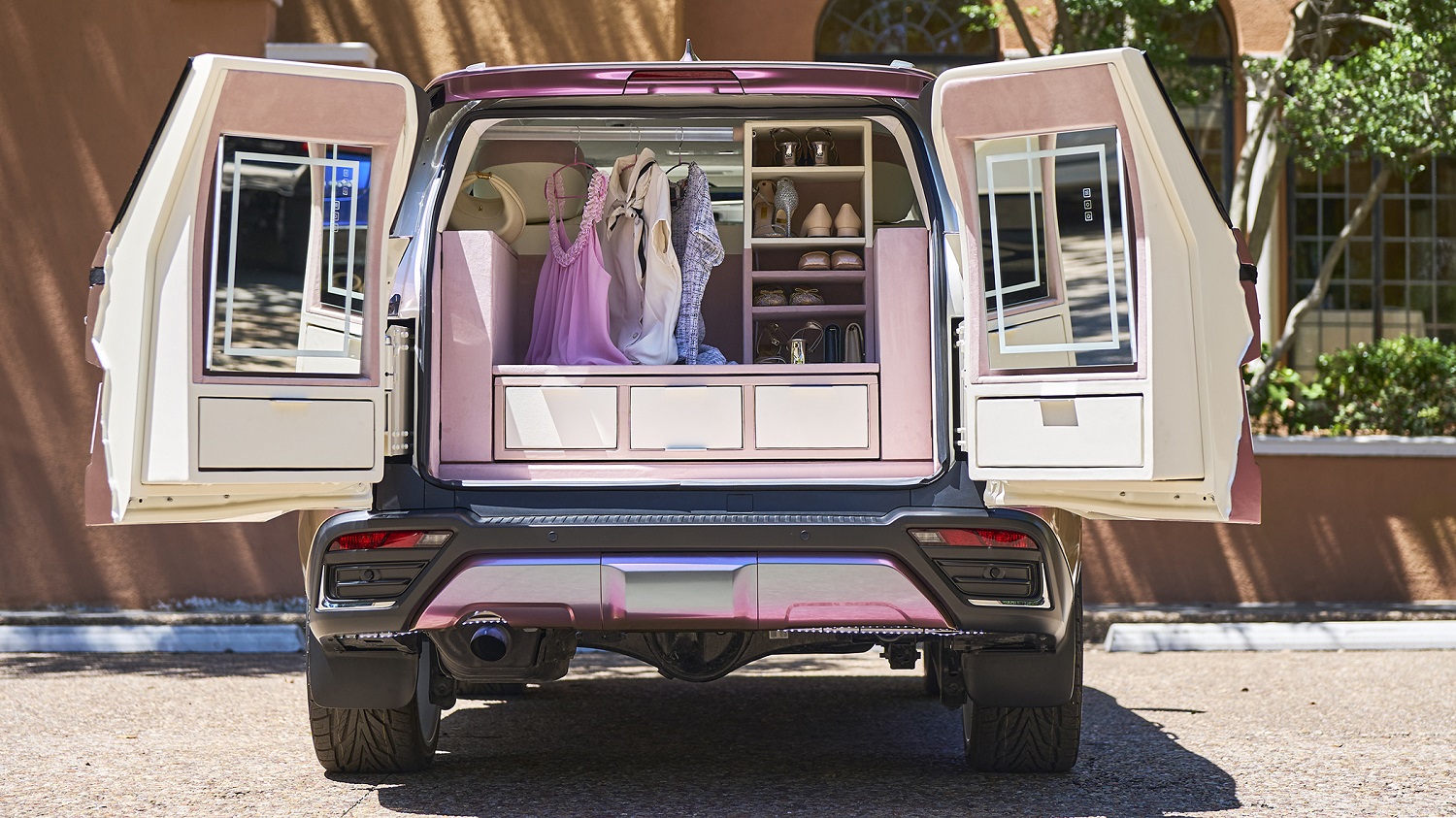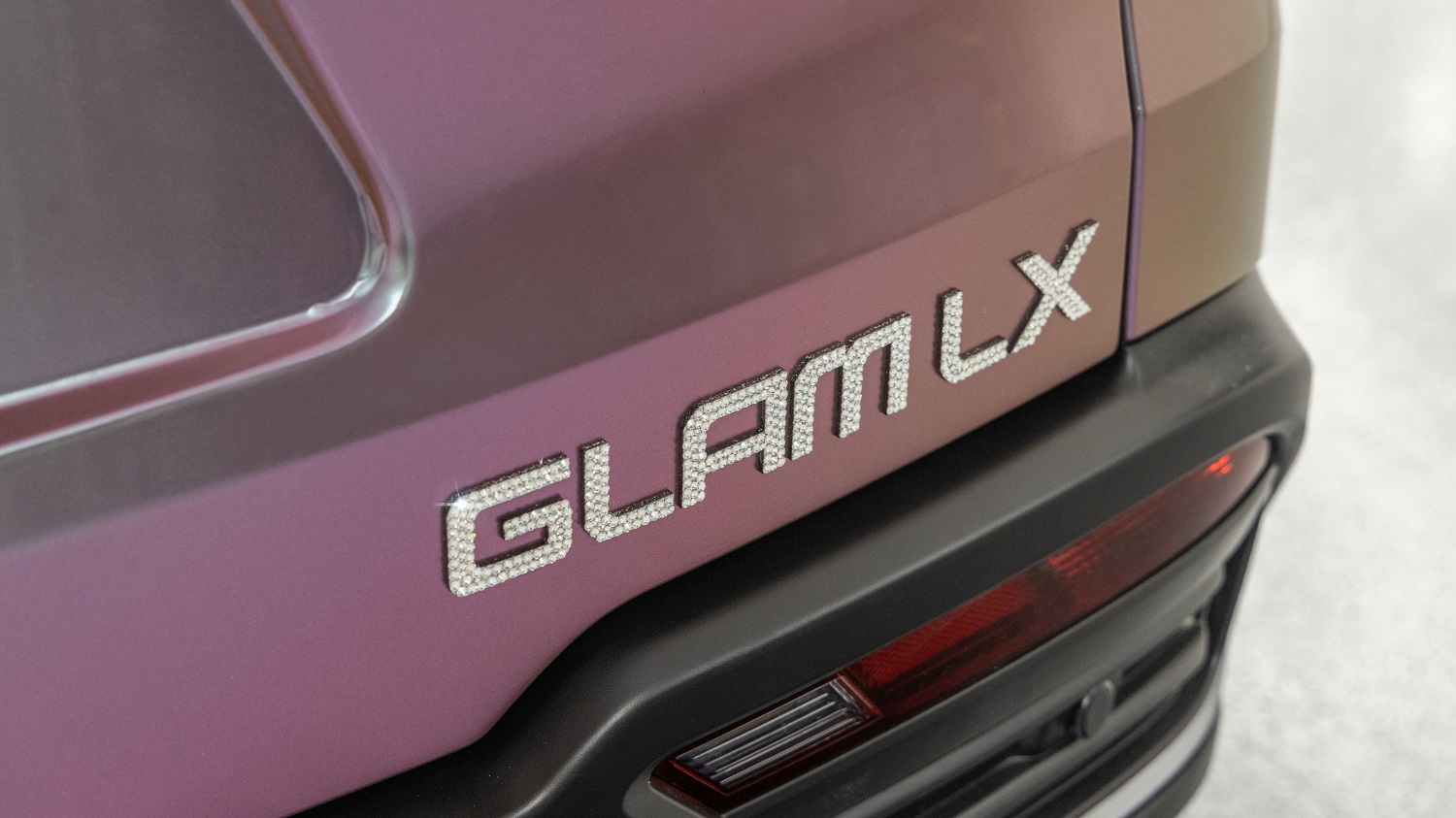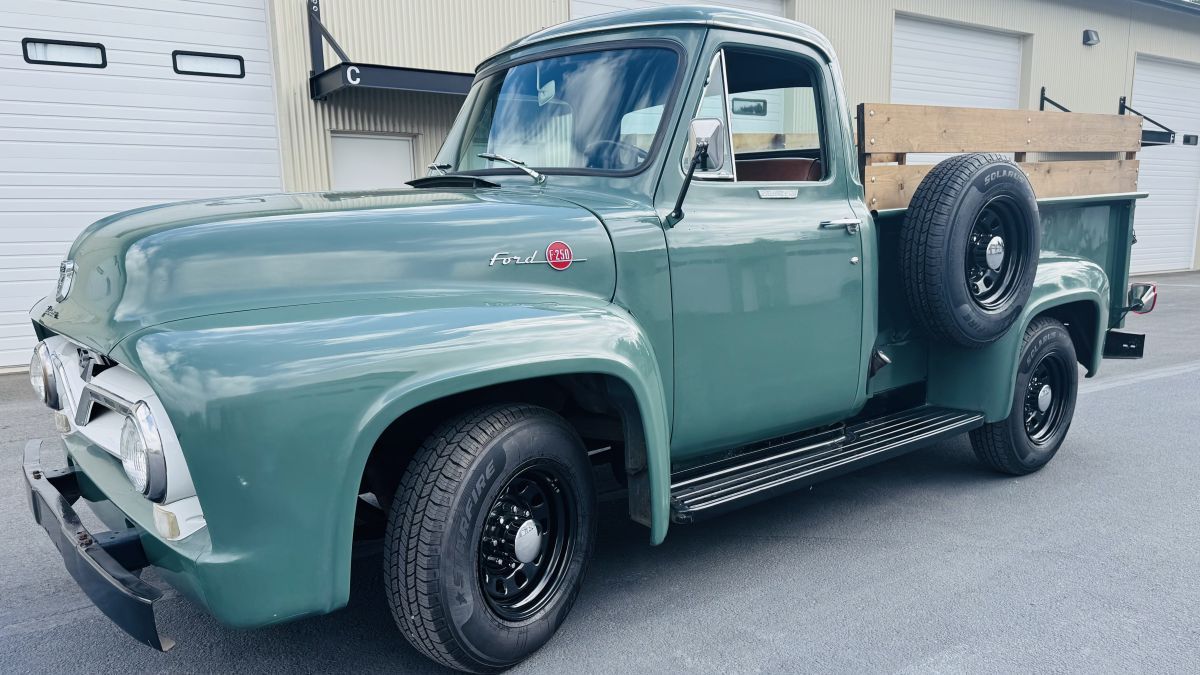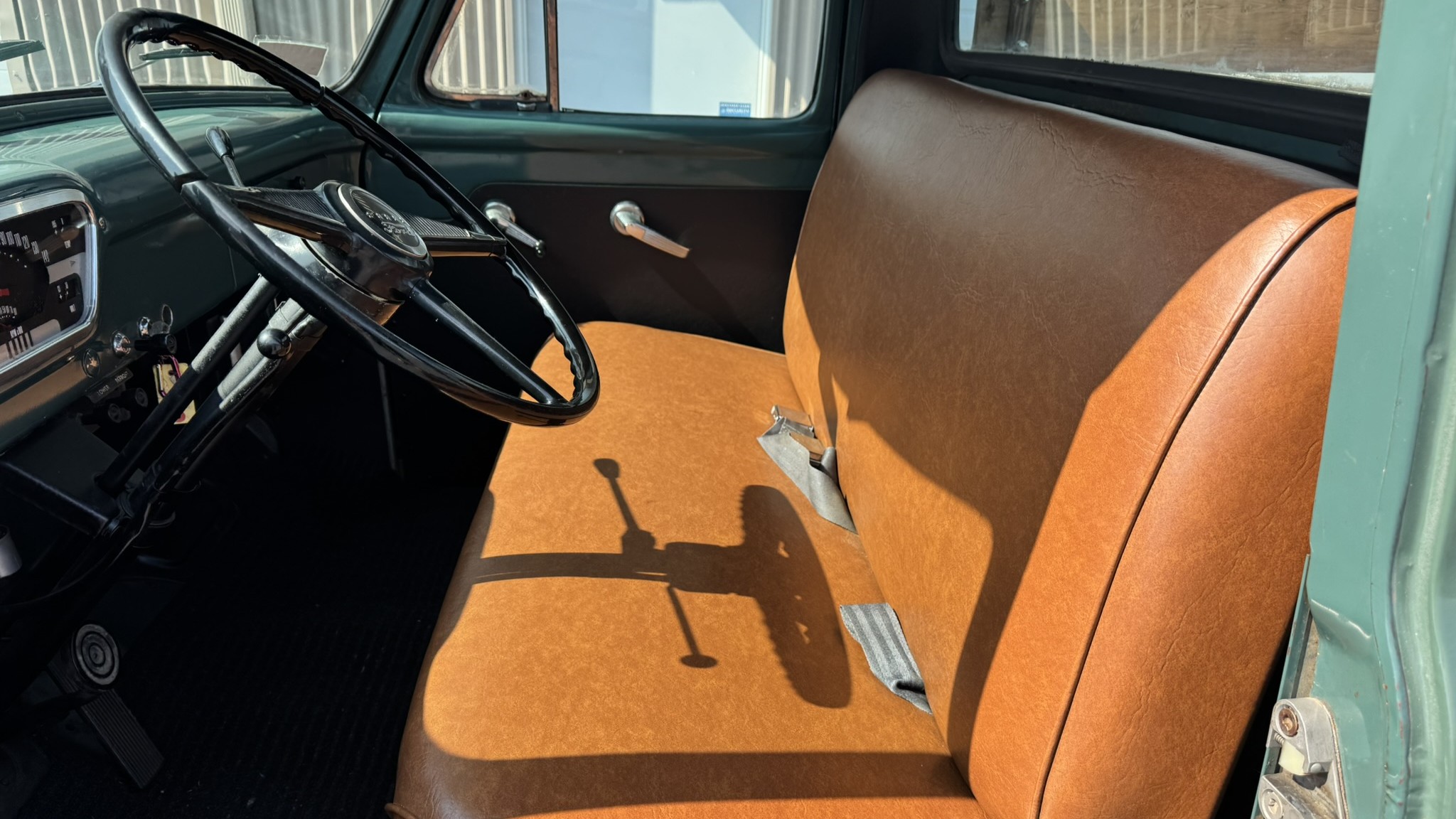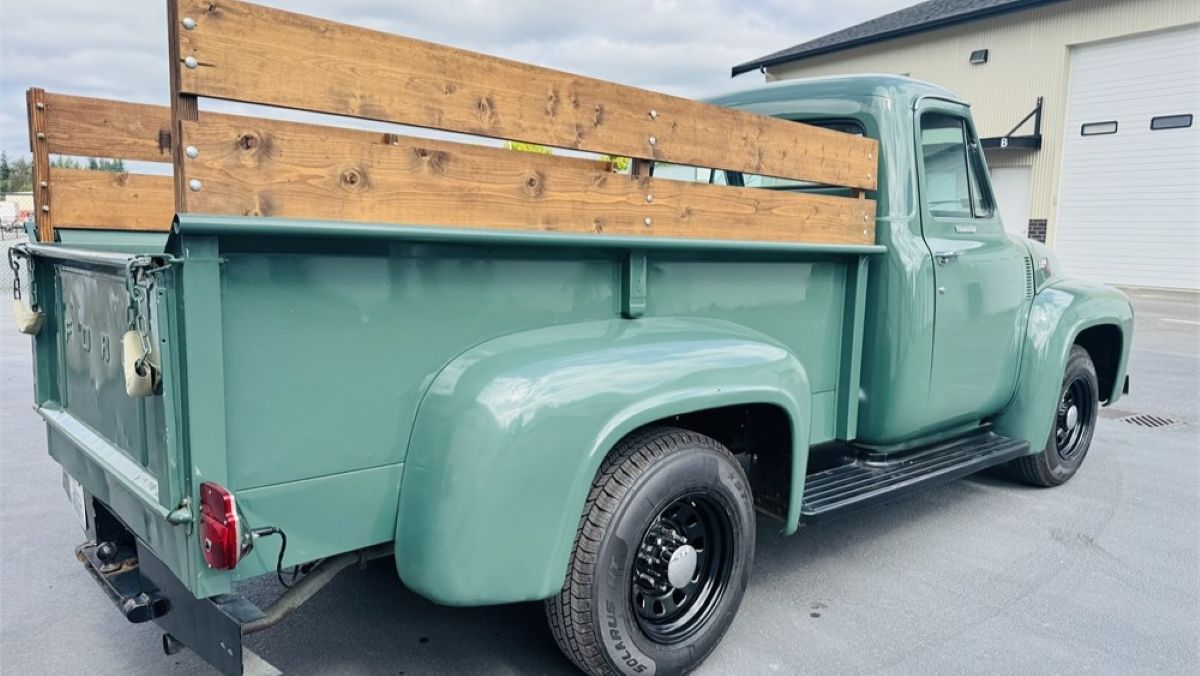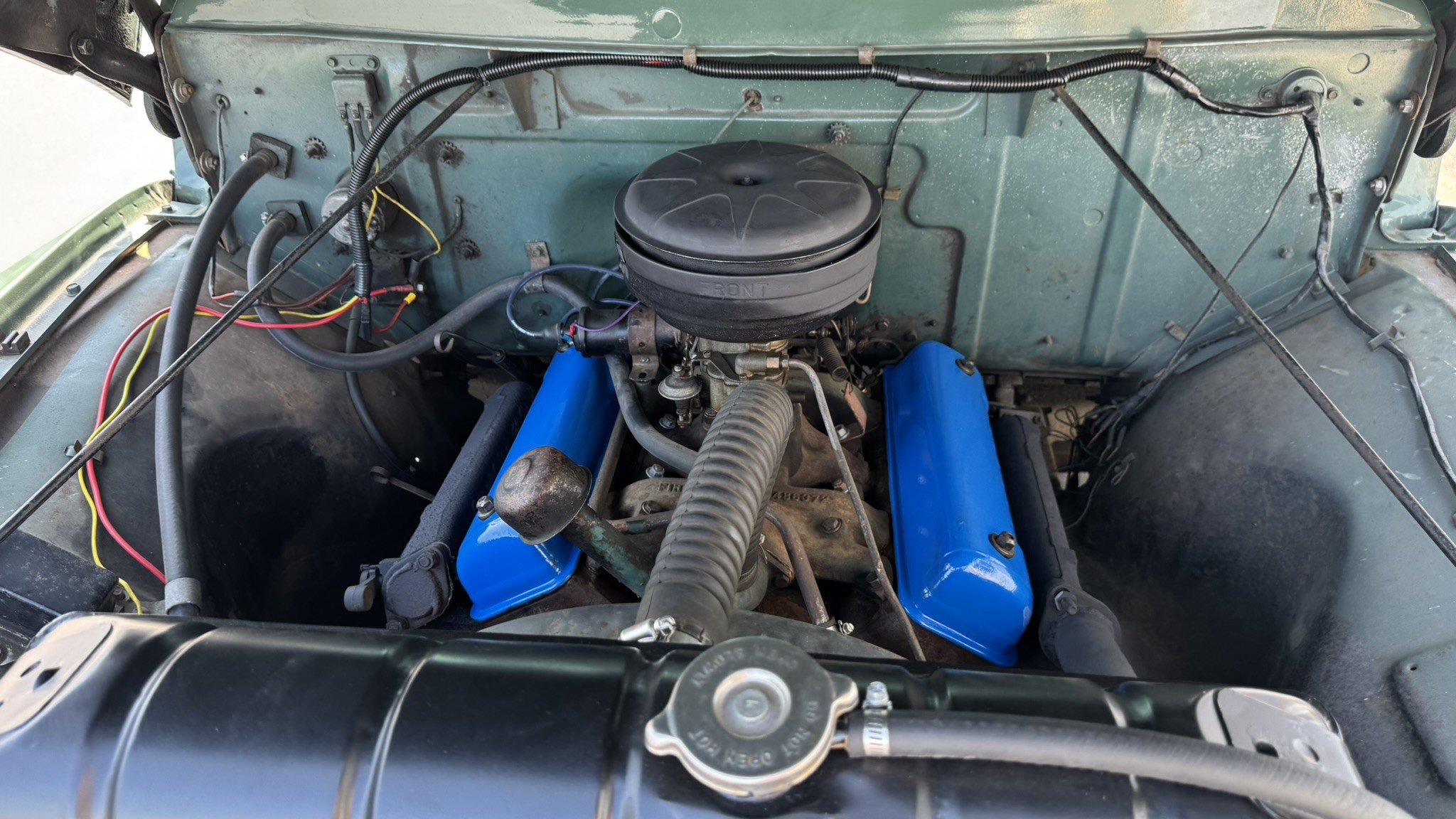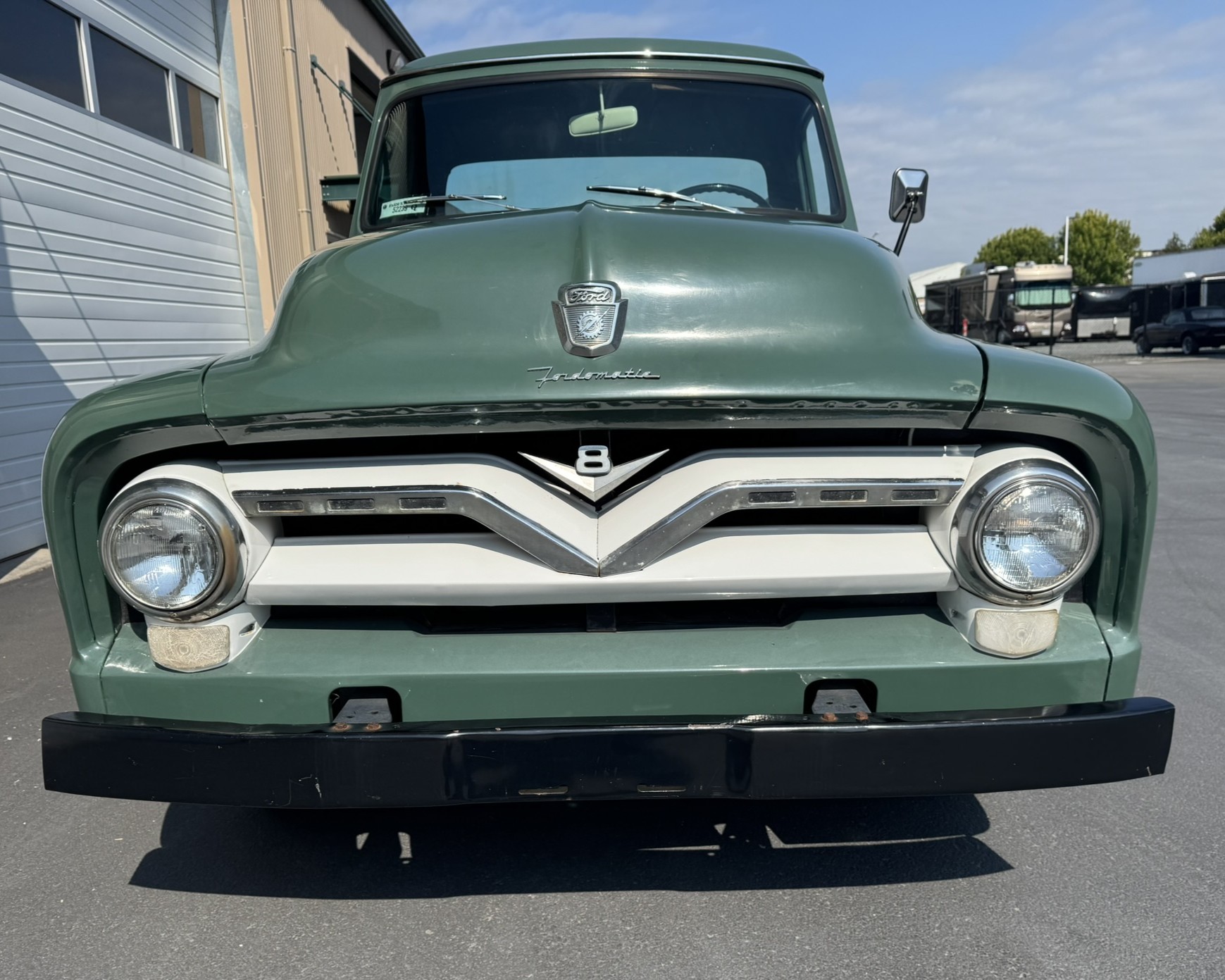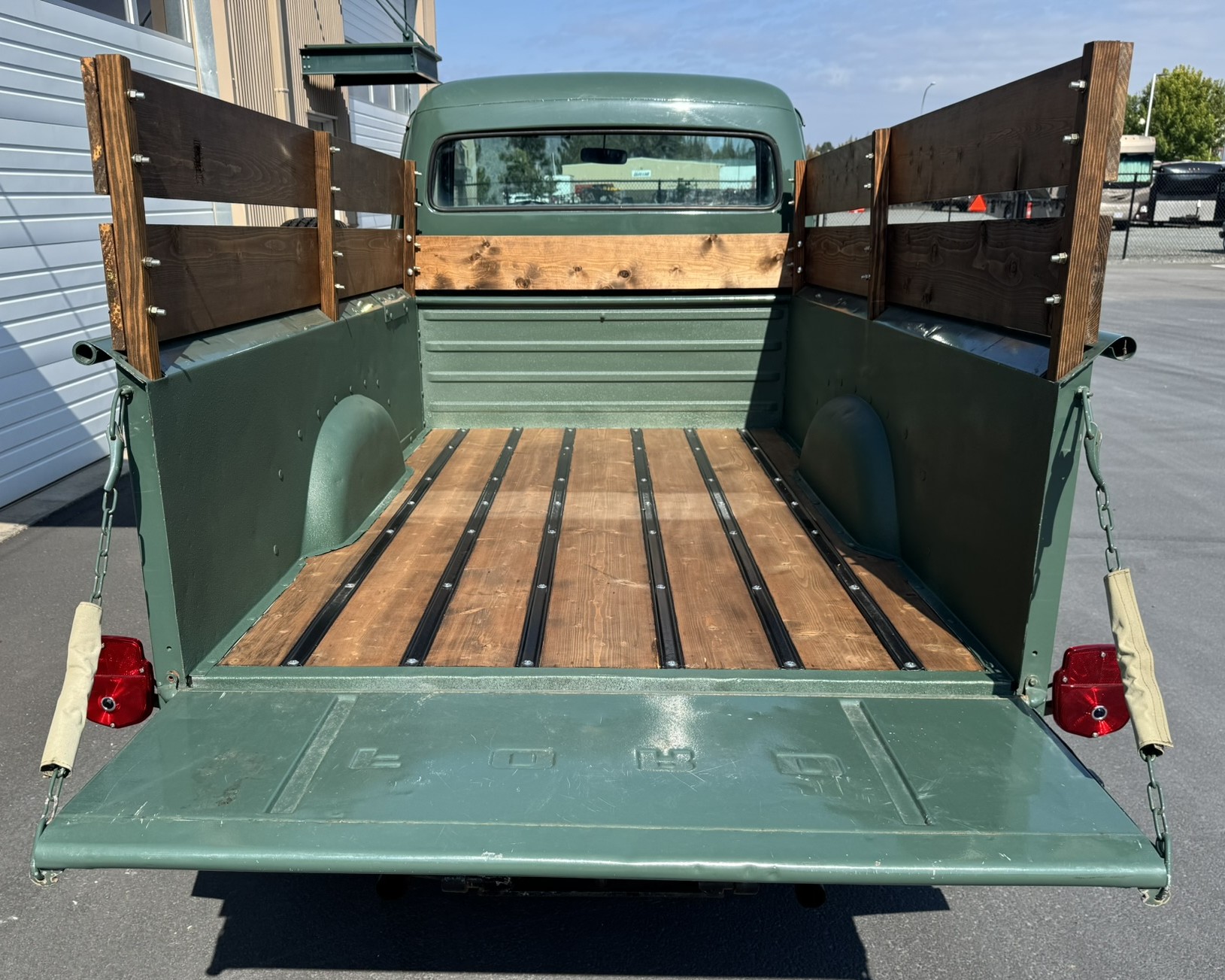The small-block engine is one of the most significant powerplants in automotive history, renowned for its compact design, reliability, and immense performance potential. First introduced by Chevrolet in 1955, the Small-Block Chevrolet (SBC) became a legend that reshaped the American auto industry and fueled the muscle car and hot-rodding movements for decades.
People love small-block engines because they are a versatile, compact, and lightweight alternative to larger engines, offering a good balance of power, performance, and affordability, especially in classic vehicles and hot rods. Their widespread availability of aftermarket parts makes them a customizable and reliable option for enthusiasts to build, modify, and maintain with readily available knowledge and components, leading to their dominance in the performance and racing communities.
Historically, the Ford Mustang 289 Hi-Po, the Chevy Camaro SS 350, and the 1968 Dodge Dart GTS with its 340 cubic-inch engine are recognized as powerful and influential small-block examples, but for this article we wanted to take a look at a few of the less heard of “underdogs,” all found on Hemmings Marketplace.
1968 Mercury Cougar
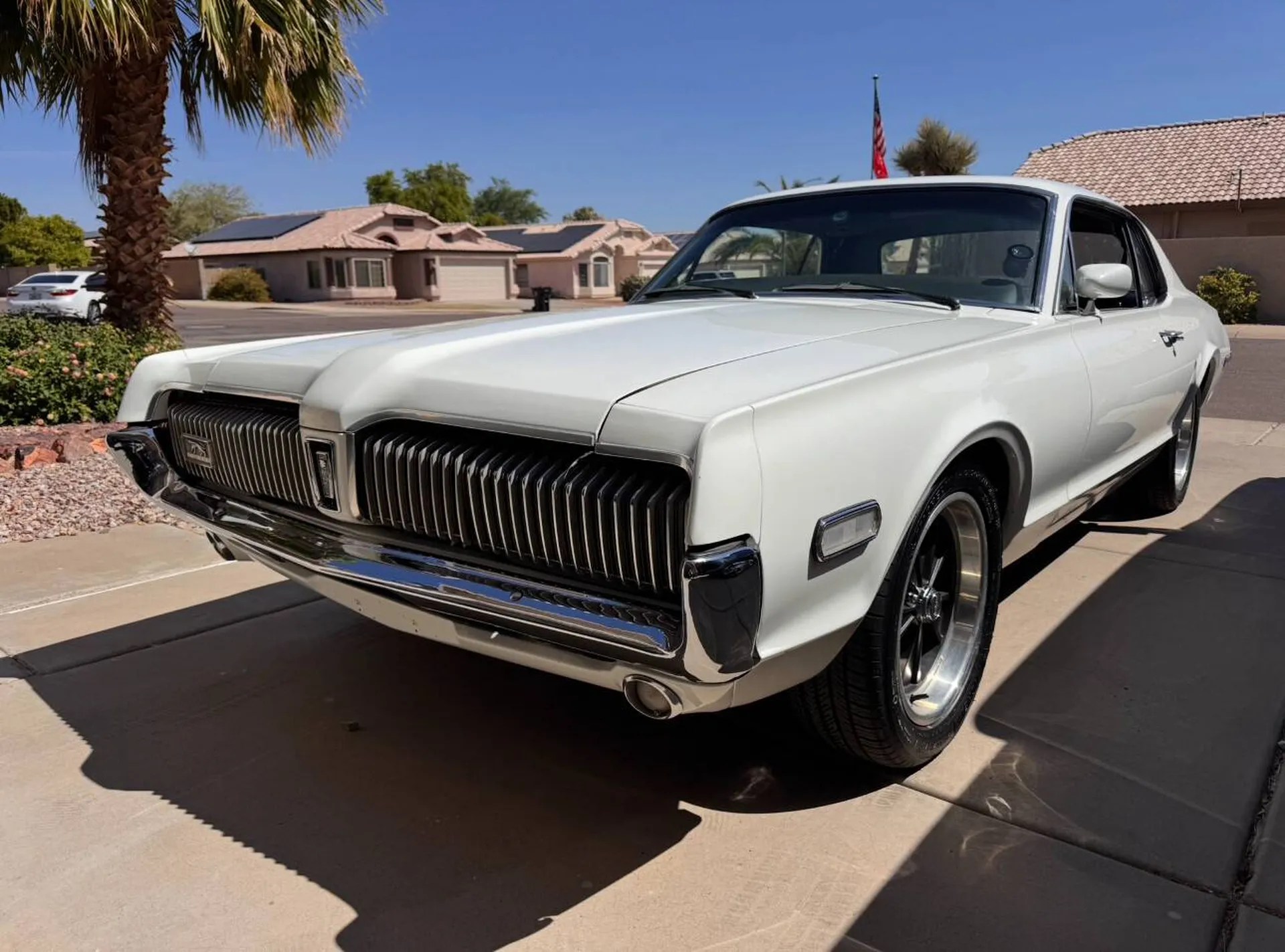
The 1968 Mercury Cougar offered two small-block engine options: the standard 200-horsepower 302 V8, and the more potent 210-horsepower 302 with a four-barrel carburetor. These small-block engines provided a solid, performance-oriented foundation for the upscale pony car, which shared its platform with the Ford Mustang but featured unique styling elements like hidden headlights, sequential turn signals, and an available luxurious XR-7 package.
While other more powerful engines were available (like the 390 or 428), the 302, which offered 325 horsepower and 427 pond-feet of torque out of the factory, provided a balance of usable power and the smooth, comfortable ride characteristic of a luxury-sport GT (Grand Touring) car.
We found this beautifully restored and upgraded 1968 Mercury Cougar, powered by a strong-running Ford Racing 302 crate engine, listed for sale on Hemmings Marketplace.
1969 Buick Skylark GS
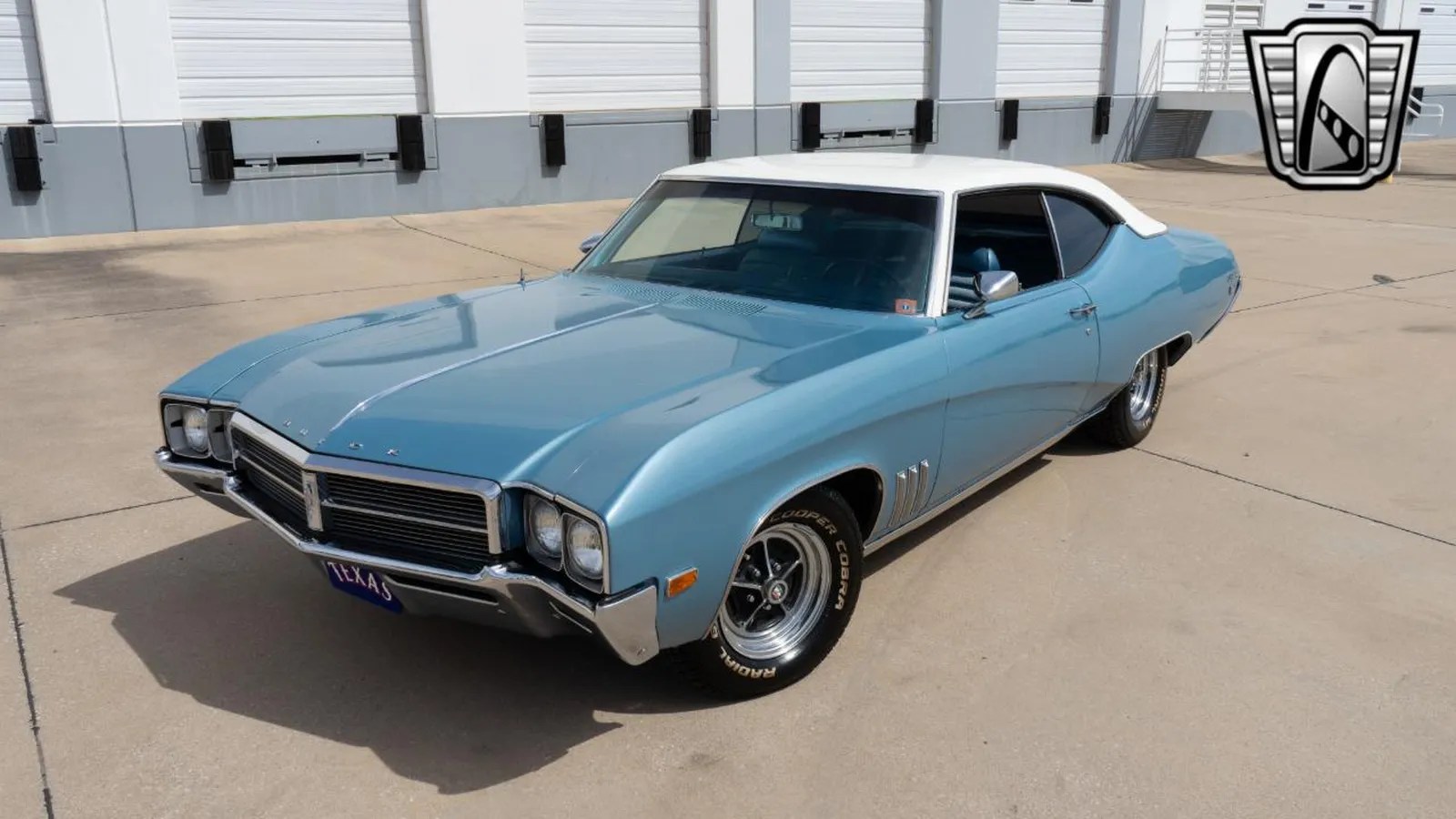
The small-block powered 1969 Buick Skylark GS represents Buick’s unique approach to the muscle car era, offering a balanced blend of power, comfort, and a sophisticated design. The small-block in these models, a successor to the earlier Buick 300 and 340 cubic-inch engines, was a unique Buick-designed 350 cubic-inch V8, known for its low-end torque, external oil pump, and distributor located in front of the engine. When equipped with the three-speed manual gearbox, the 350 cubic-inch V8 produced 280 horsepower and 375 pound-feet of torque.
While not a top-tier muscle car like the GS 455, the 350 V8 offered a significant performance upgrade over the base Skylark’s inline-six and it was considered a good performer for its day. This 350 V8-powered 1969 Buick Skylark Custom listed on Hemmings Marketplace is a blend of aesthetic appeal and robust performance making it an outstanding choice for any classic car enthusiast or collector.
1972 Oldsmobile Cutlass
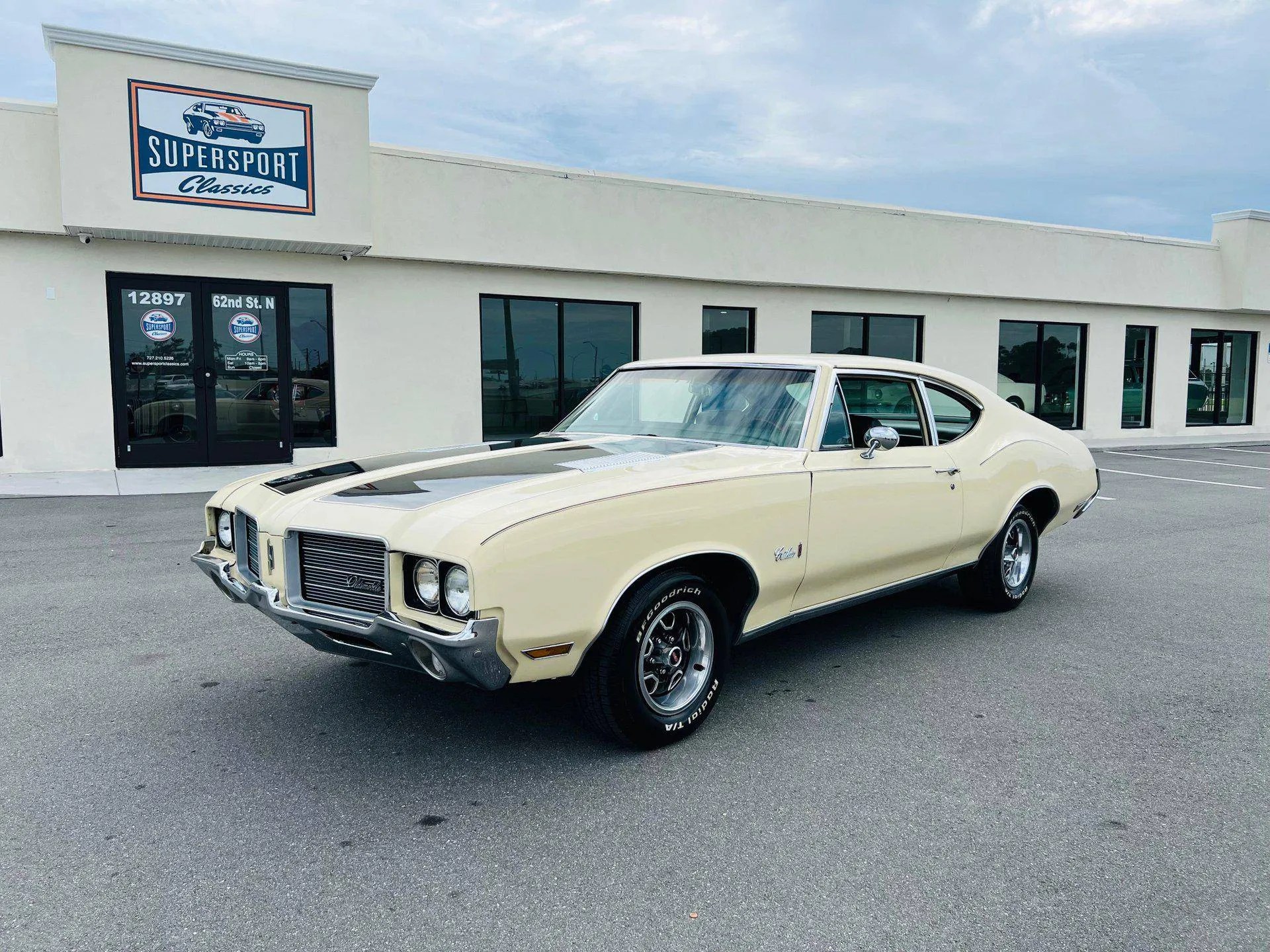
The 1972 Oldsmobile Cutlass with a small-block engine was a popular option, featuring a 350-cubic-inch V8 that provided a good balance of performance and efficiency for its time, making it a great cruiser and a fun car to drive. These cars were part of the final year of the third-generation Cutlass, offering classic styling with a range of available body styles, transmissions, and options like factory air conditioning and performance upgrades. While not as powerful as the big-block 455 models, the 350 offered a smooth, responsive powerband and was a well-loved alternative, especially in the Cutlass S and base models.
The 1972 Oldsmobile Cutlass featured the Rocket 350 V8, with two main power configurations: a base model with a two-barrel carburetor producing 160 or 180 horsepower and 275 pound-feet of torque (like this restored example), and an optional upgrade with a four-barrel carburetor and dual exhausts, boosting output to 200 horsepower and 300 pound-feet of torque. Check out an excellent example of the four-barrel carb equipped model at this link.
1972 Plymouth Duster 340
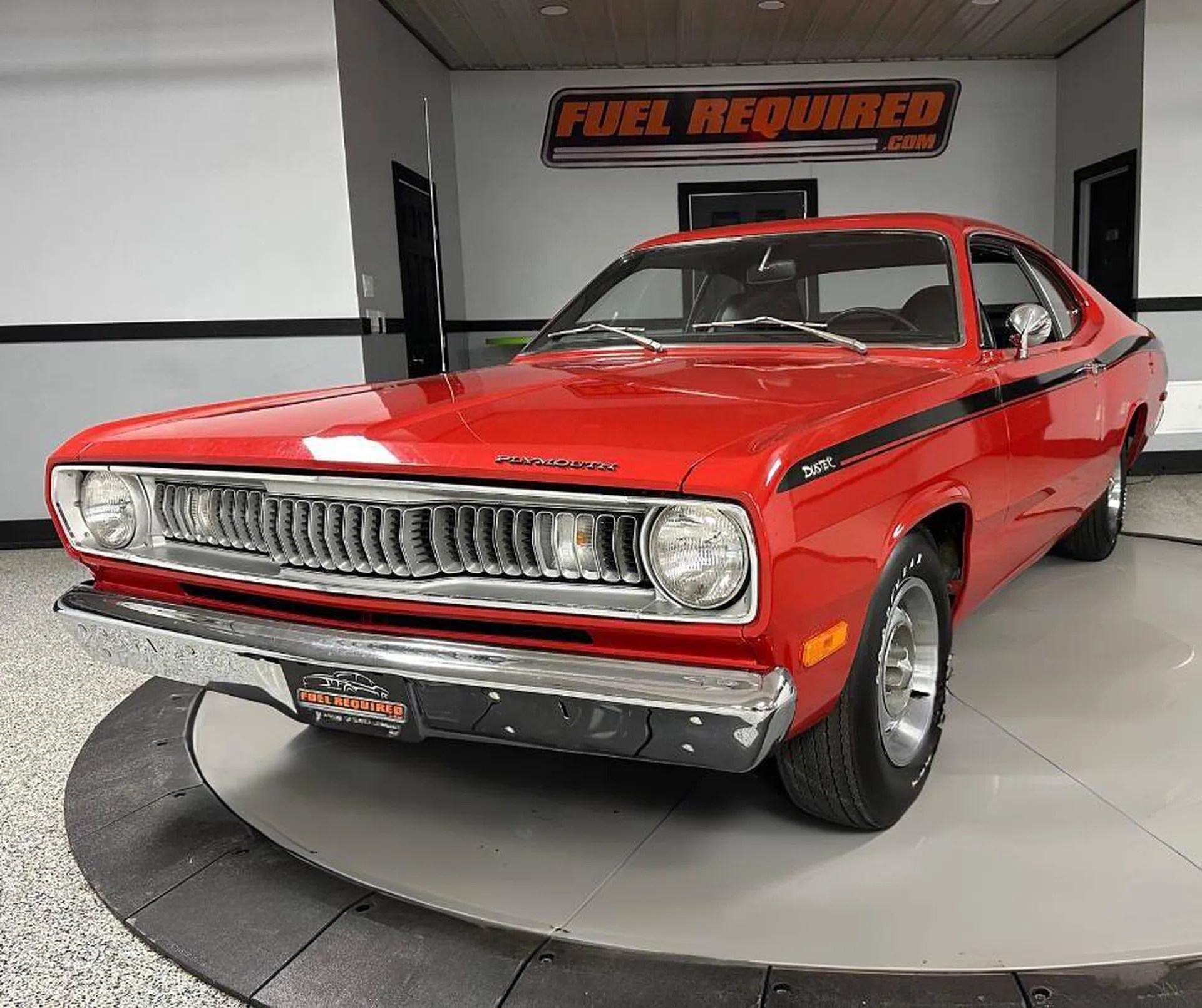
The 1972 Plymouth Duster was a popular, budget-friendly muscle car that offered performance and style at an affordable price, featuring a lightweight, fastback design based on the A-body platform. The high-performance Duster 340 model was the most desirable, packing a 340 cubic inch small-block V8 engine producing around 275 horsepower, delivering strong performance that could challenge larger muscle cars.
This exceptional 1972 Plymouth Duster 340 is described as a true survivor that embodies the spirit of American muscle. This all-original car features a matching-numbers drivetrain paired with a four-speed manual transmission. Get a closer look on Hemmings Marketplace.
1973 Ford Maverick Grabber
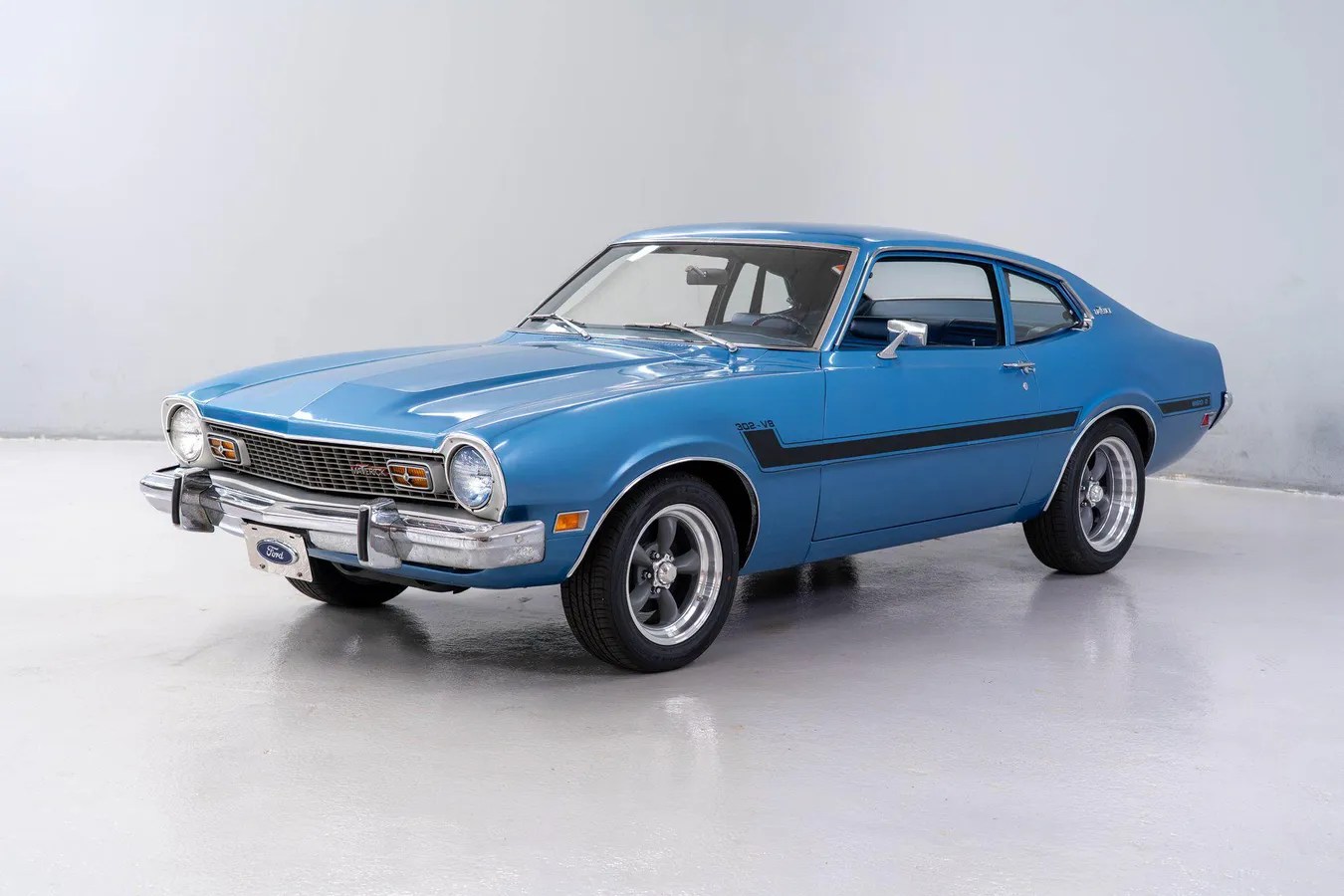
The 1973 Ford Maverick Grabber, powered by a small-block Windsor V8 (often the 302), was a sporty compact car that, while modest in stock form, became a legendary platform for drag racing and performance modification due to its light weight and tuner potential. It featured unique Grabber trim, including distinctive striping and hood scoops, and served as an affordable, reliable, and adaptable vehicle for enthusiasts during the Malaise Era.
In its original form, a 1973 Maverick Grabber with a 302 V8 was not a performance powerhouse, with a 0-60 mph time in the mid-9 seconds and a mid-16-second quarter-mile. Its true appeal lay in its potential for performance upgrades, making it a favorite for drag racers. Owners could easily install aftermarket parts to transform the car into a legitimate muscle car. This mostly original 1973 Maverick coupe is a rare, low-mileage example of the popular sedan.
The post Five Underrated Small-Block V8 Muscle Cars That Deserve More Love appeared first on The Online Automotive Marketplace.

